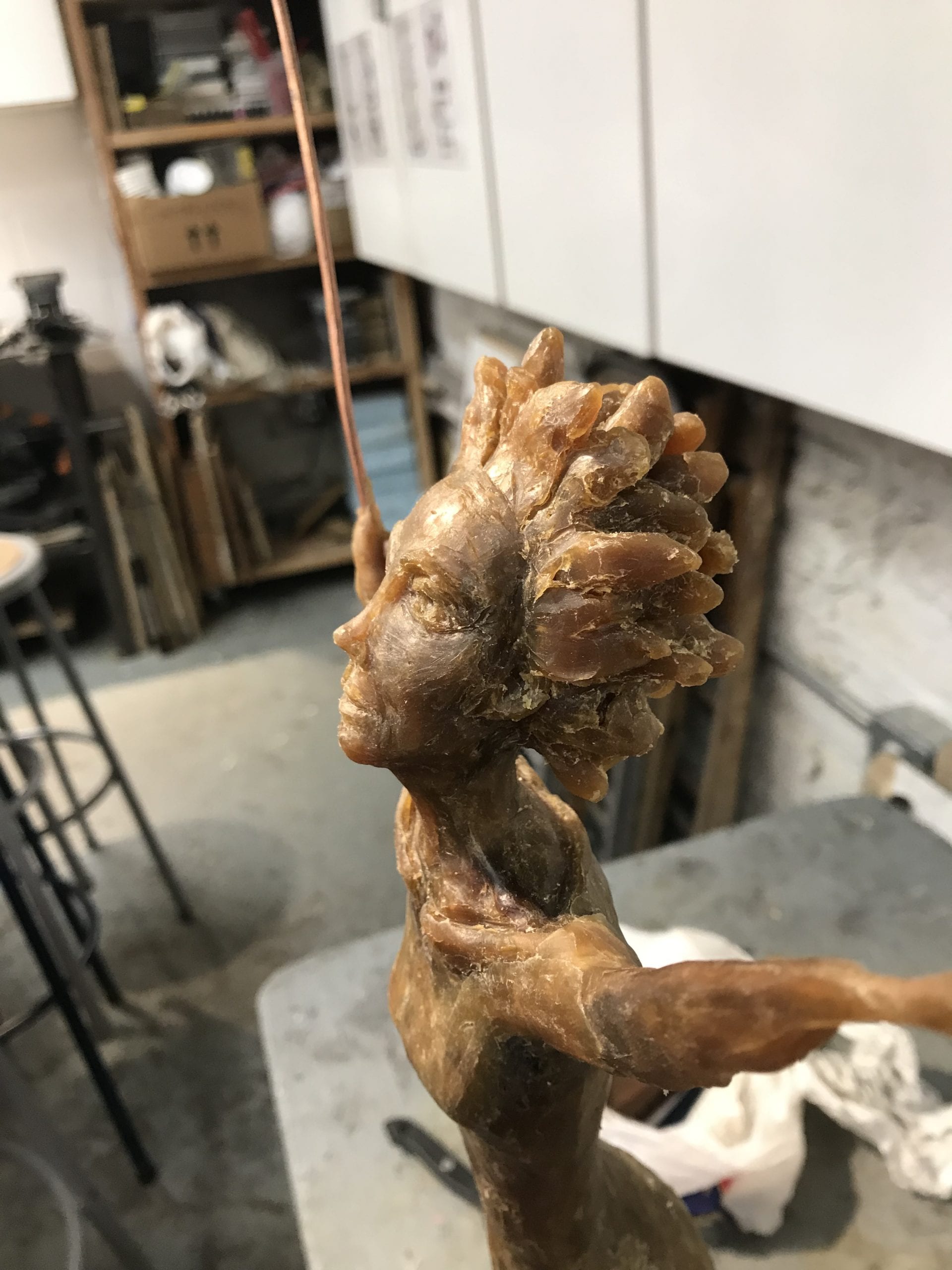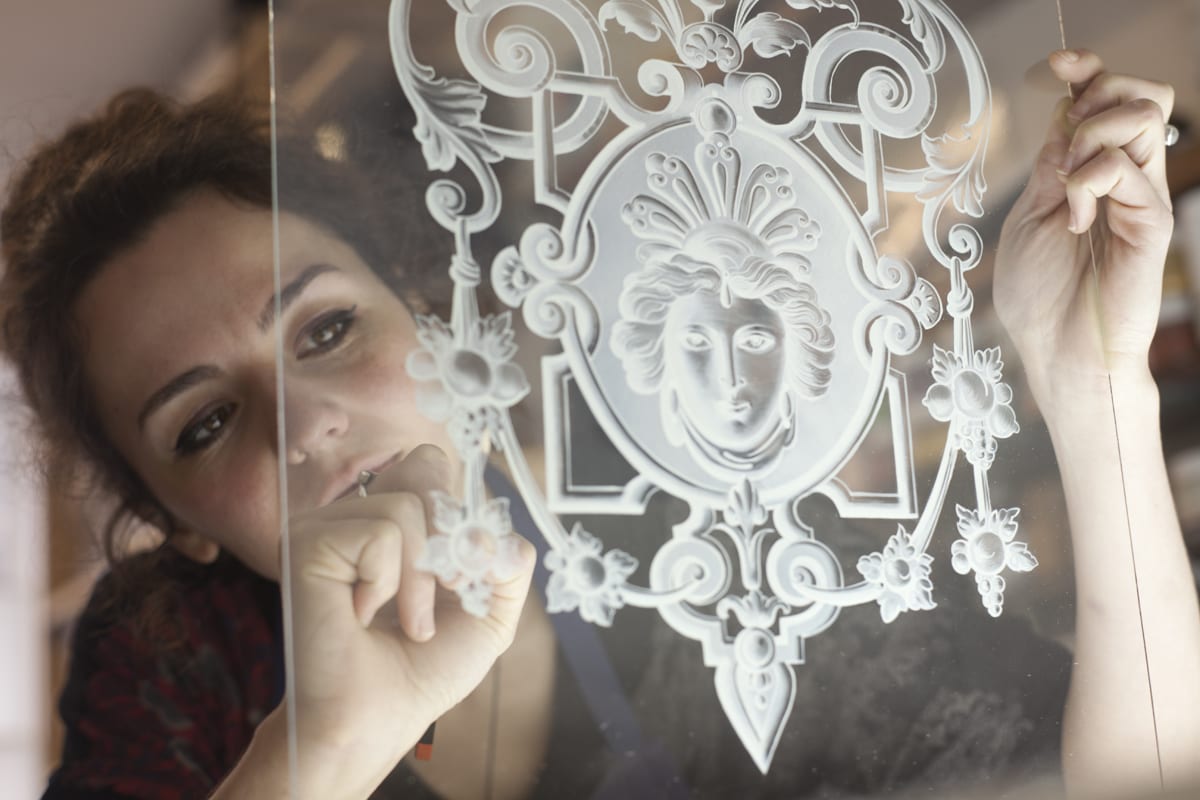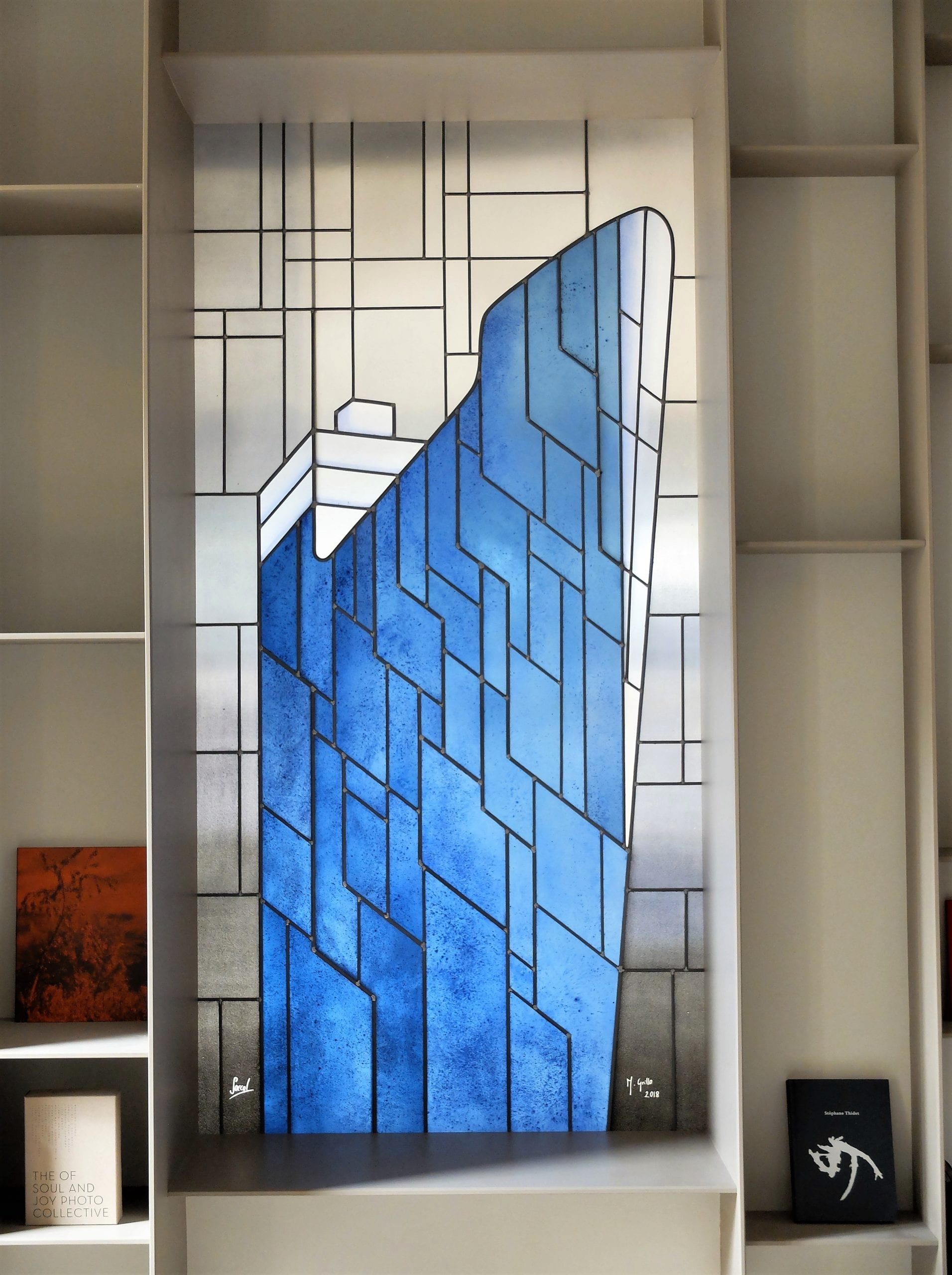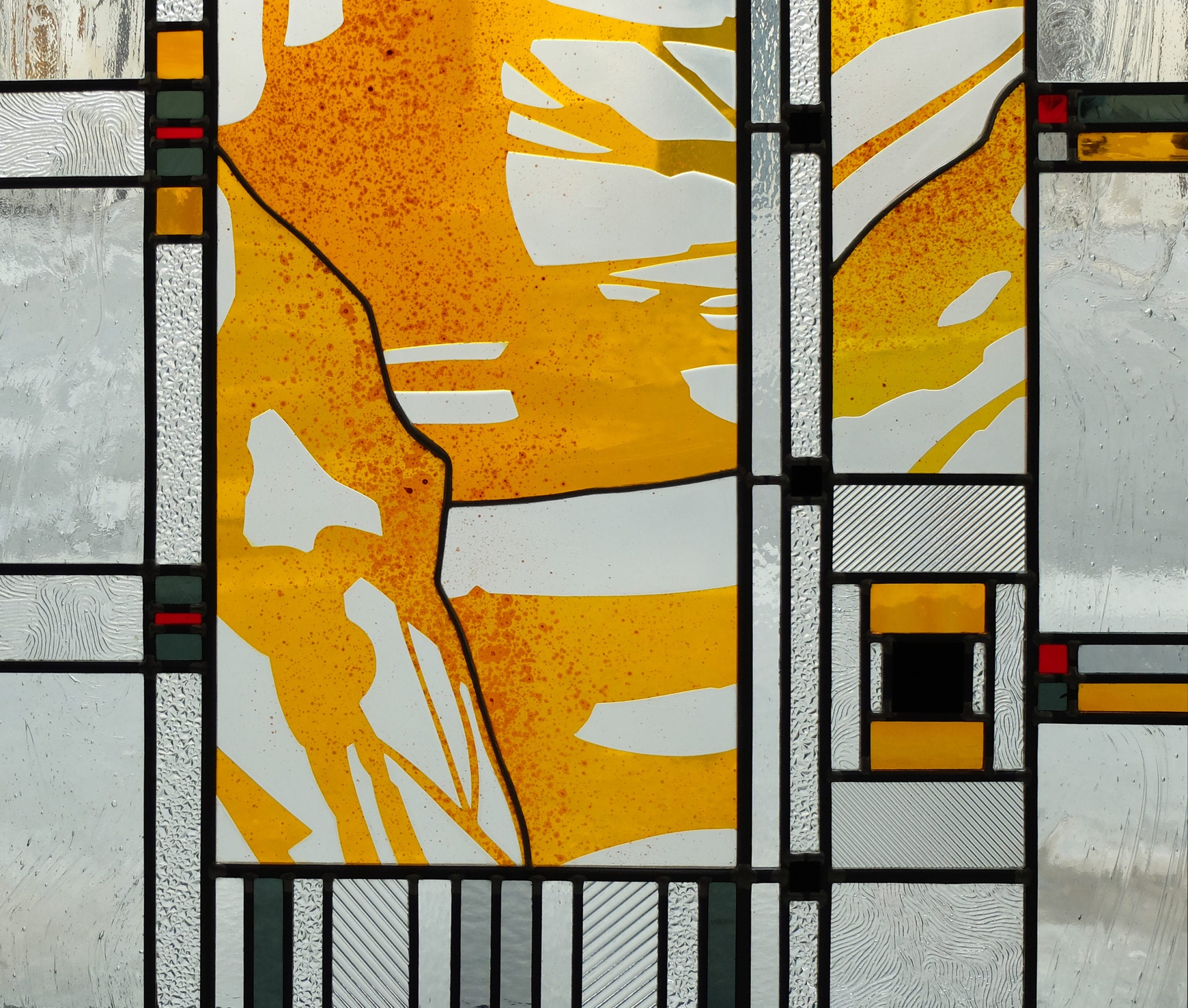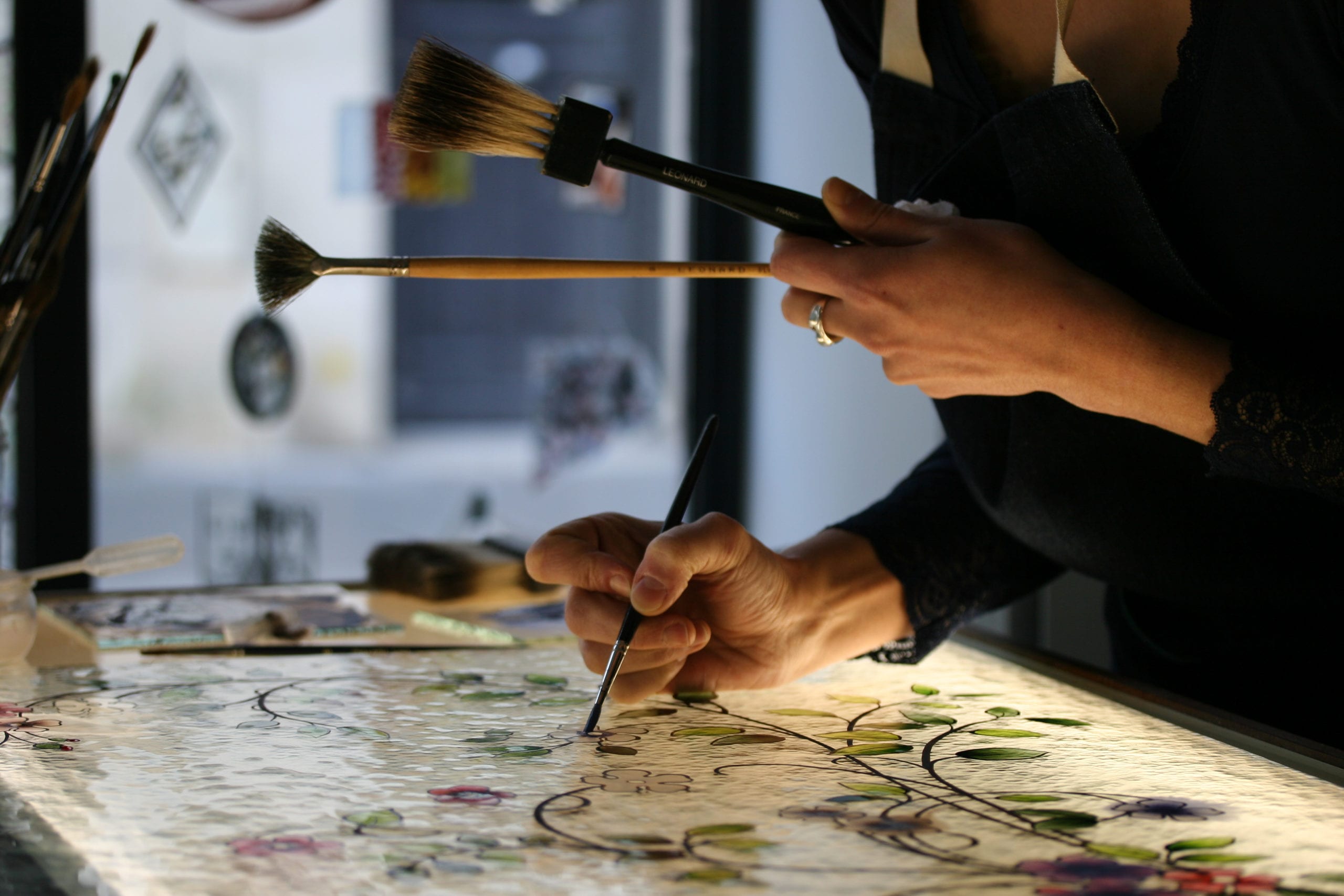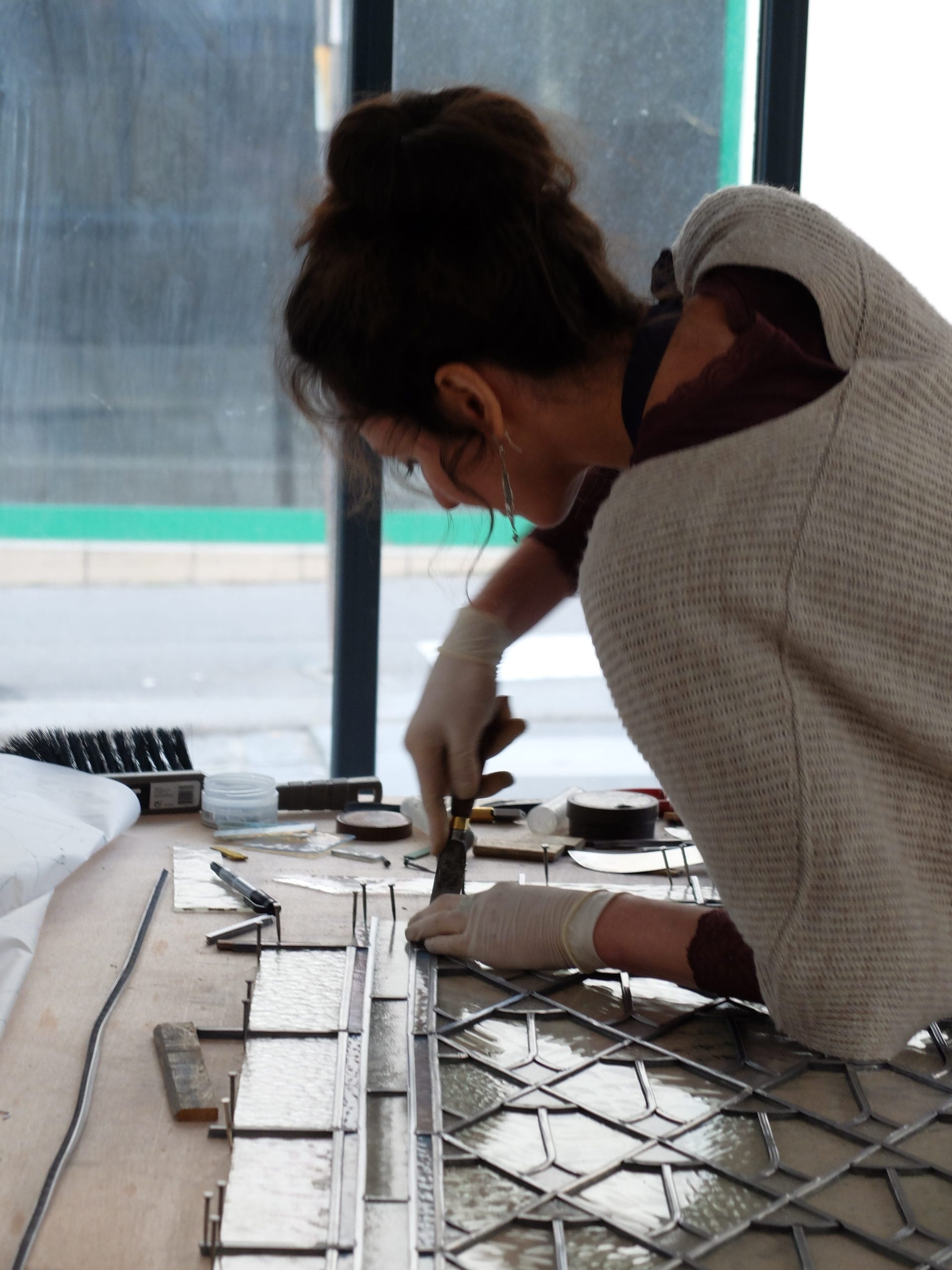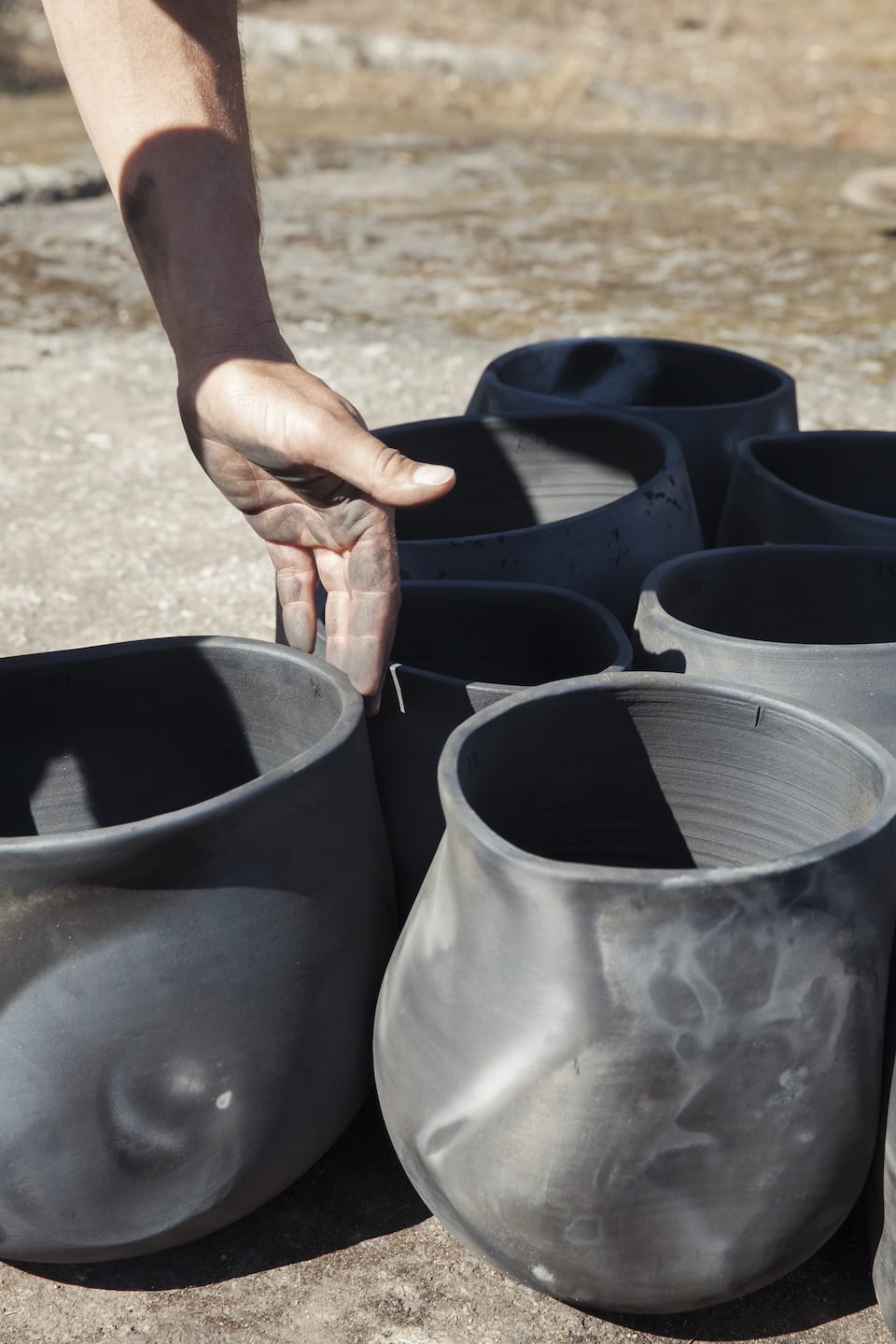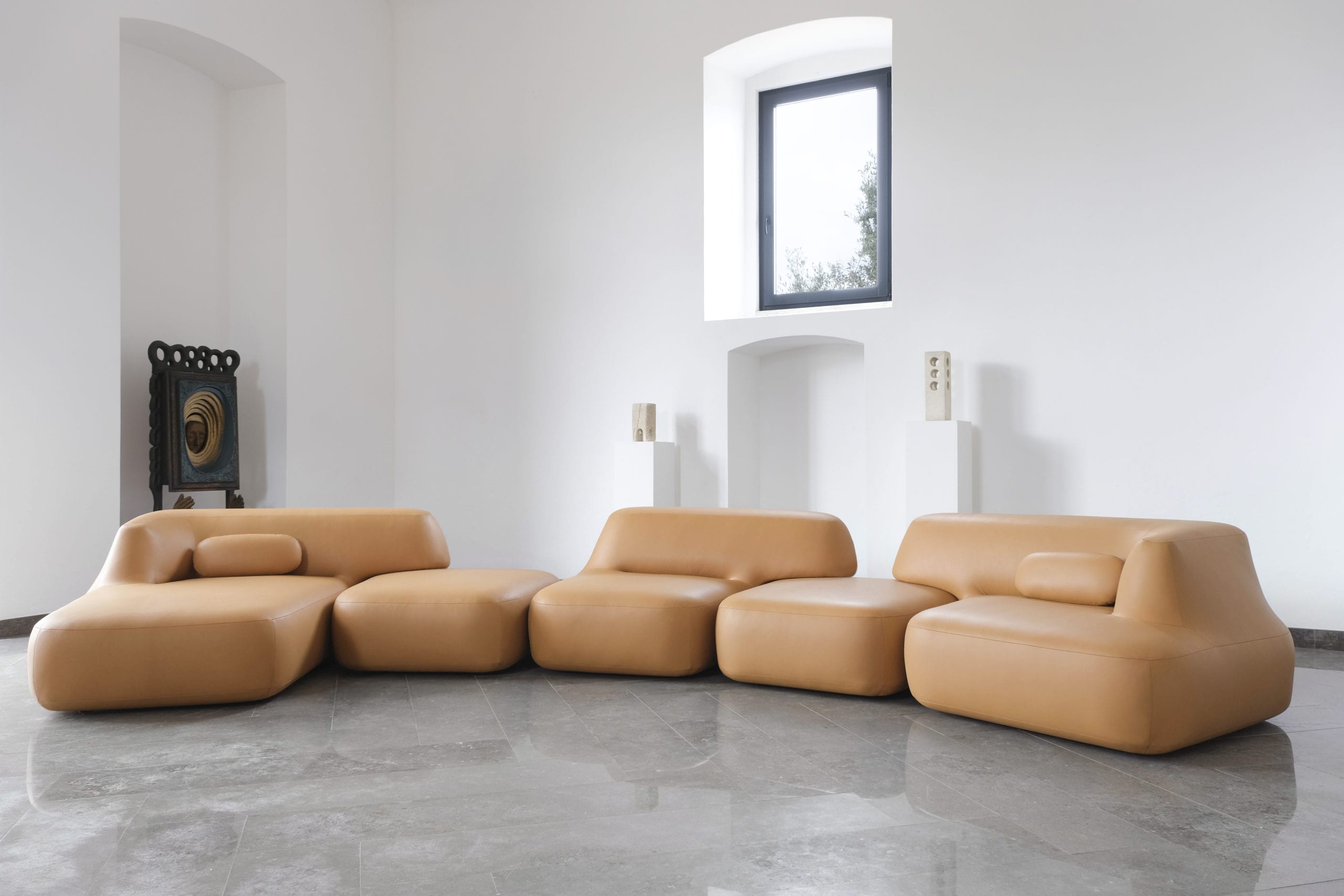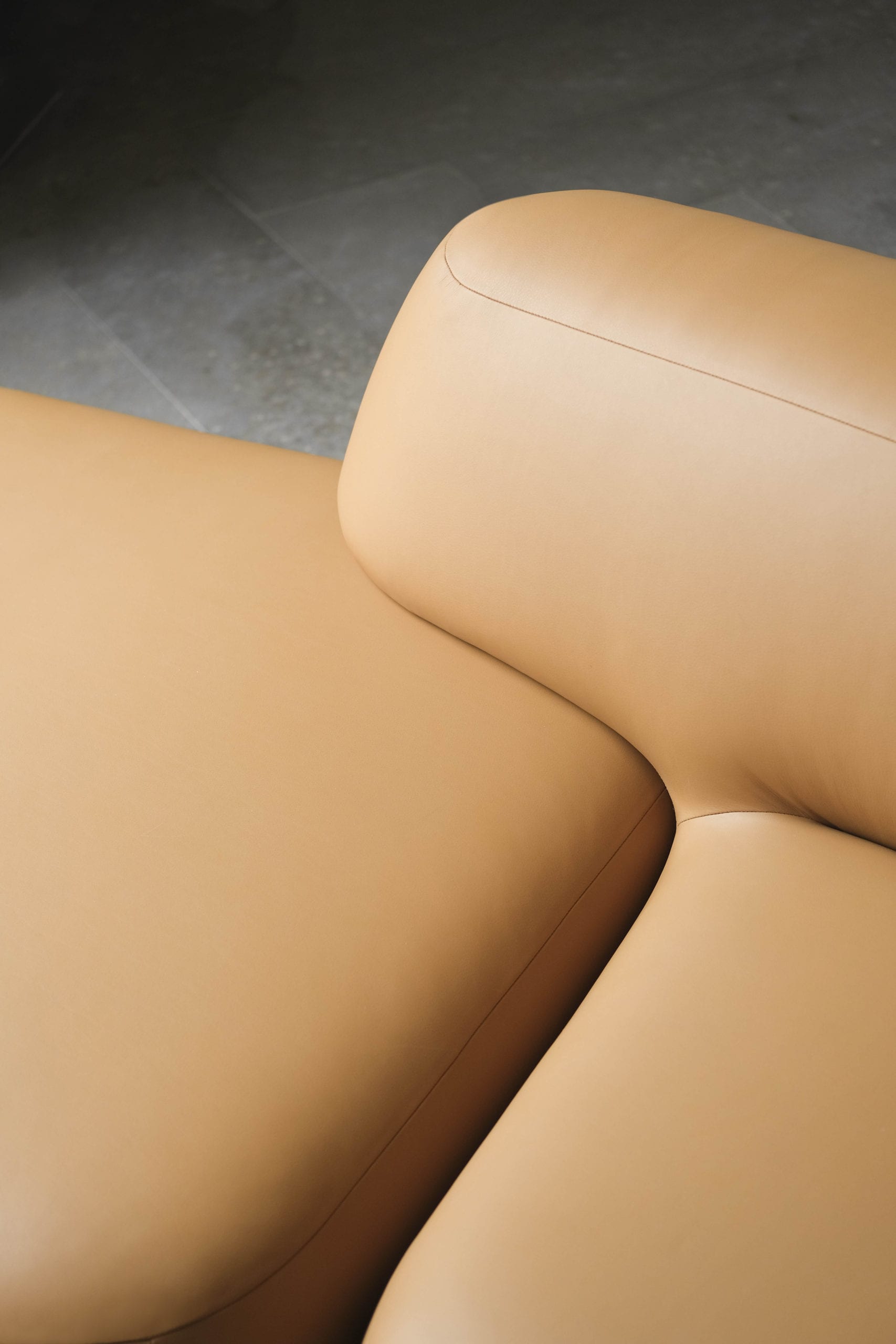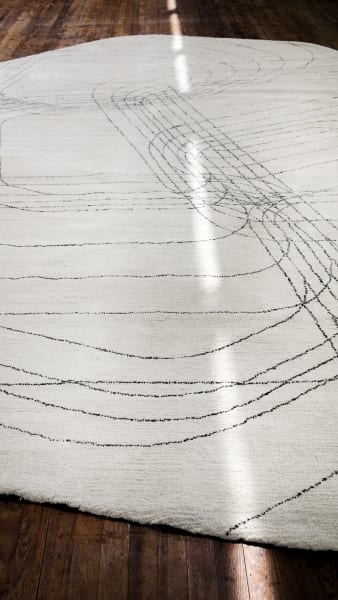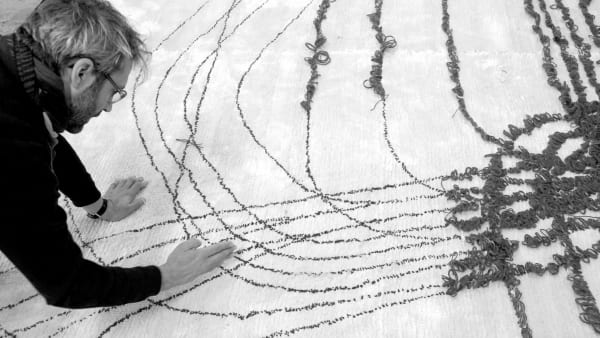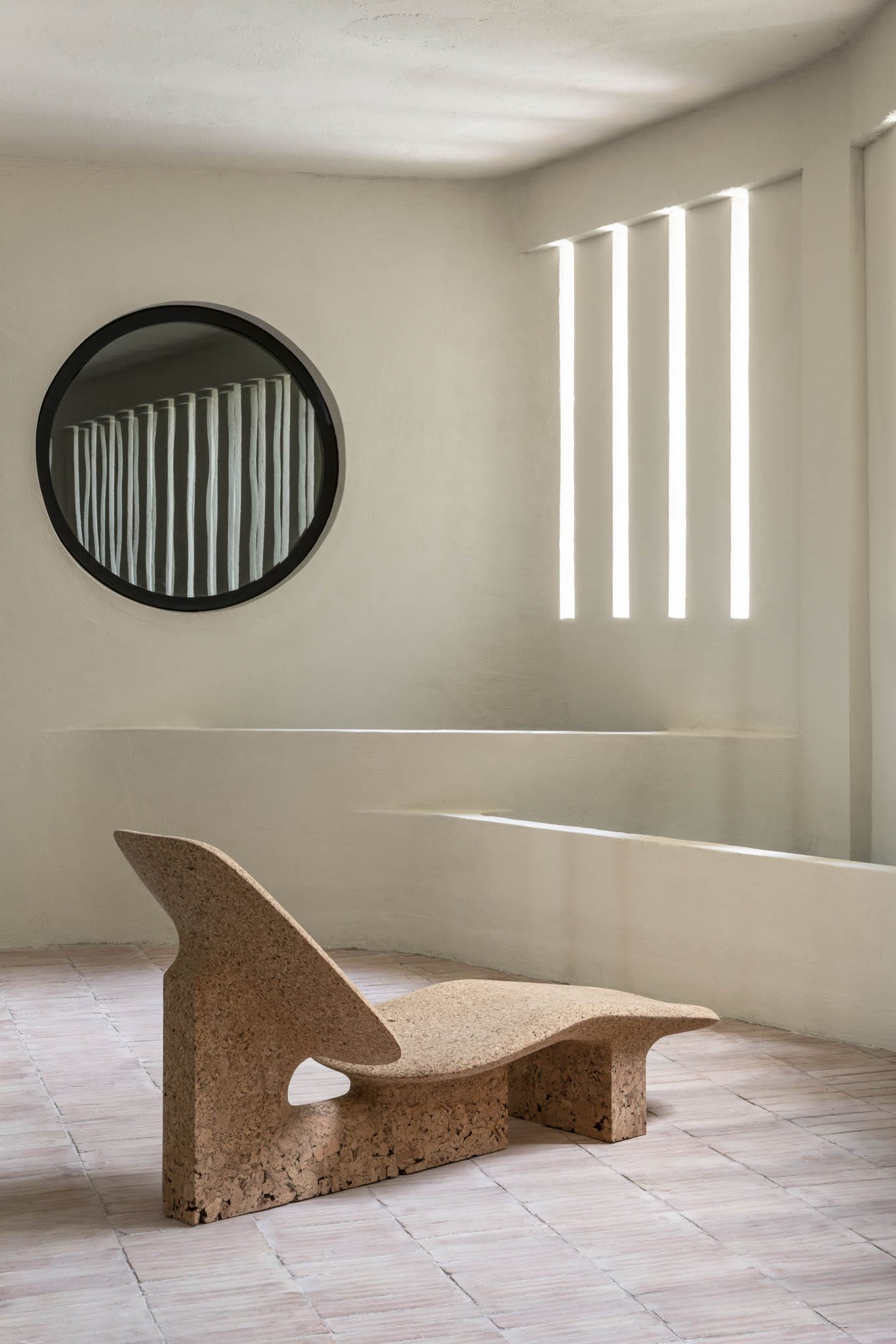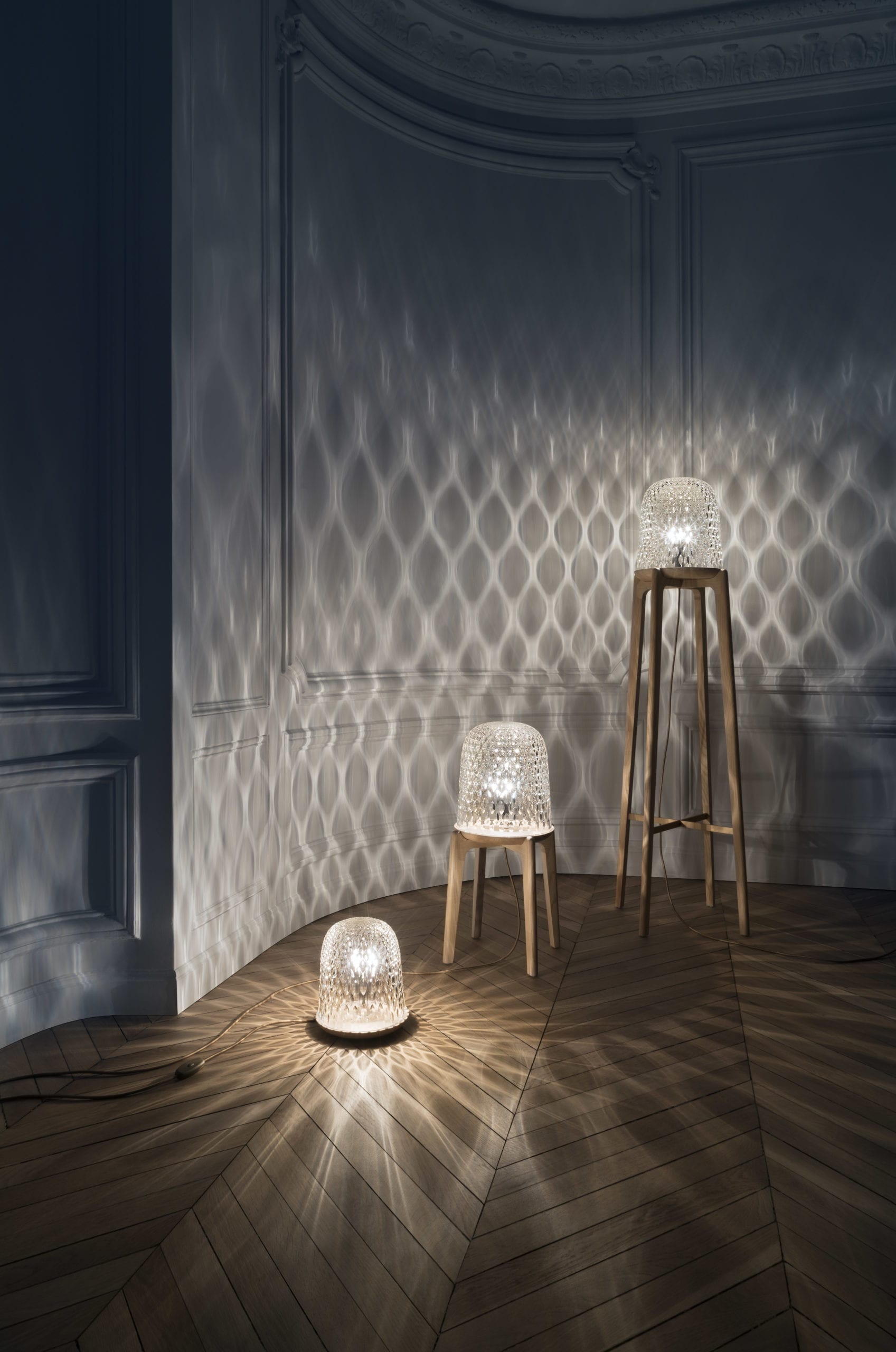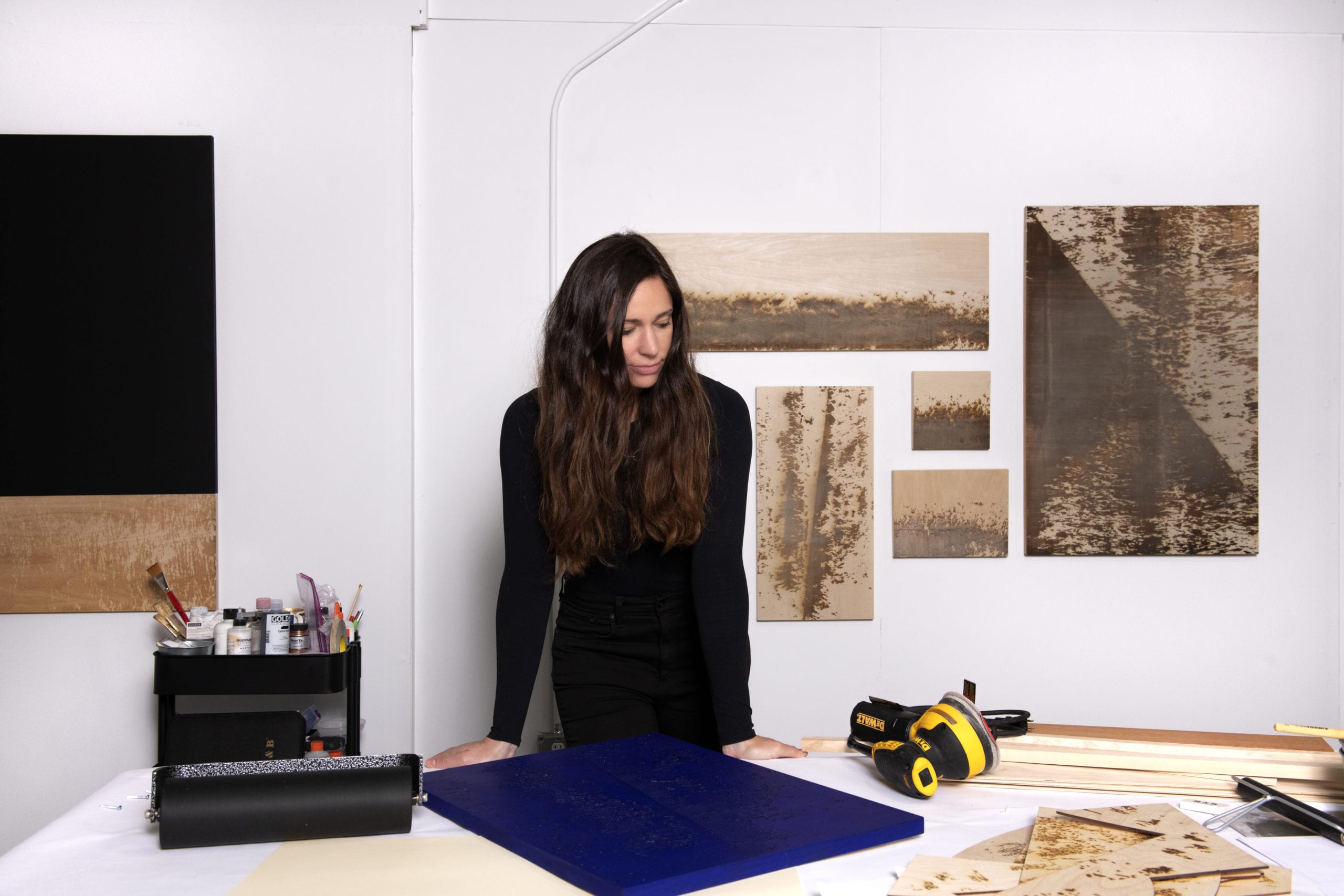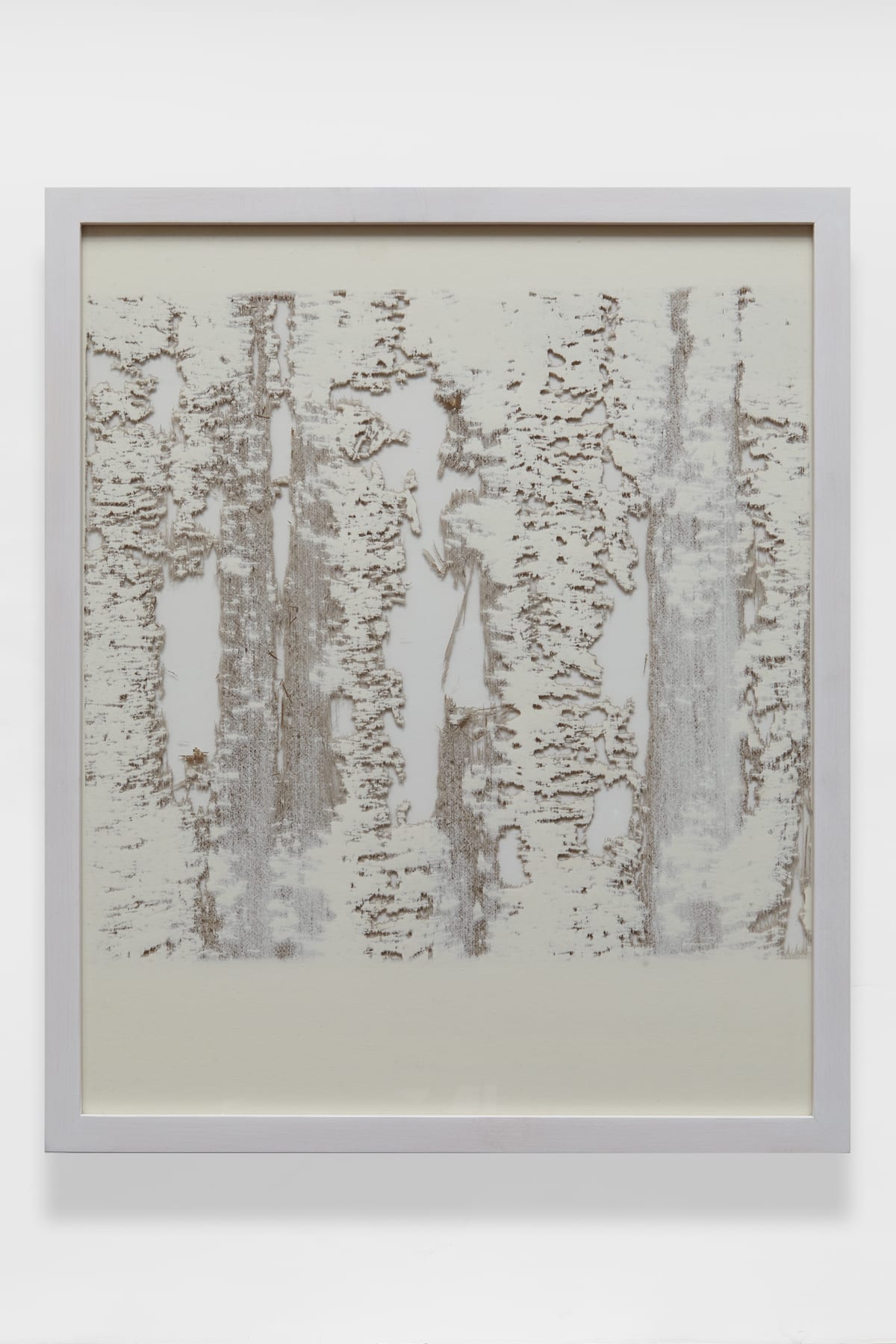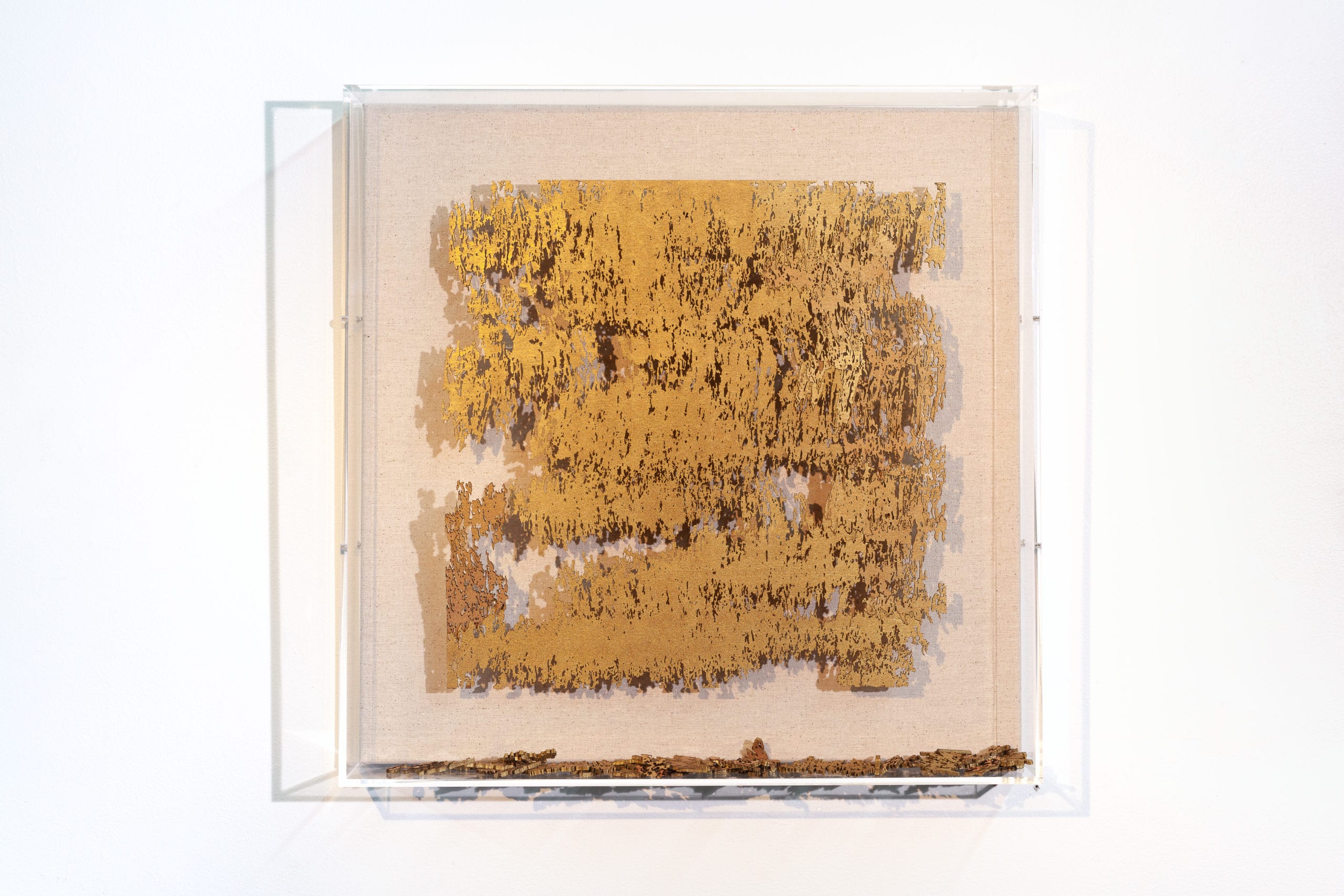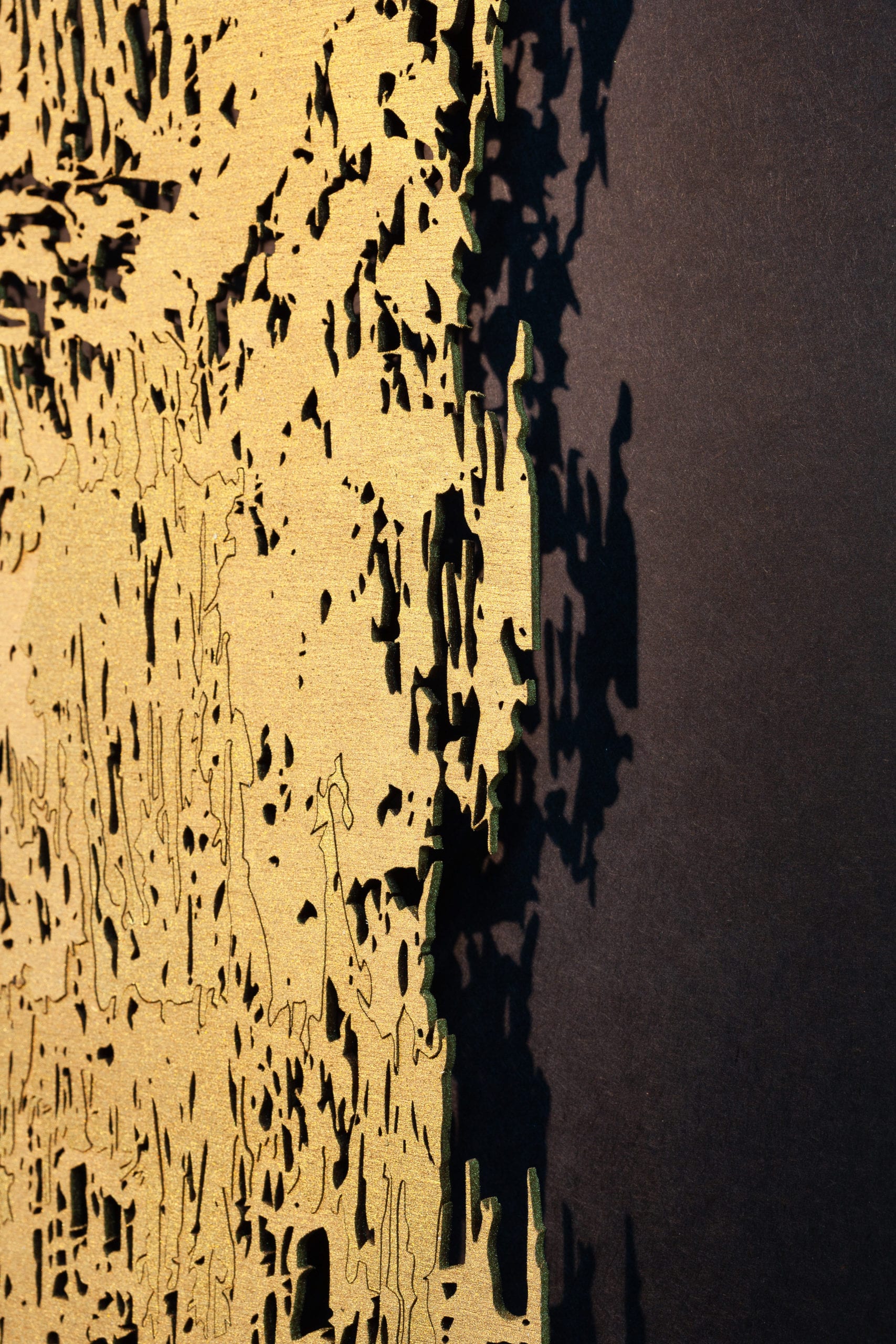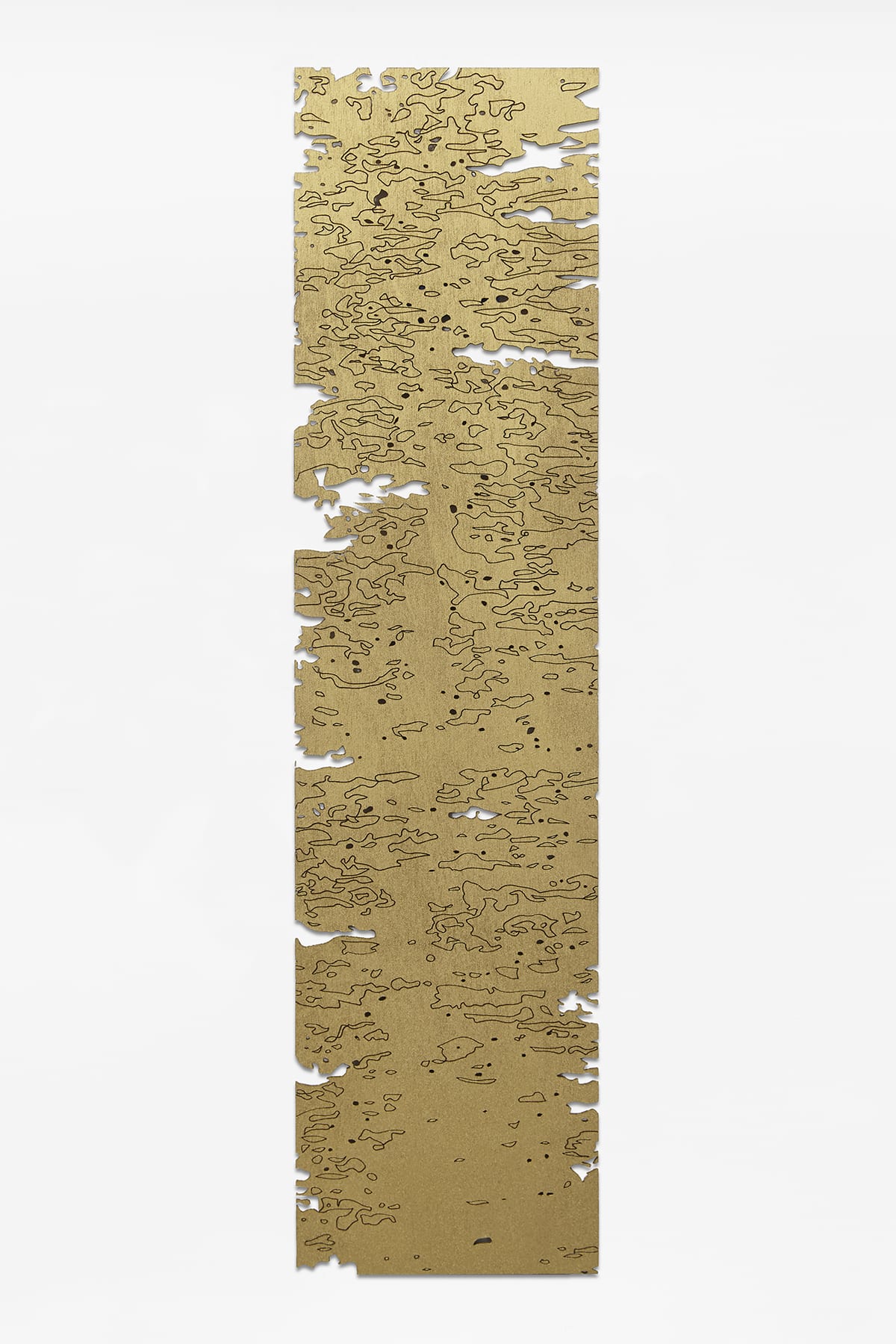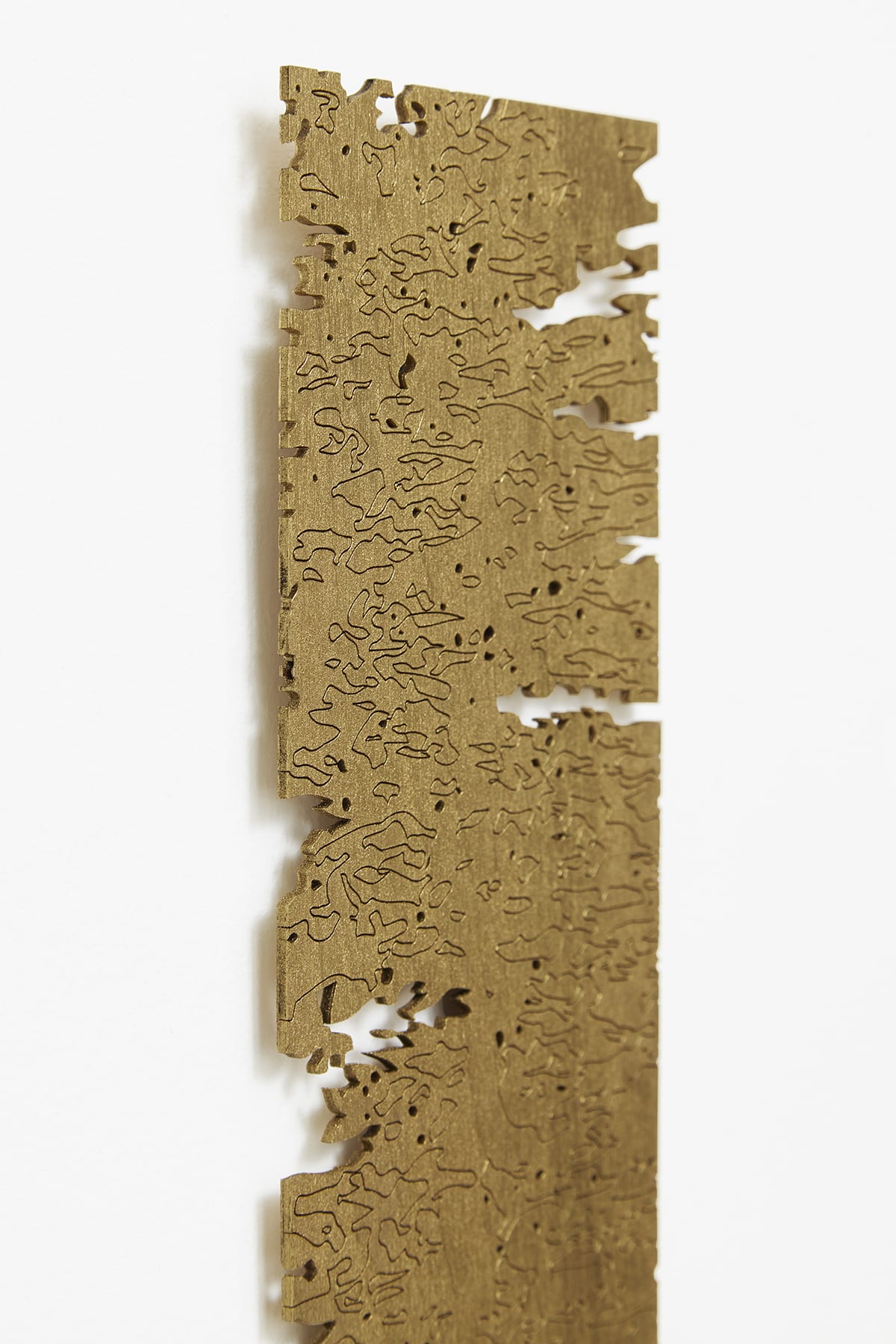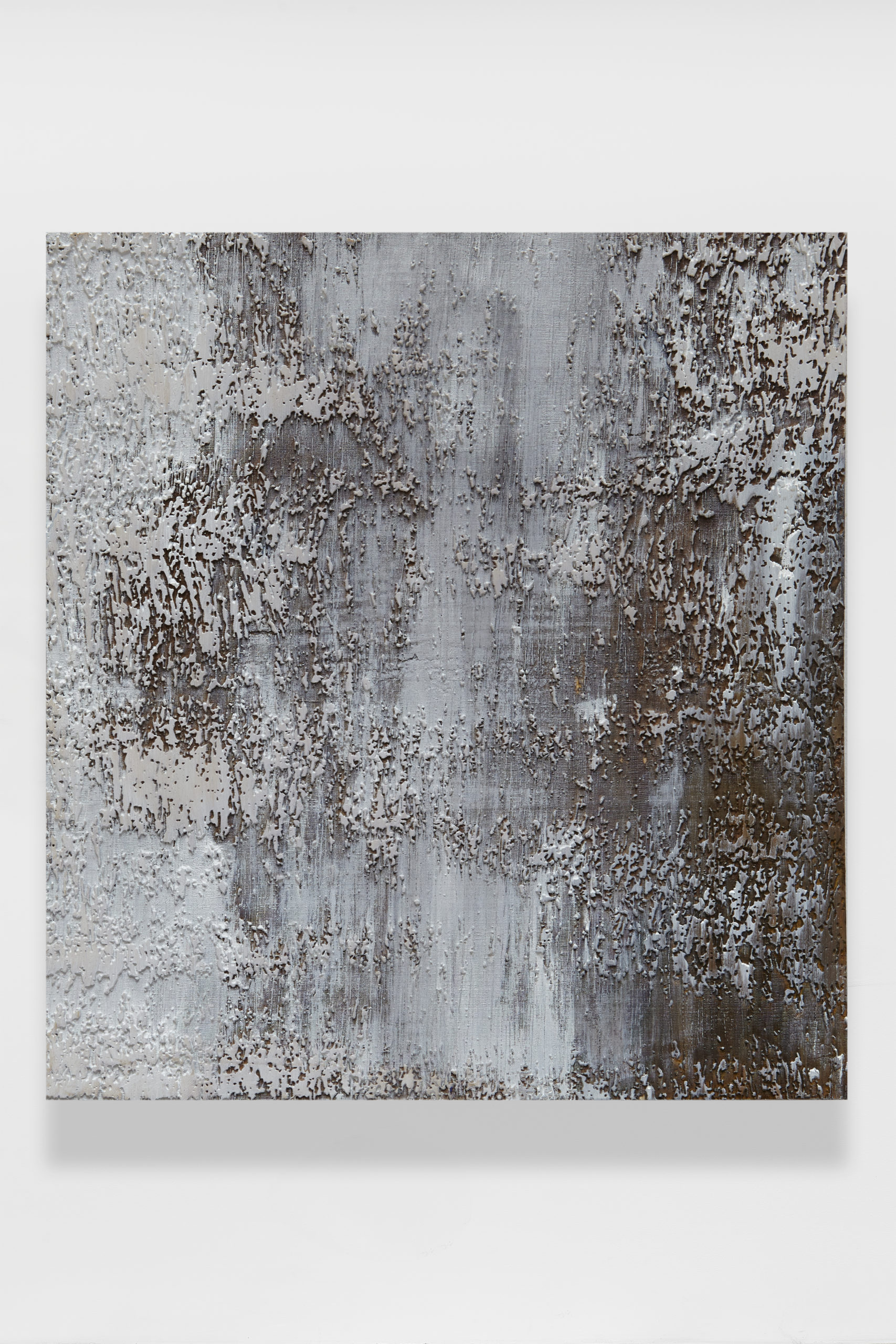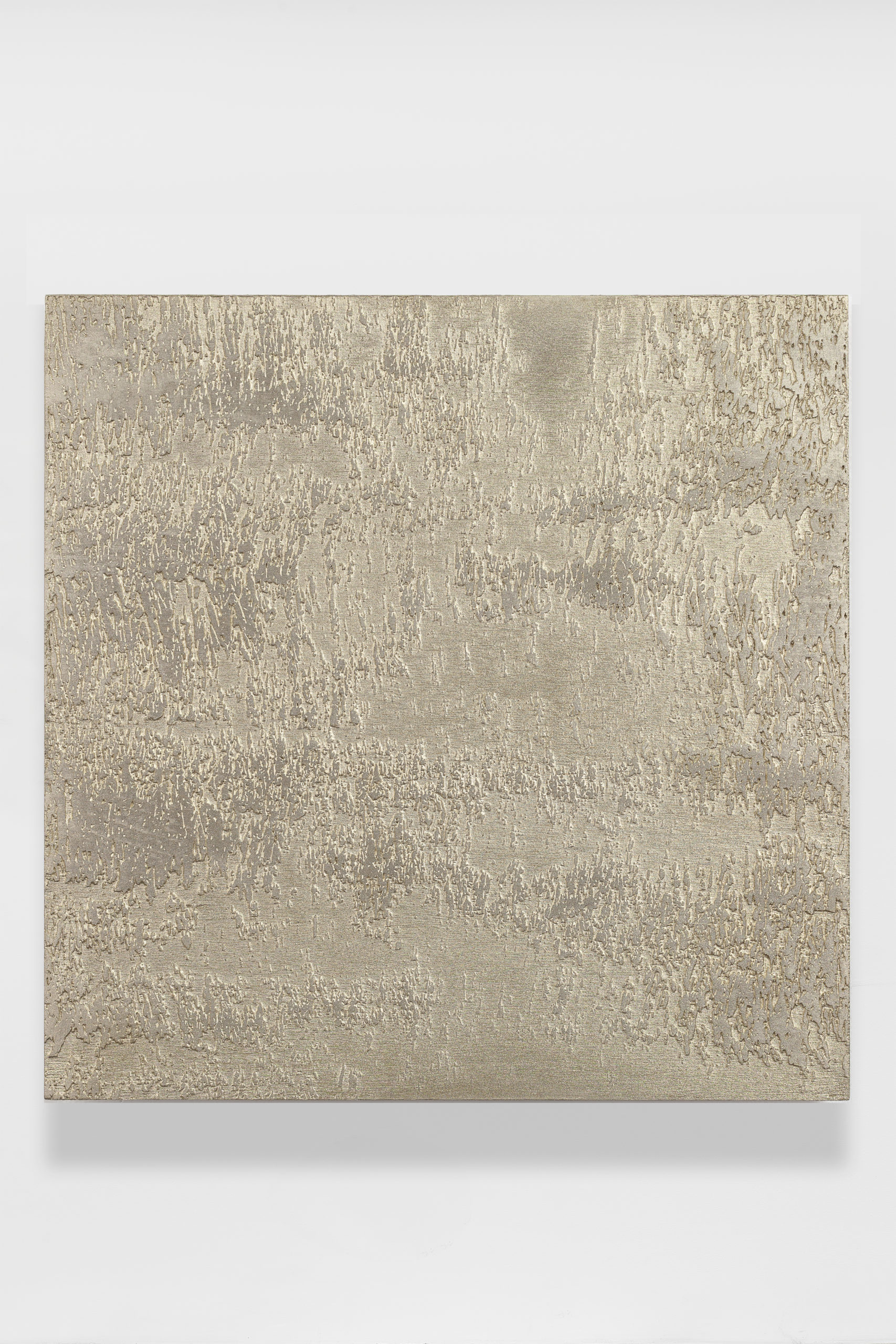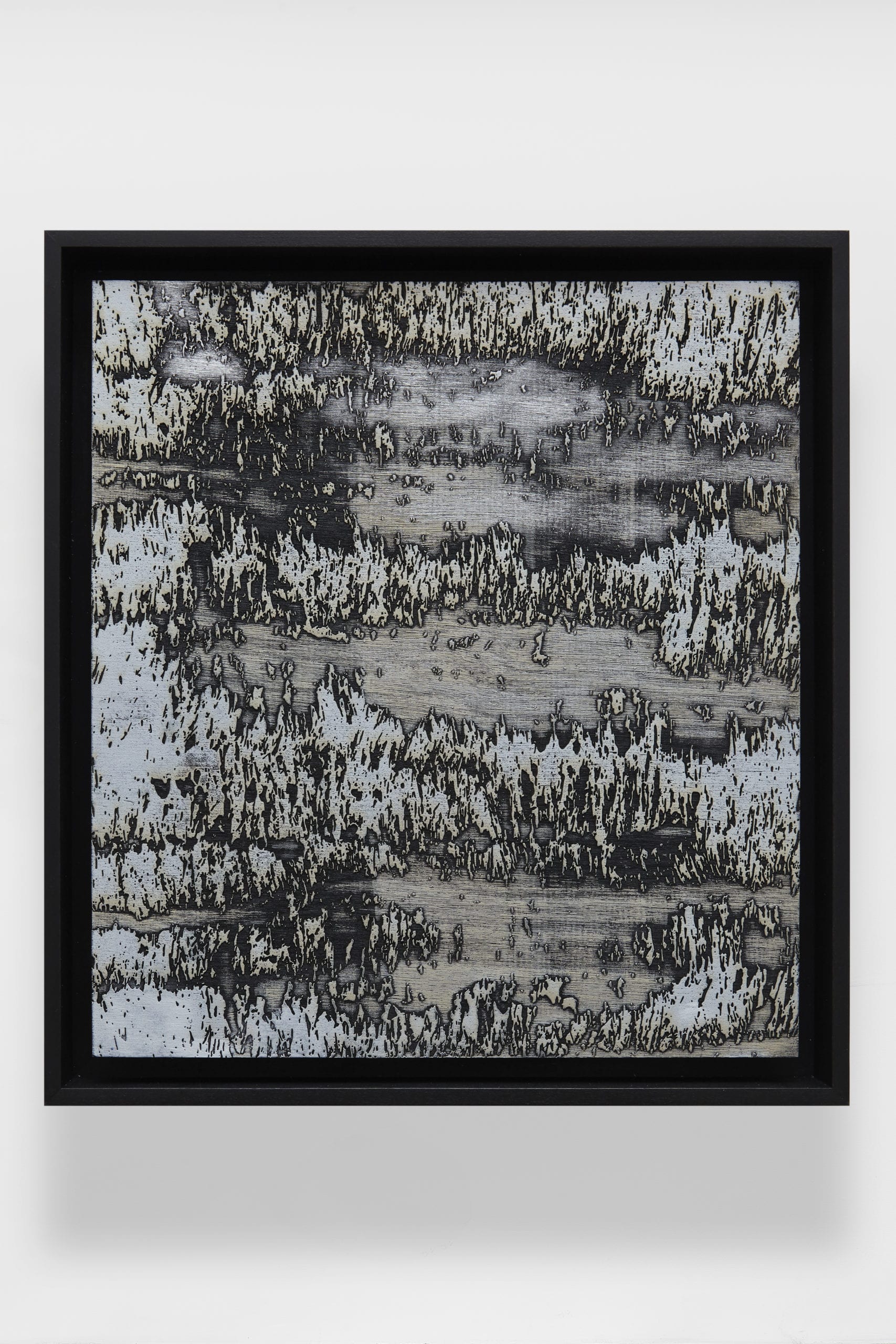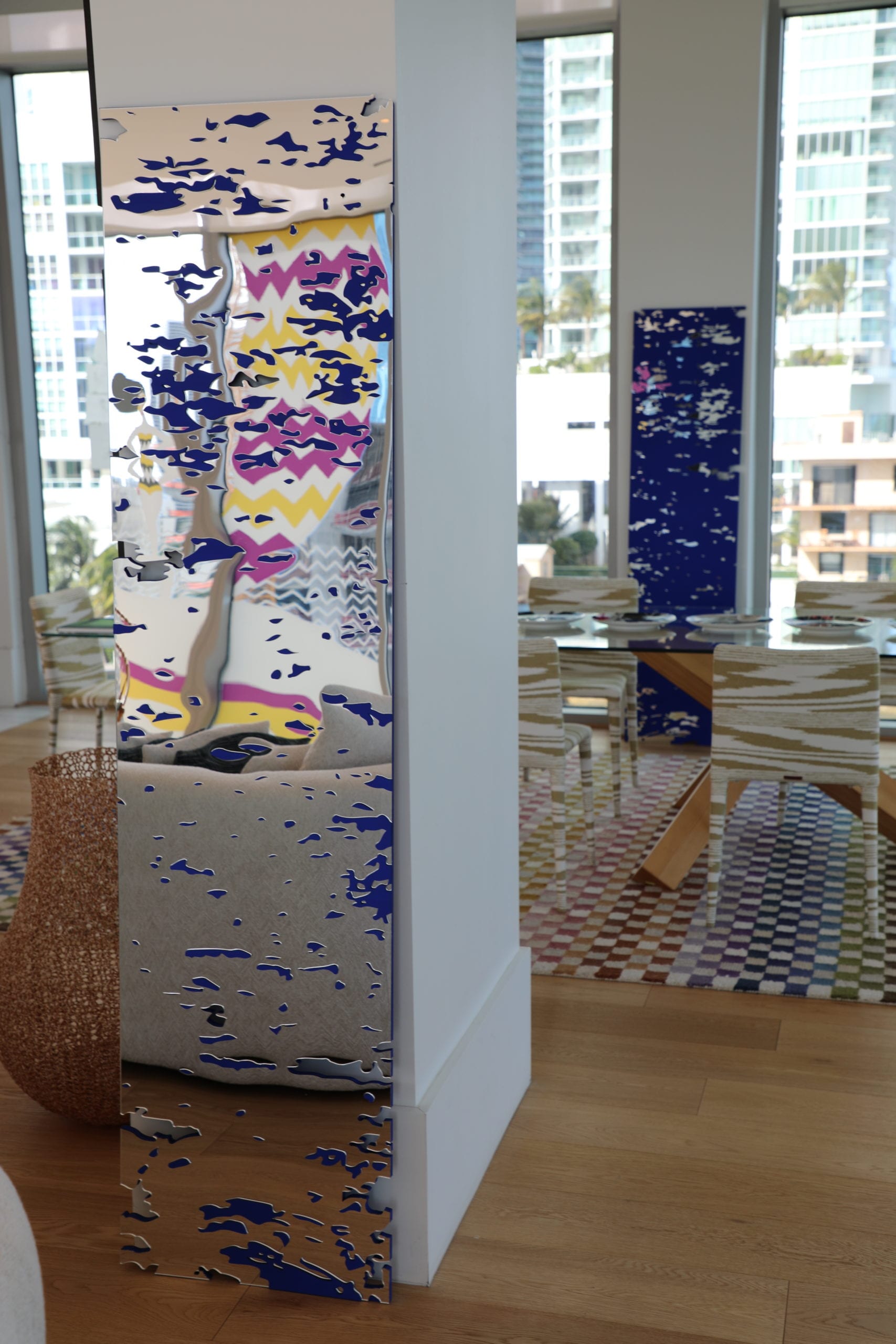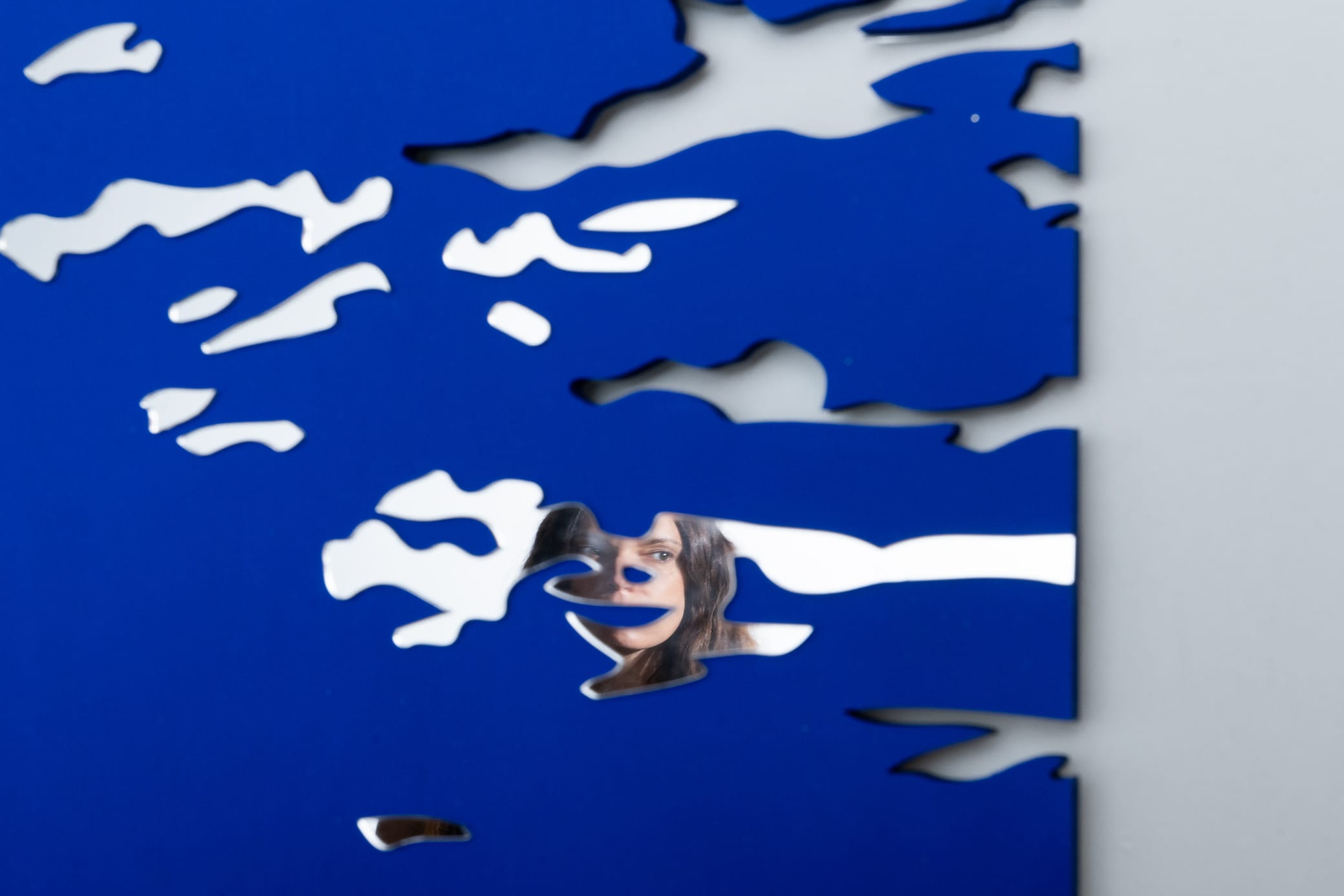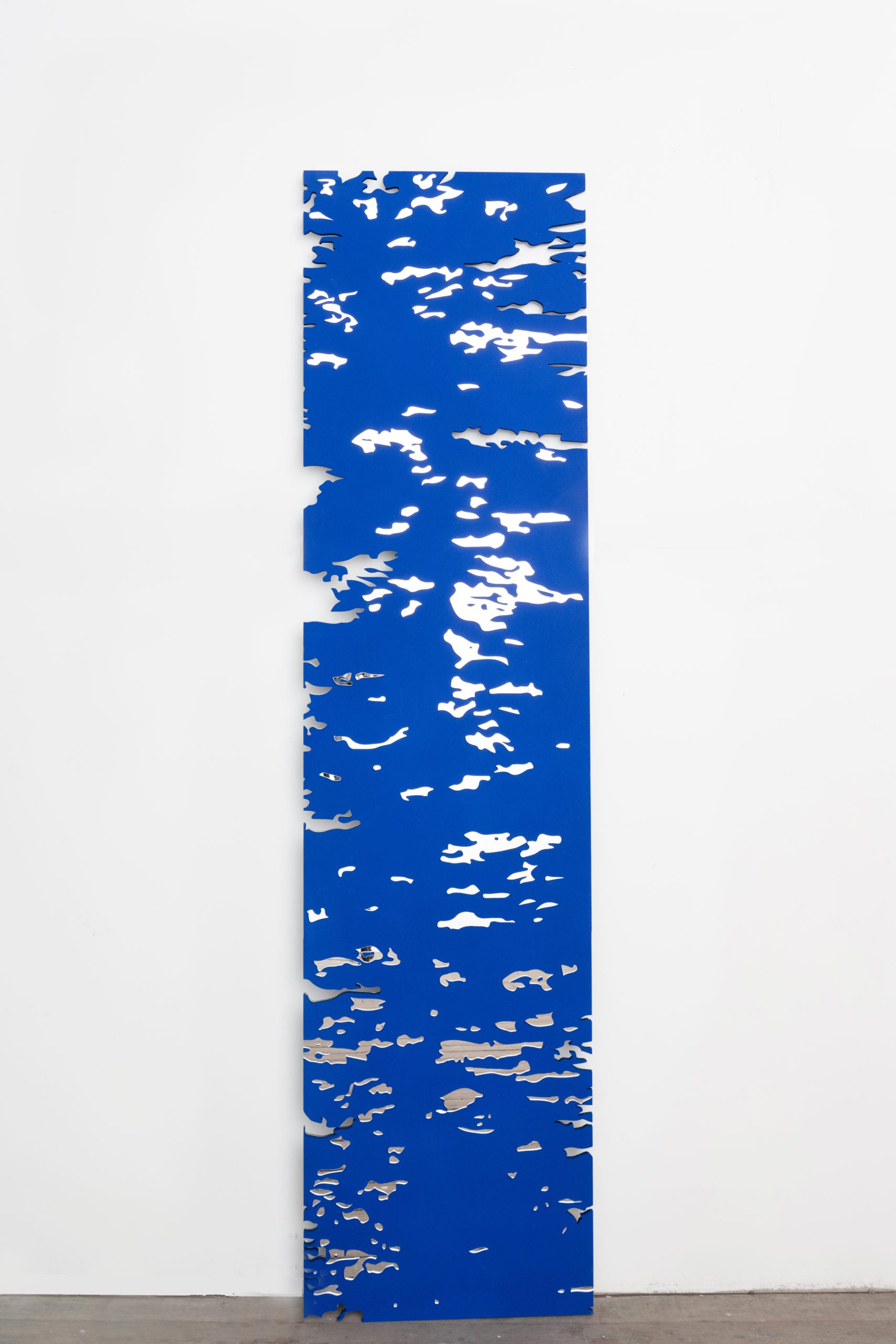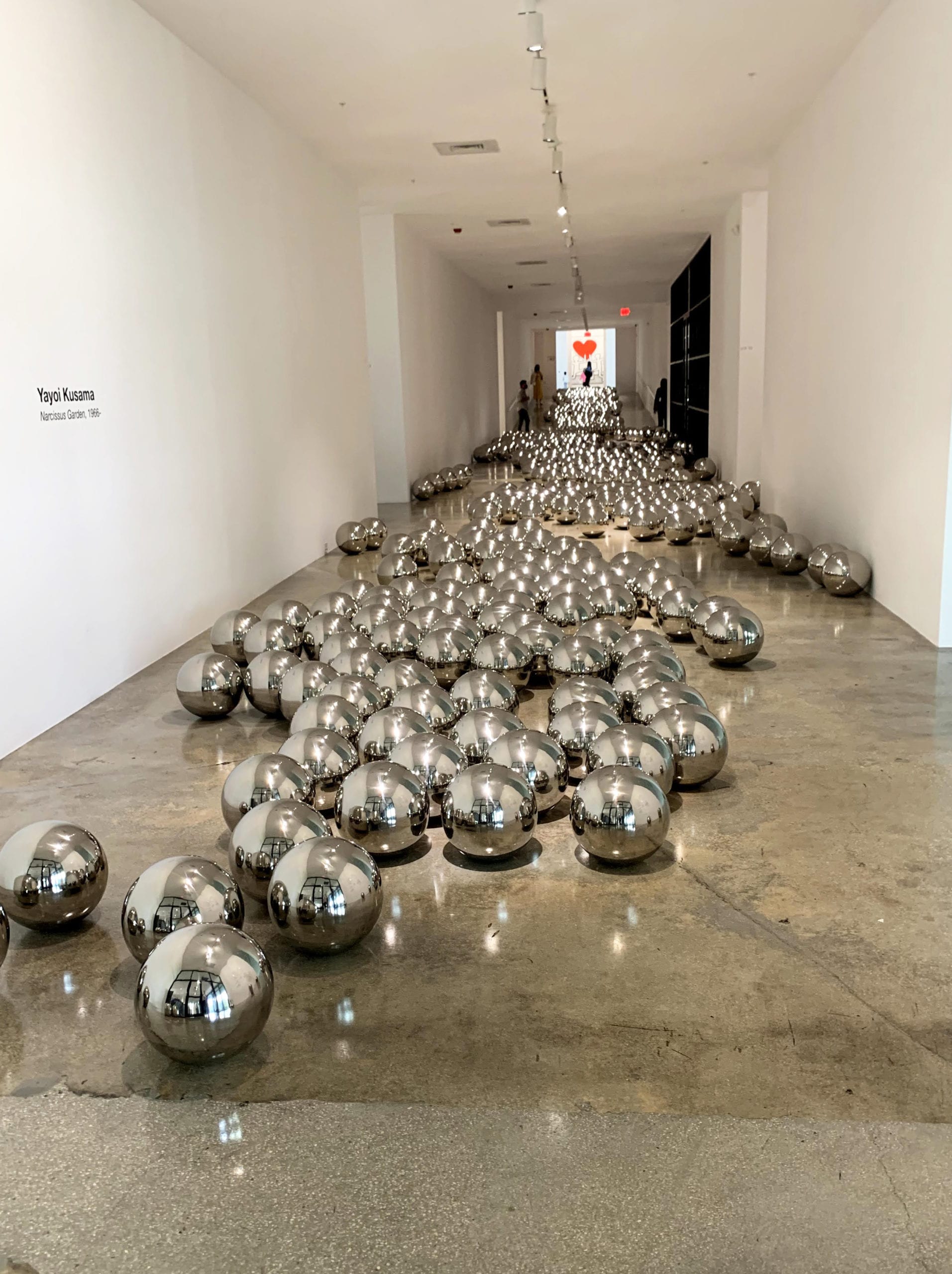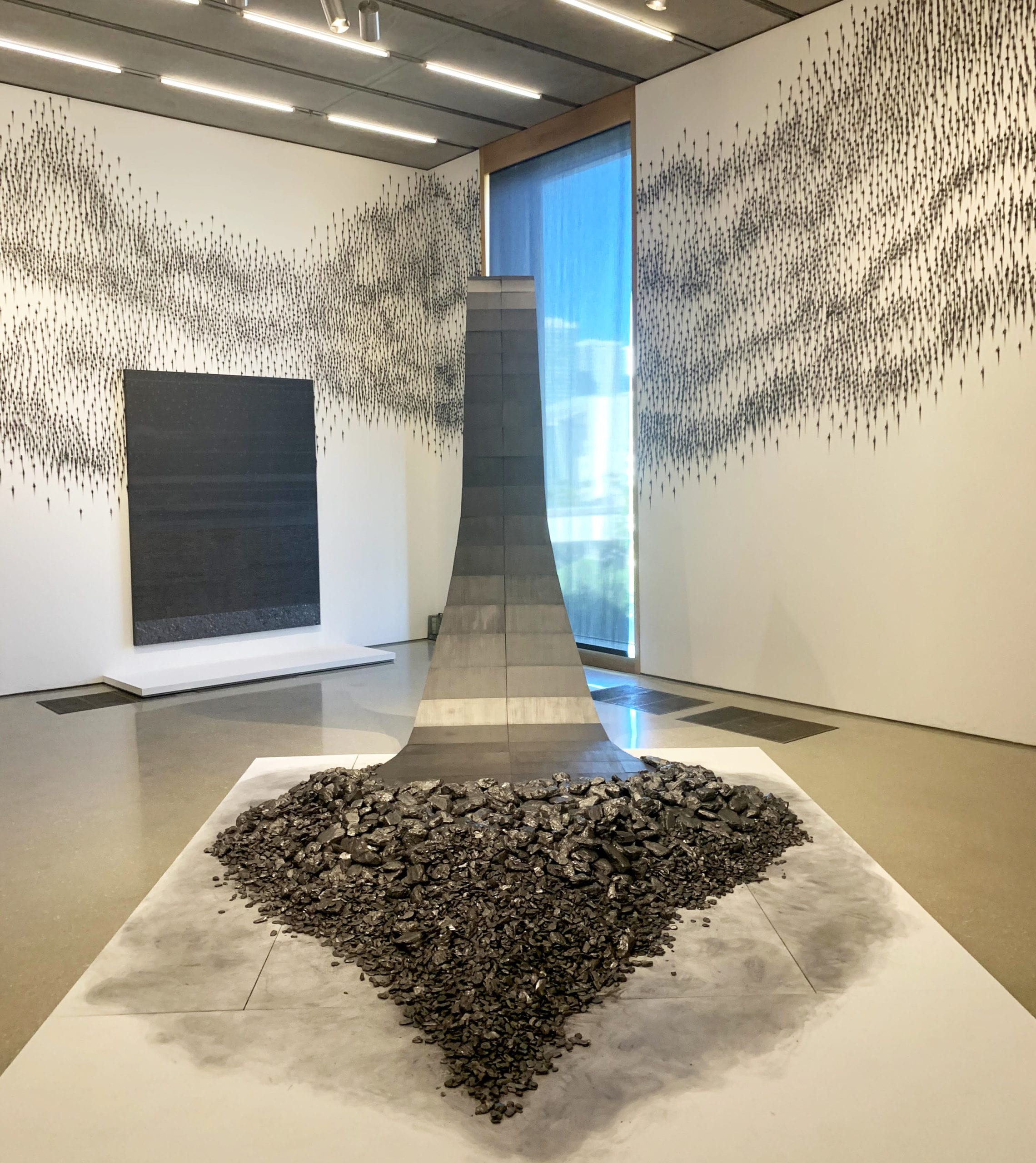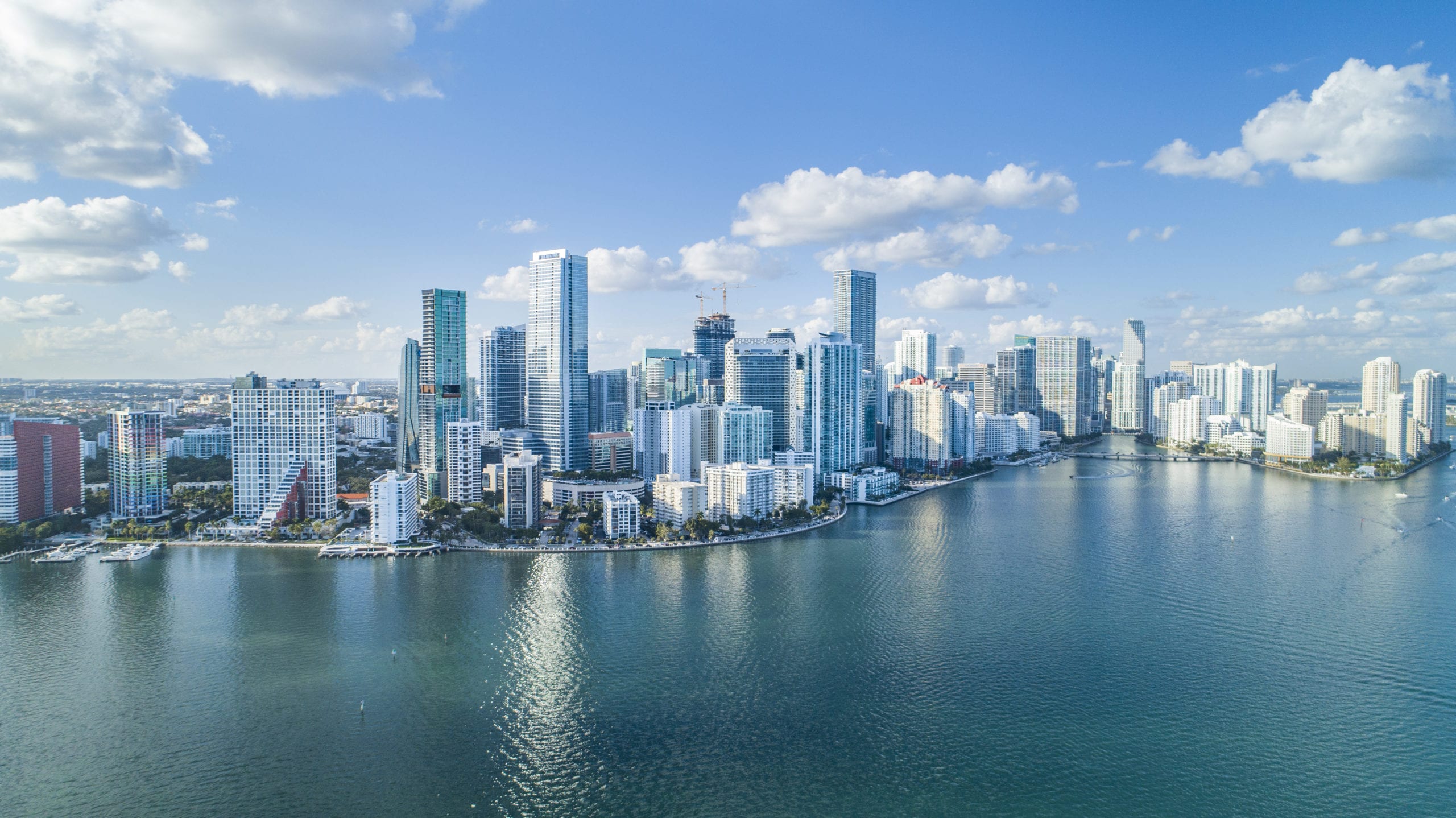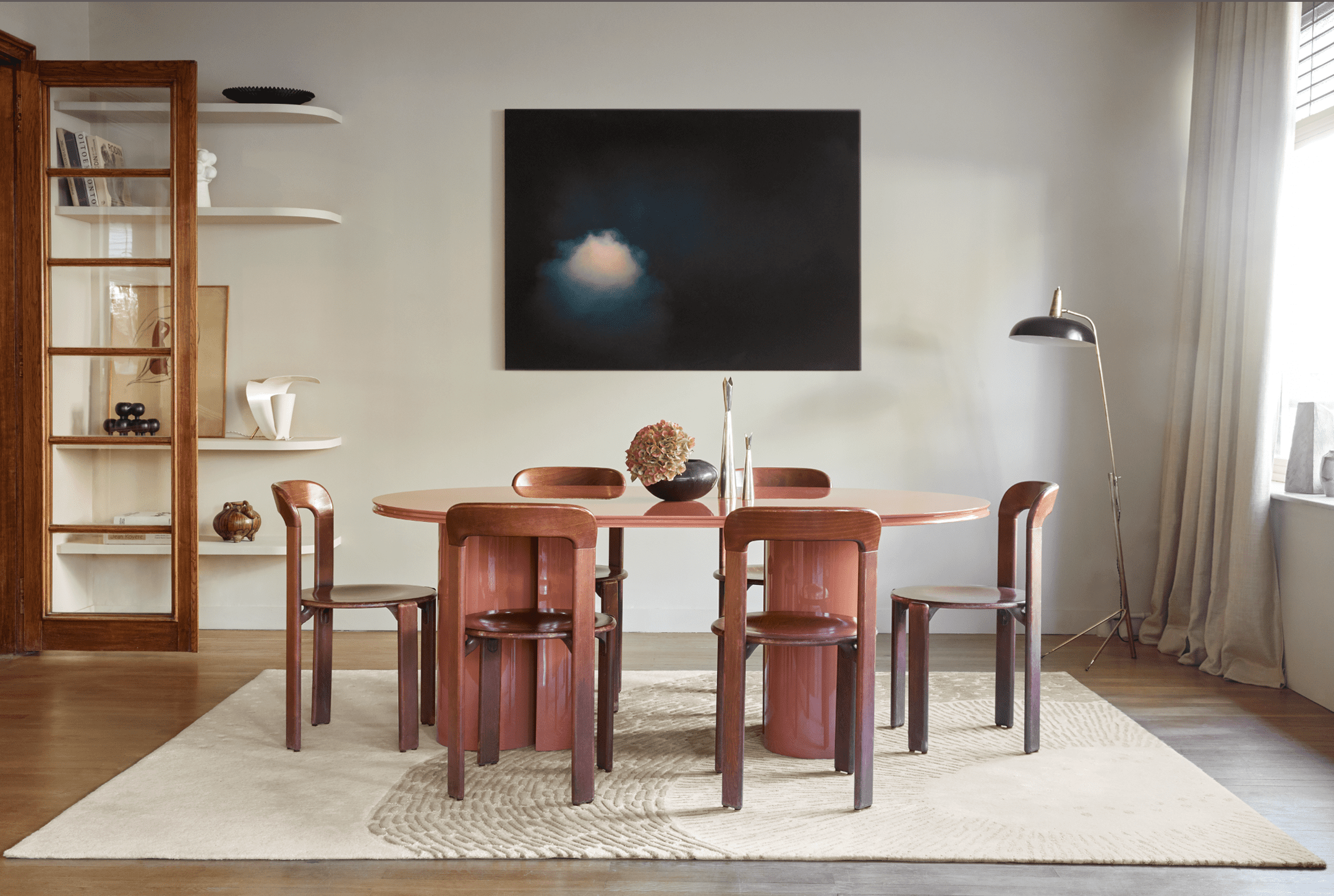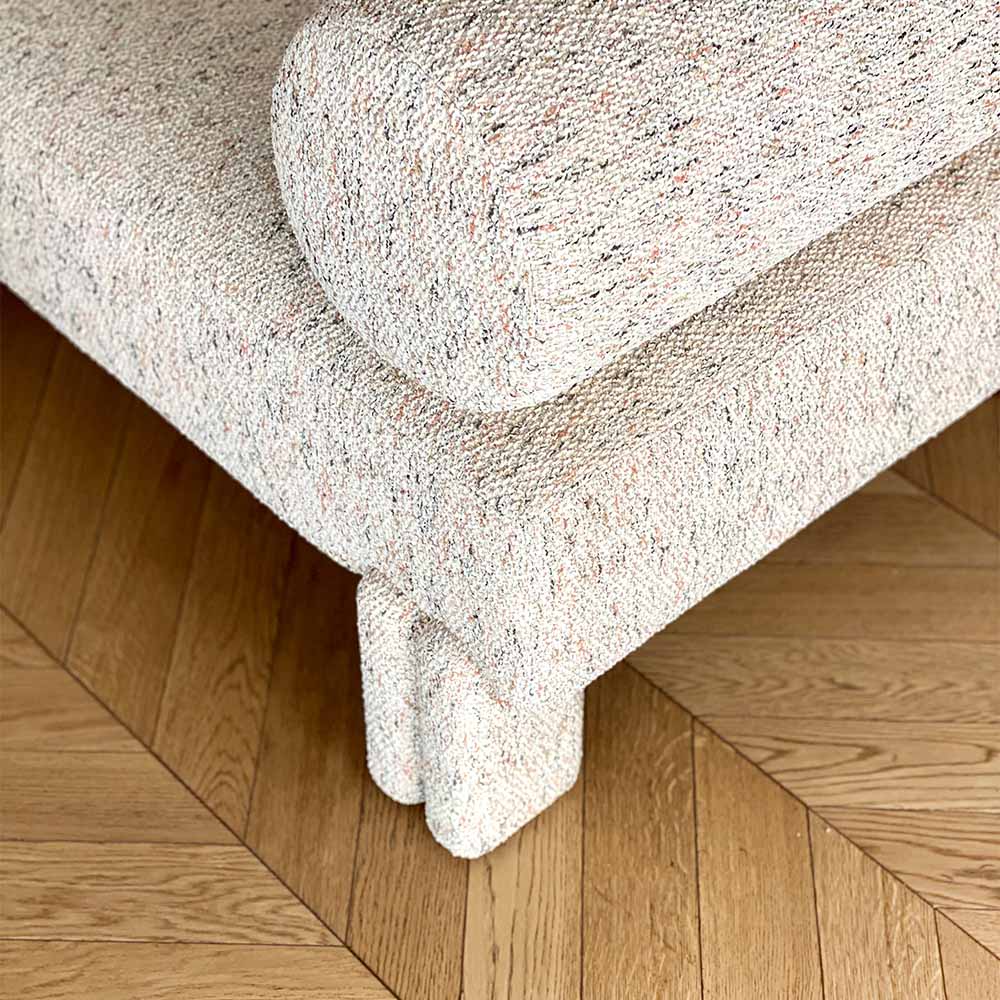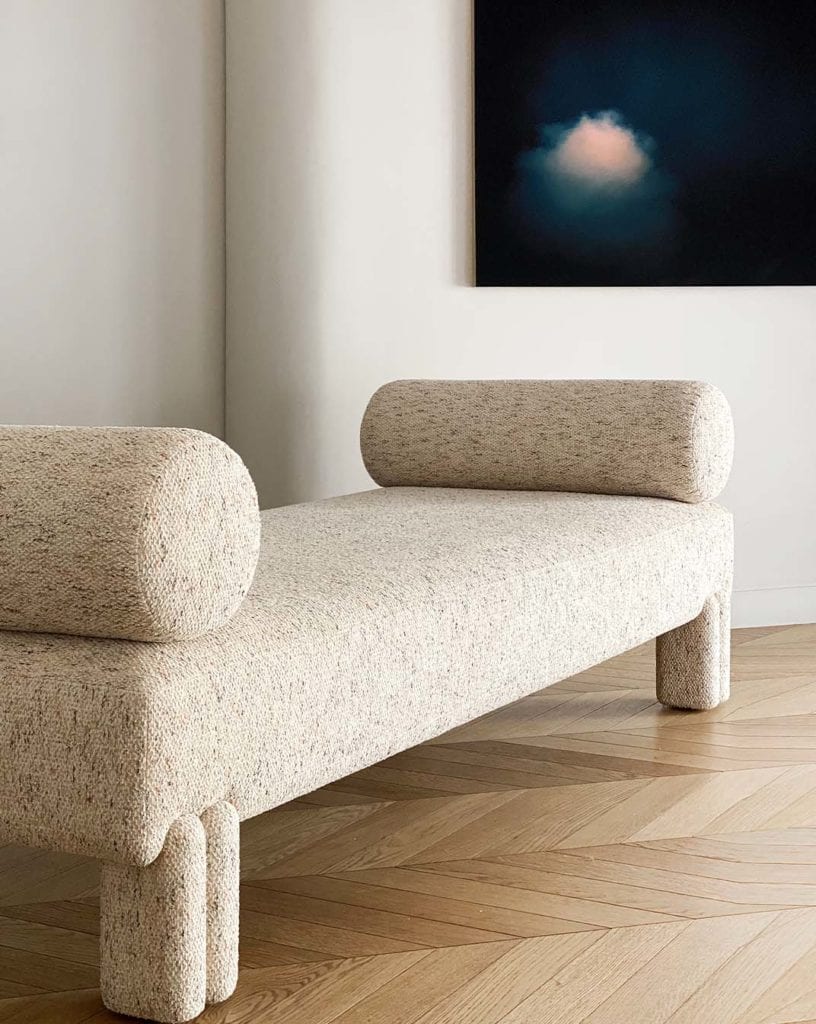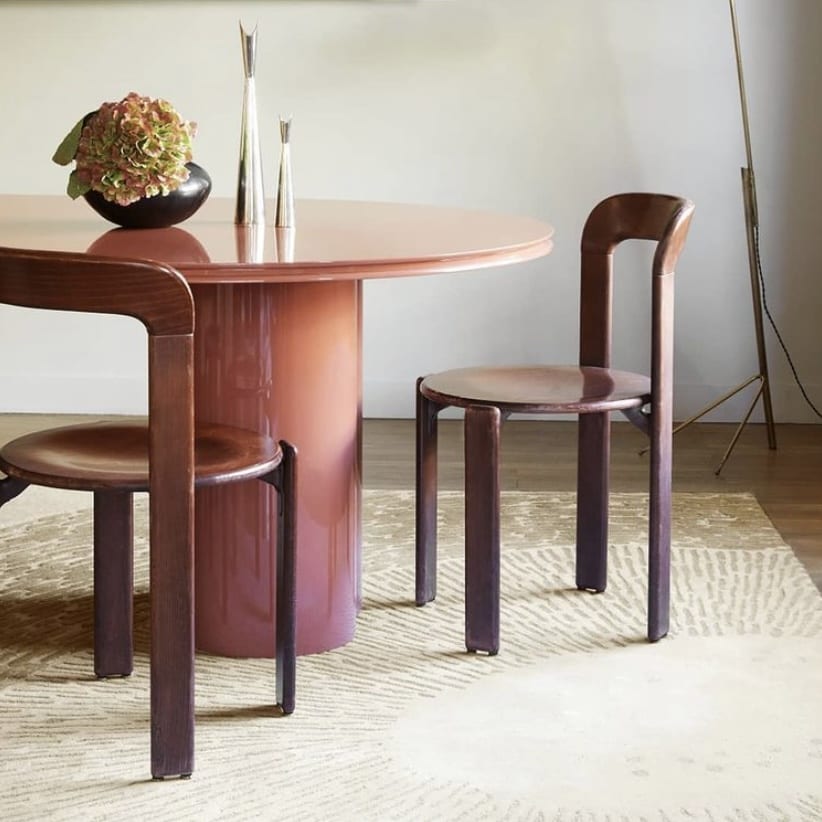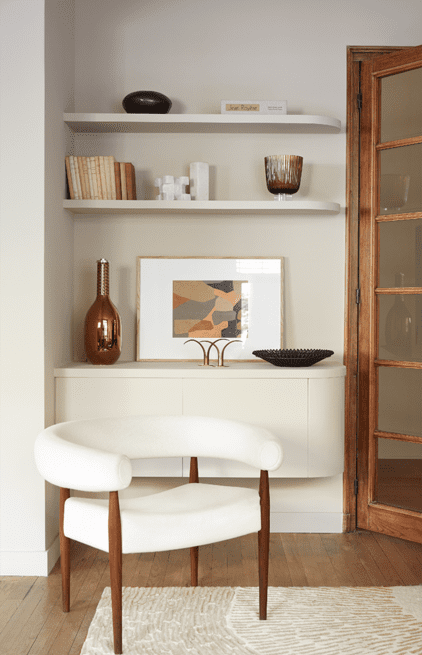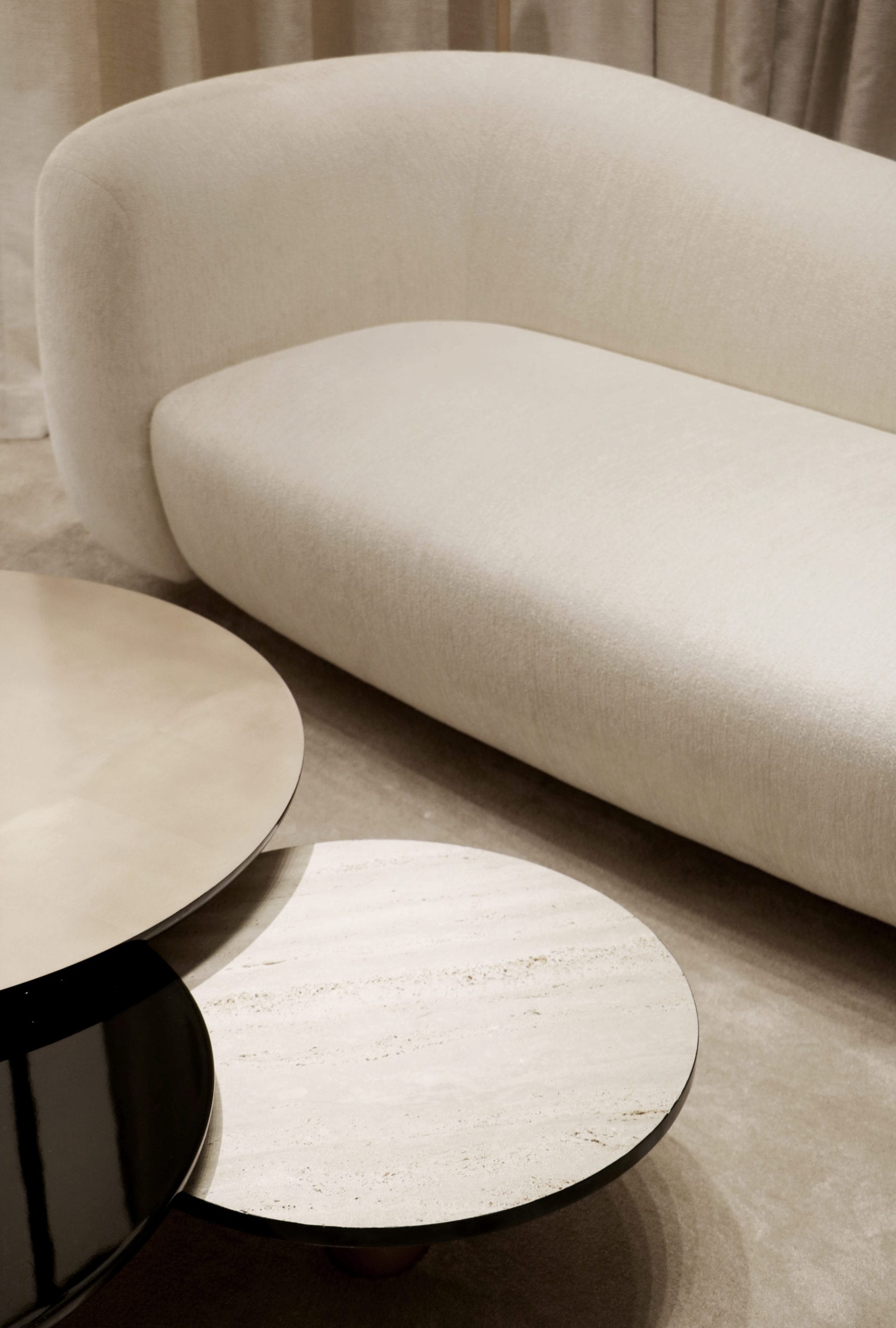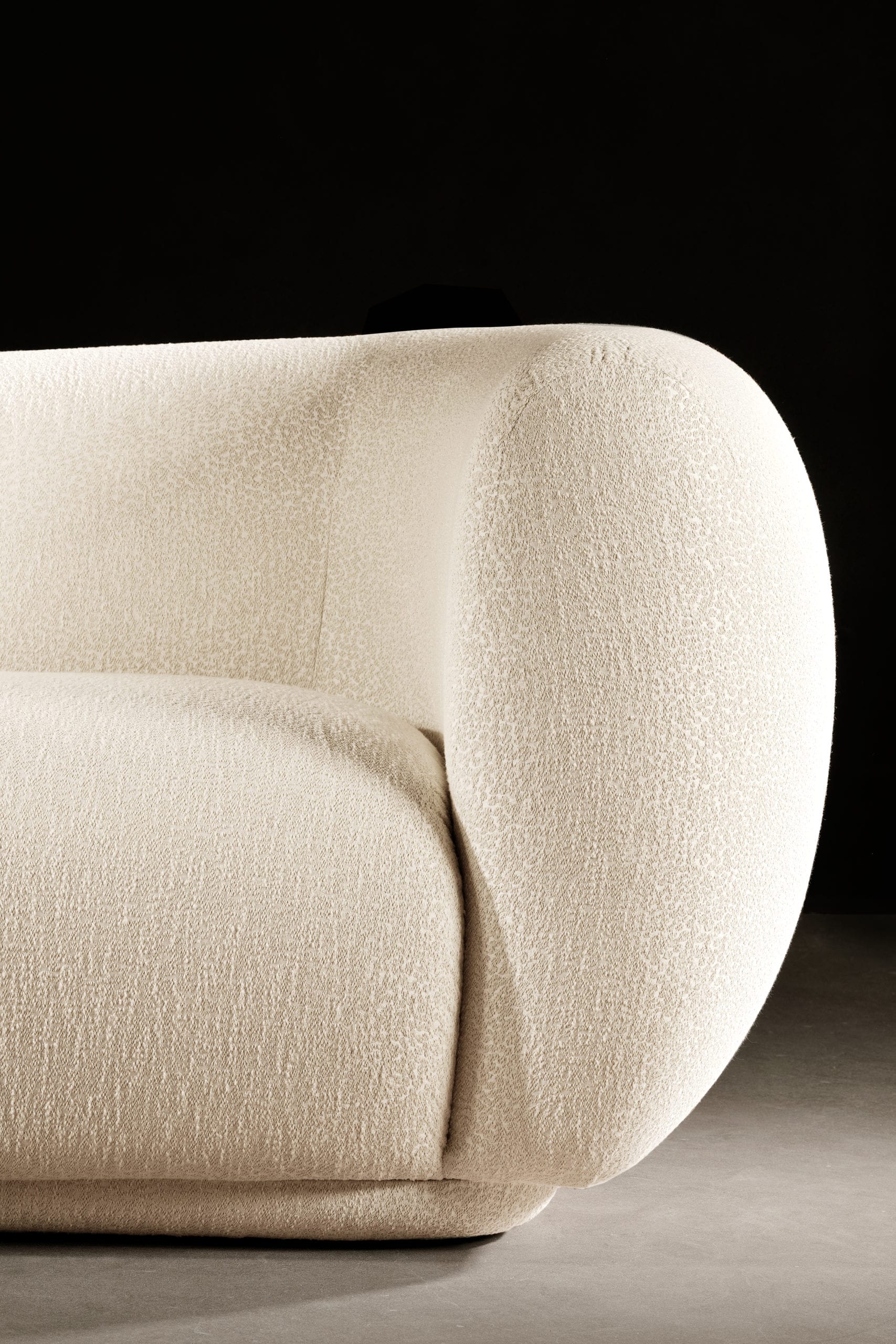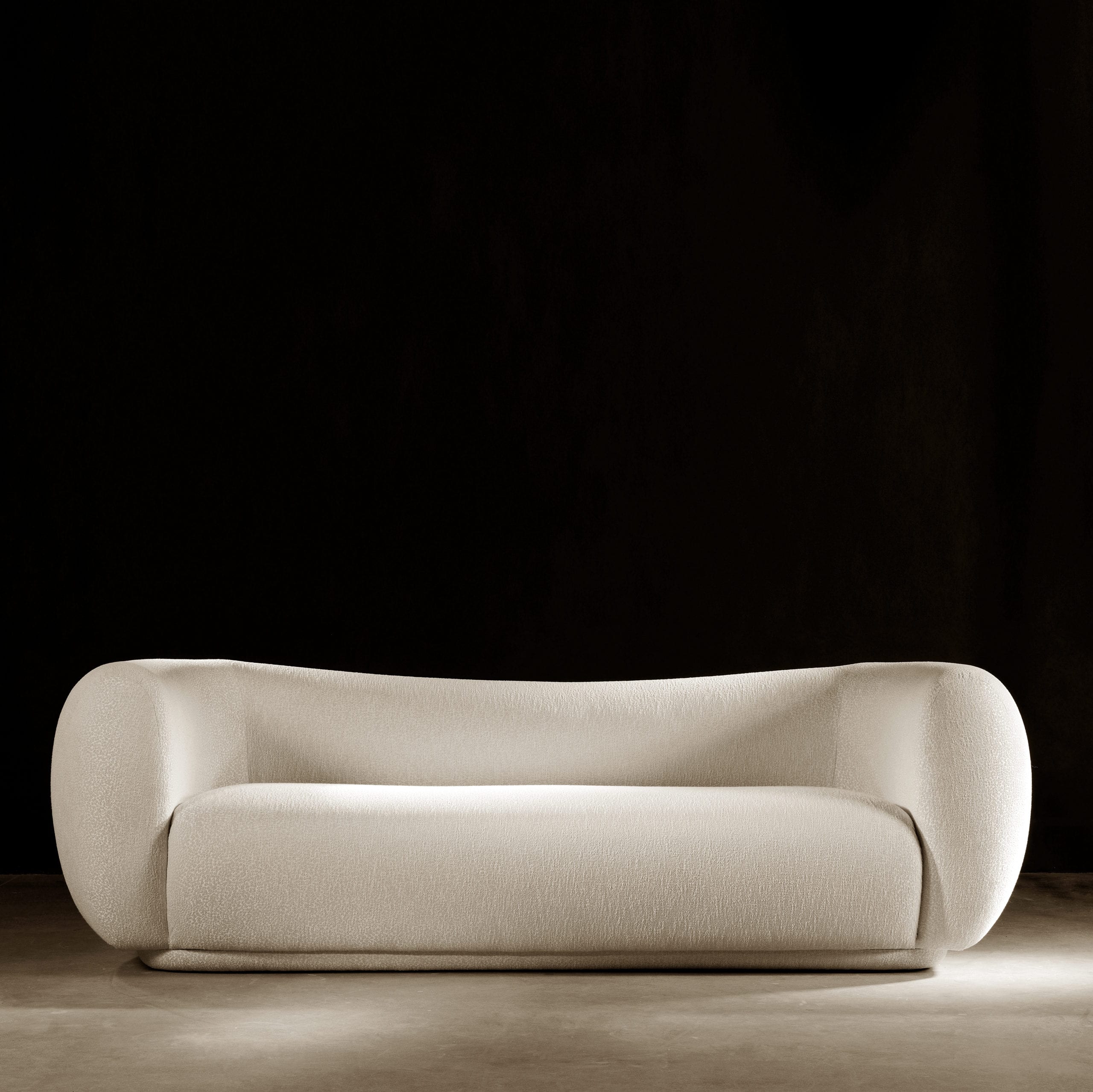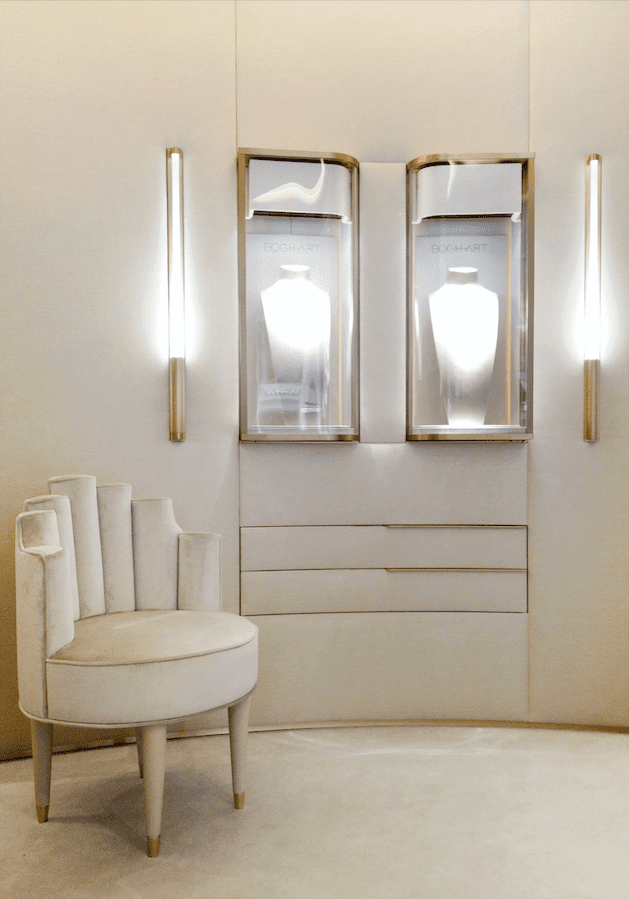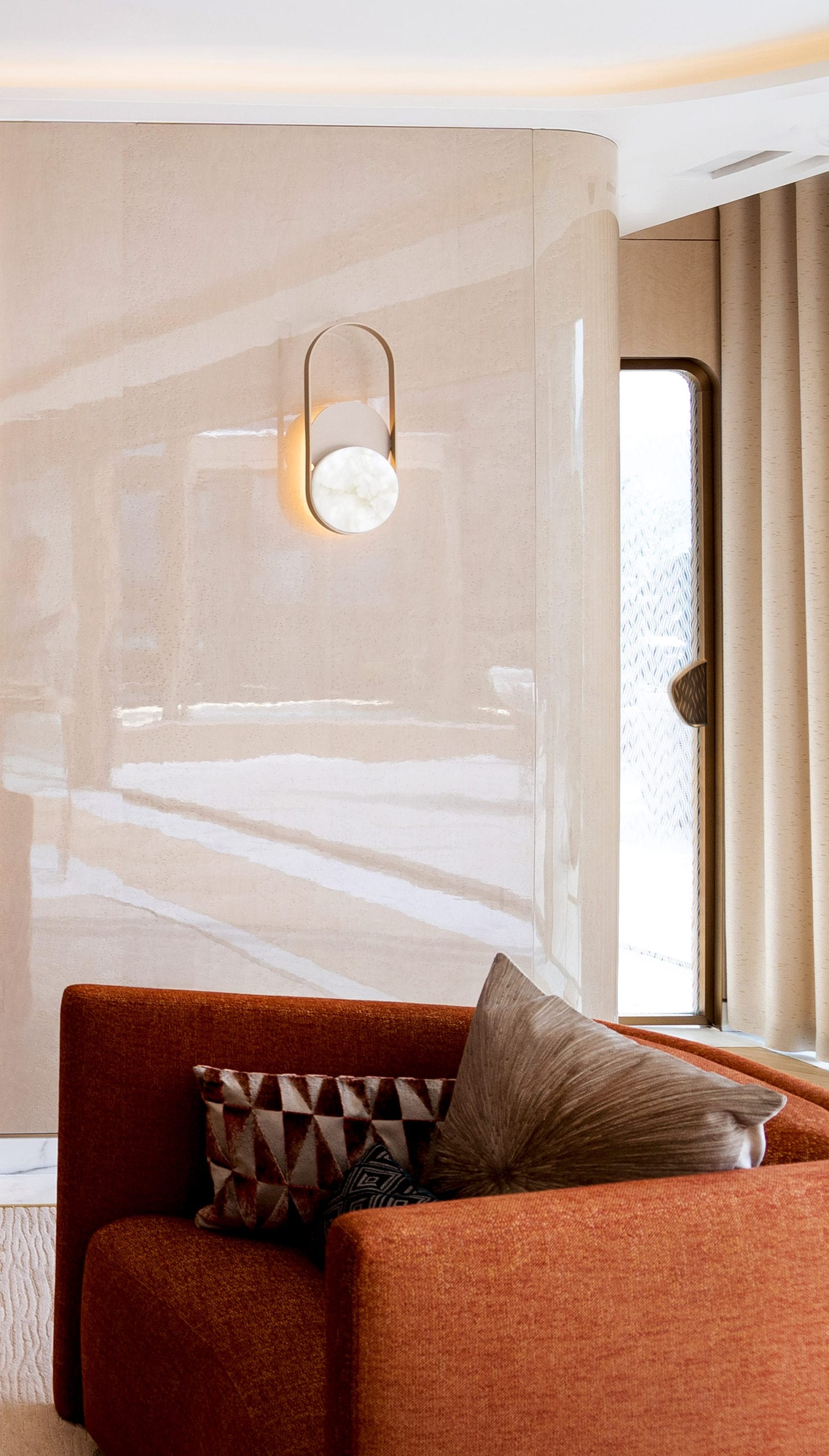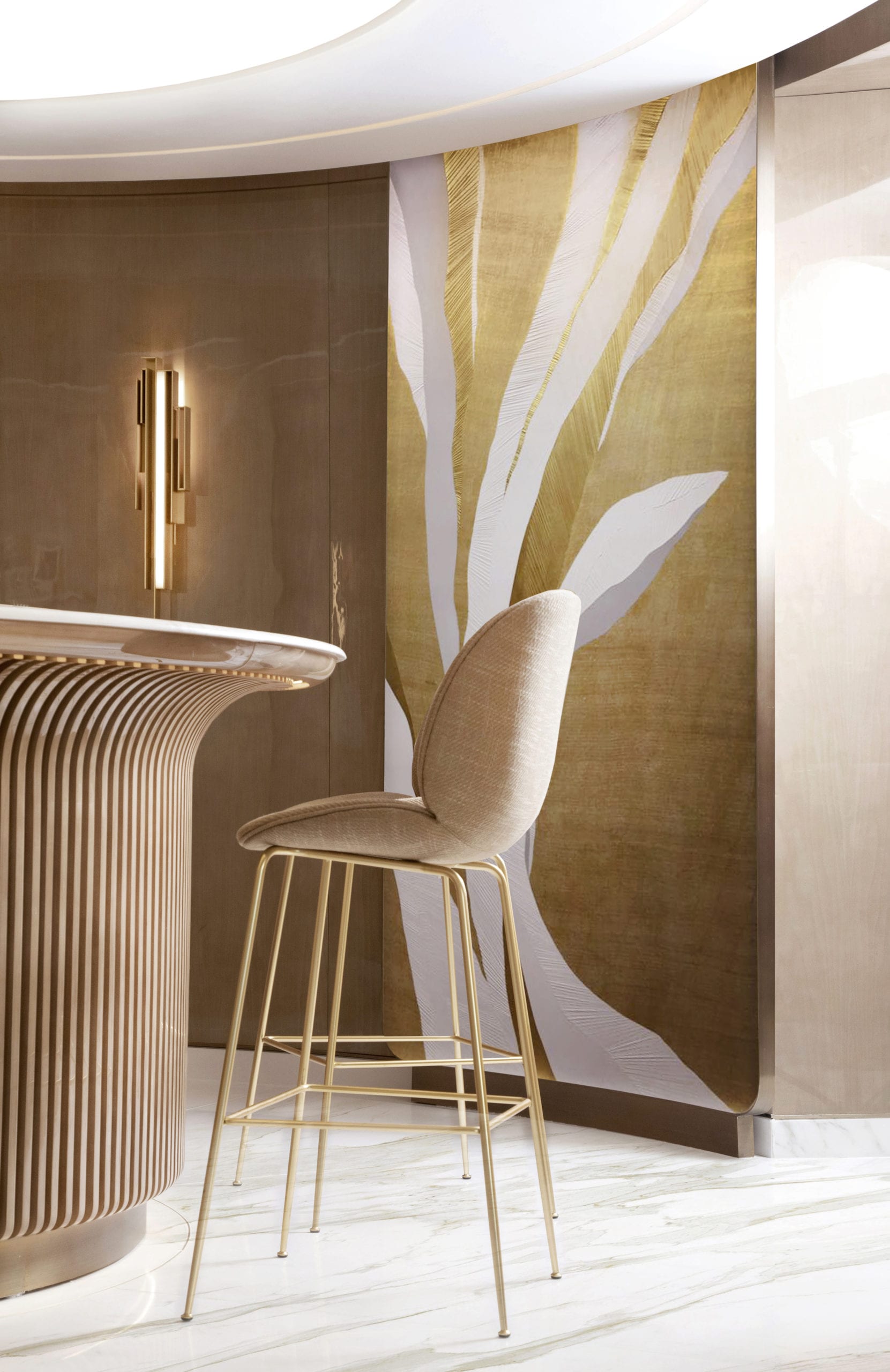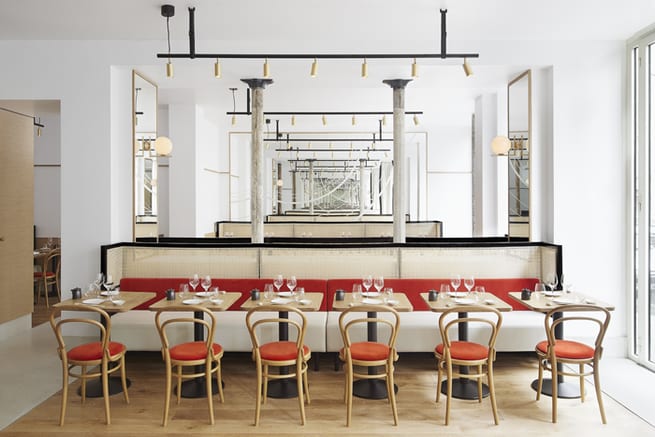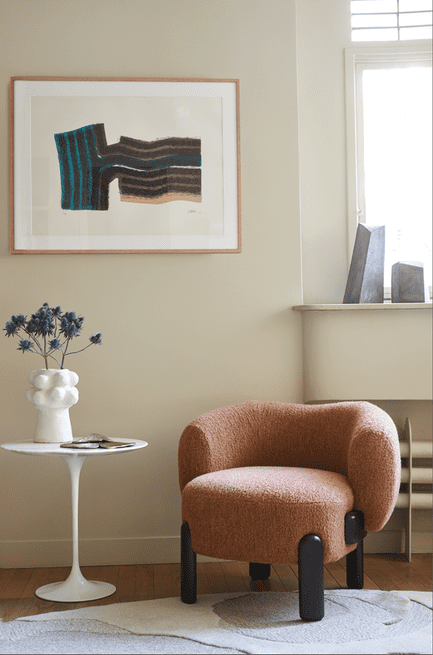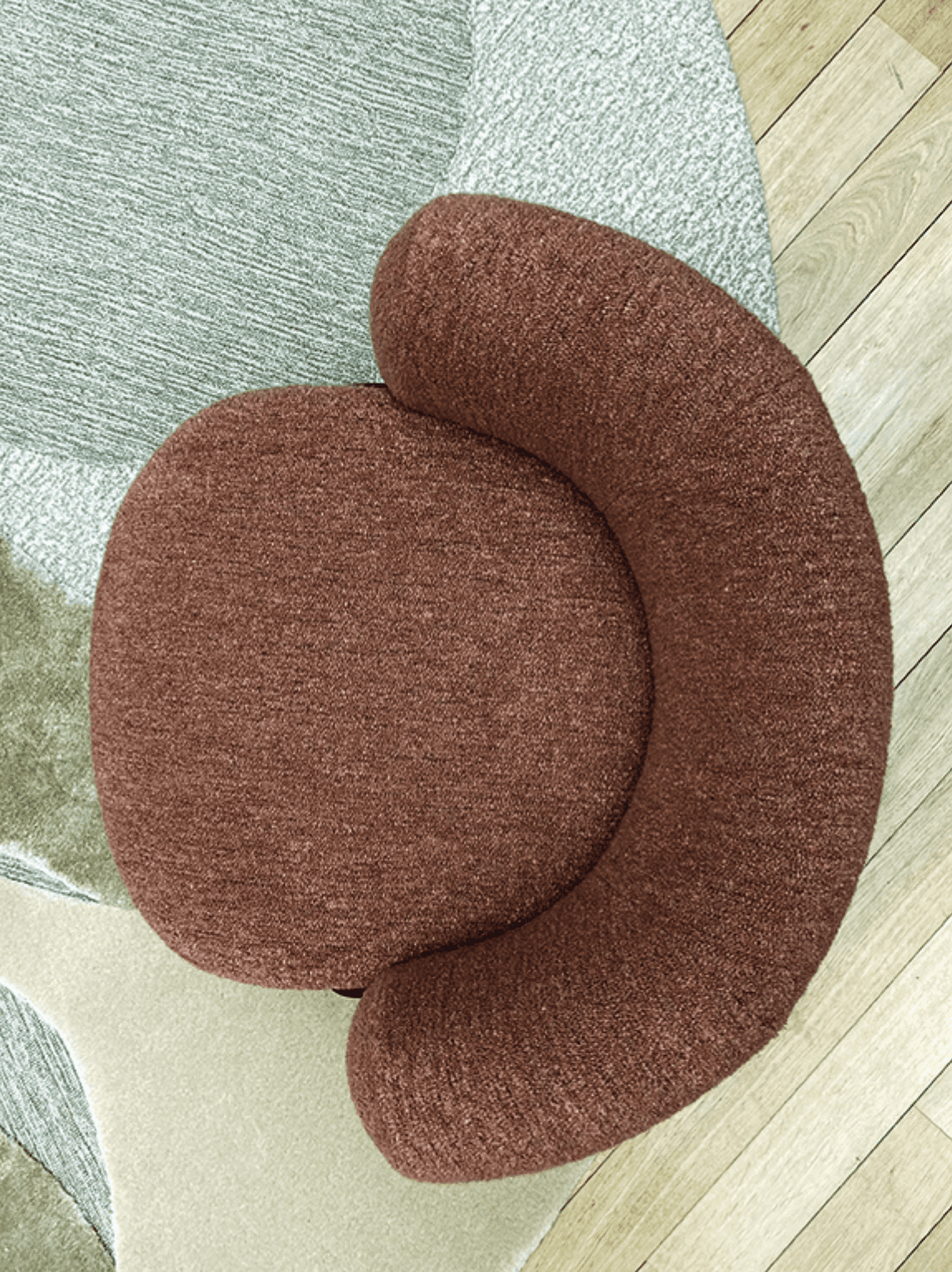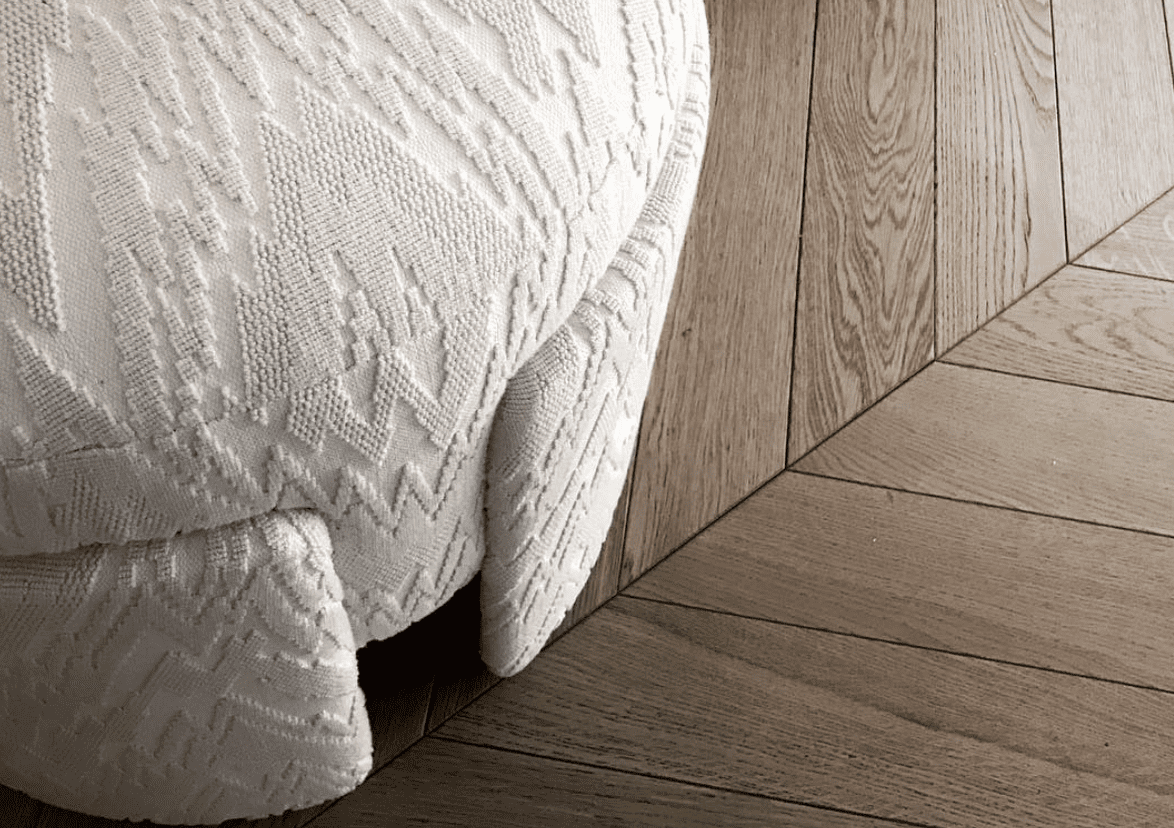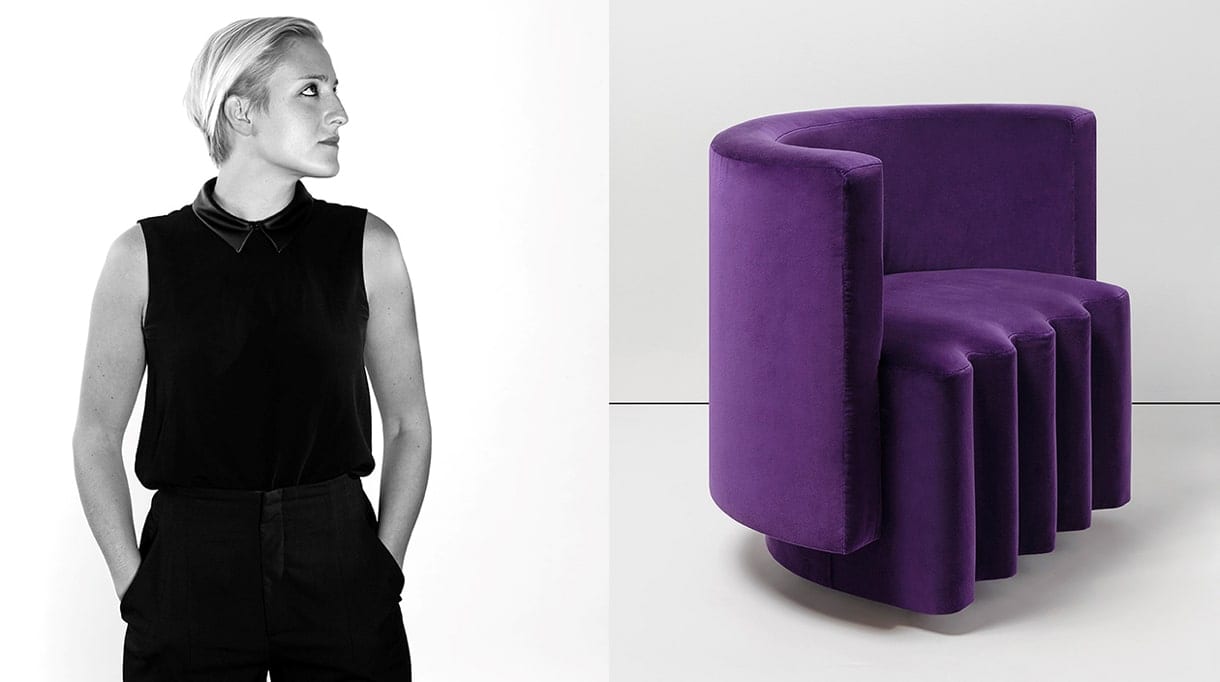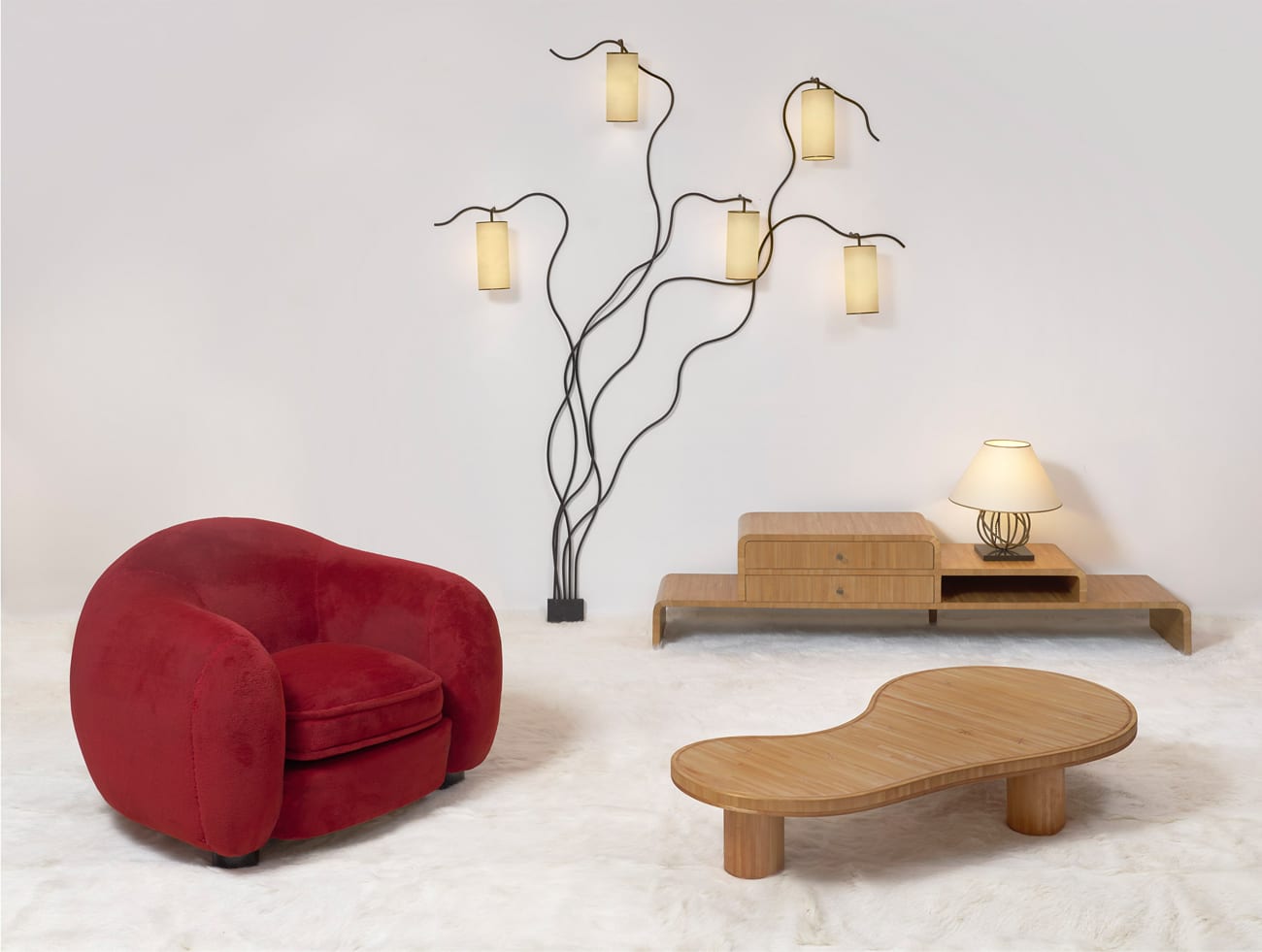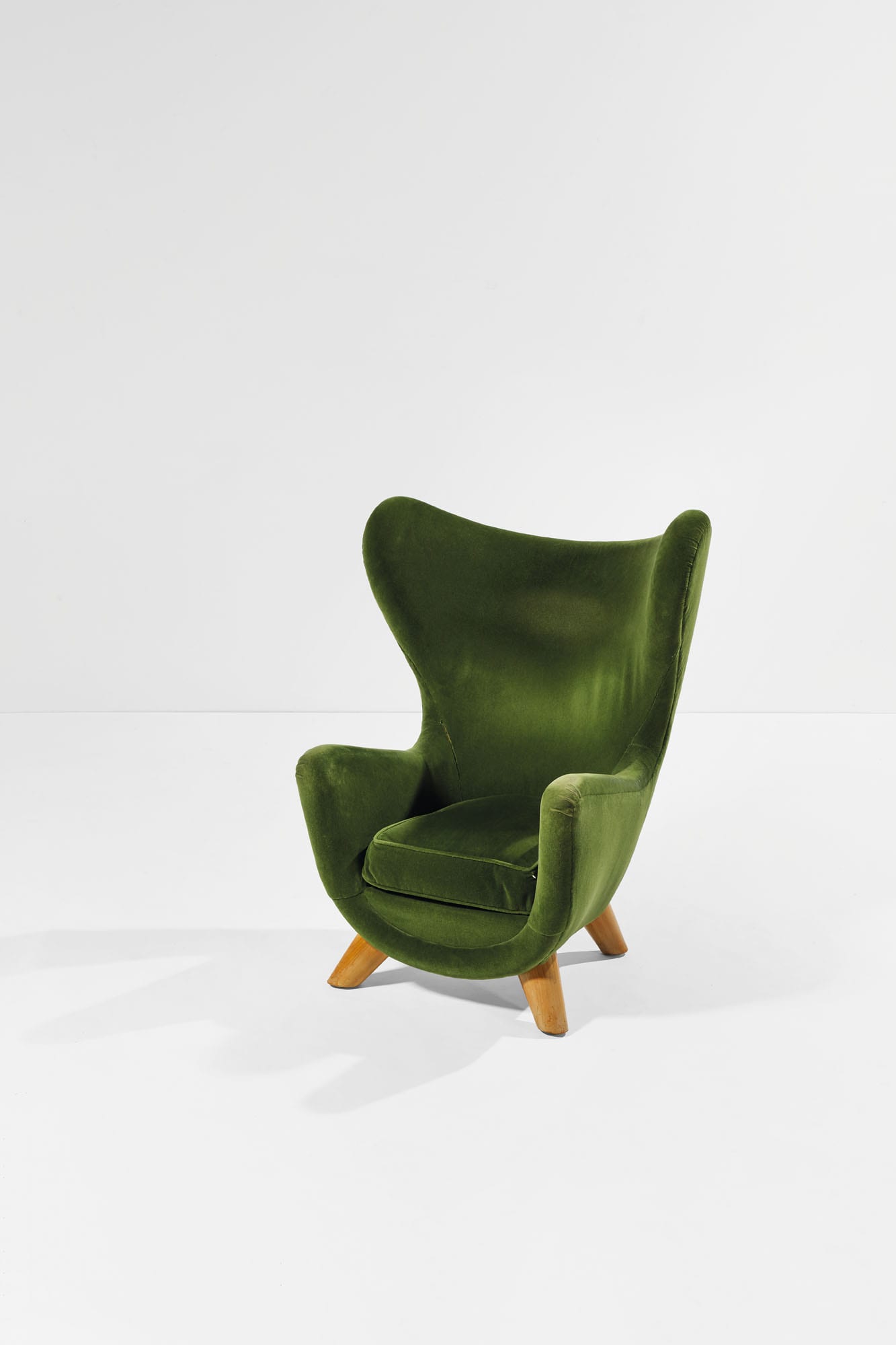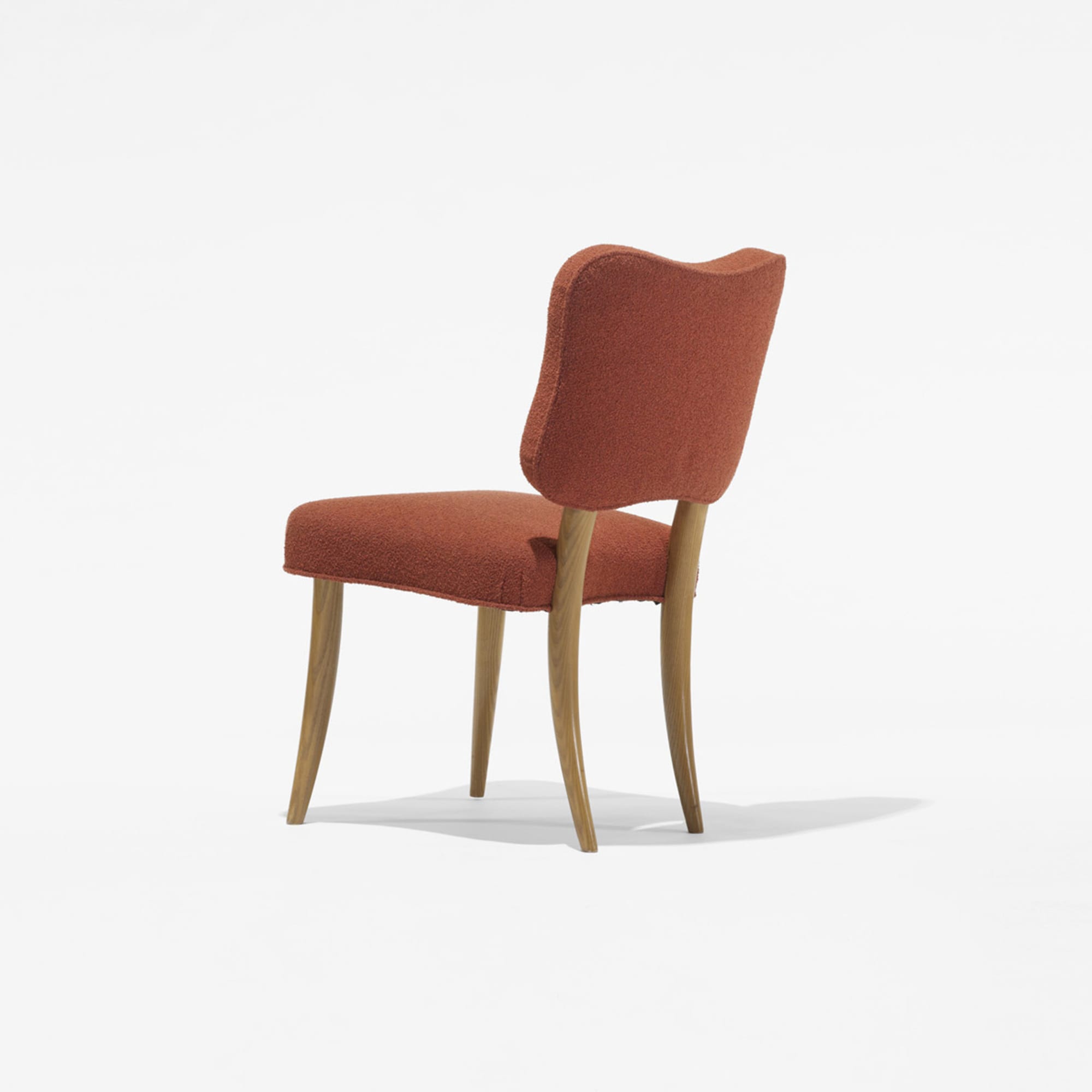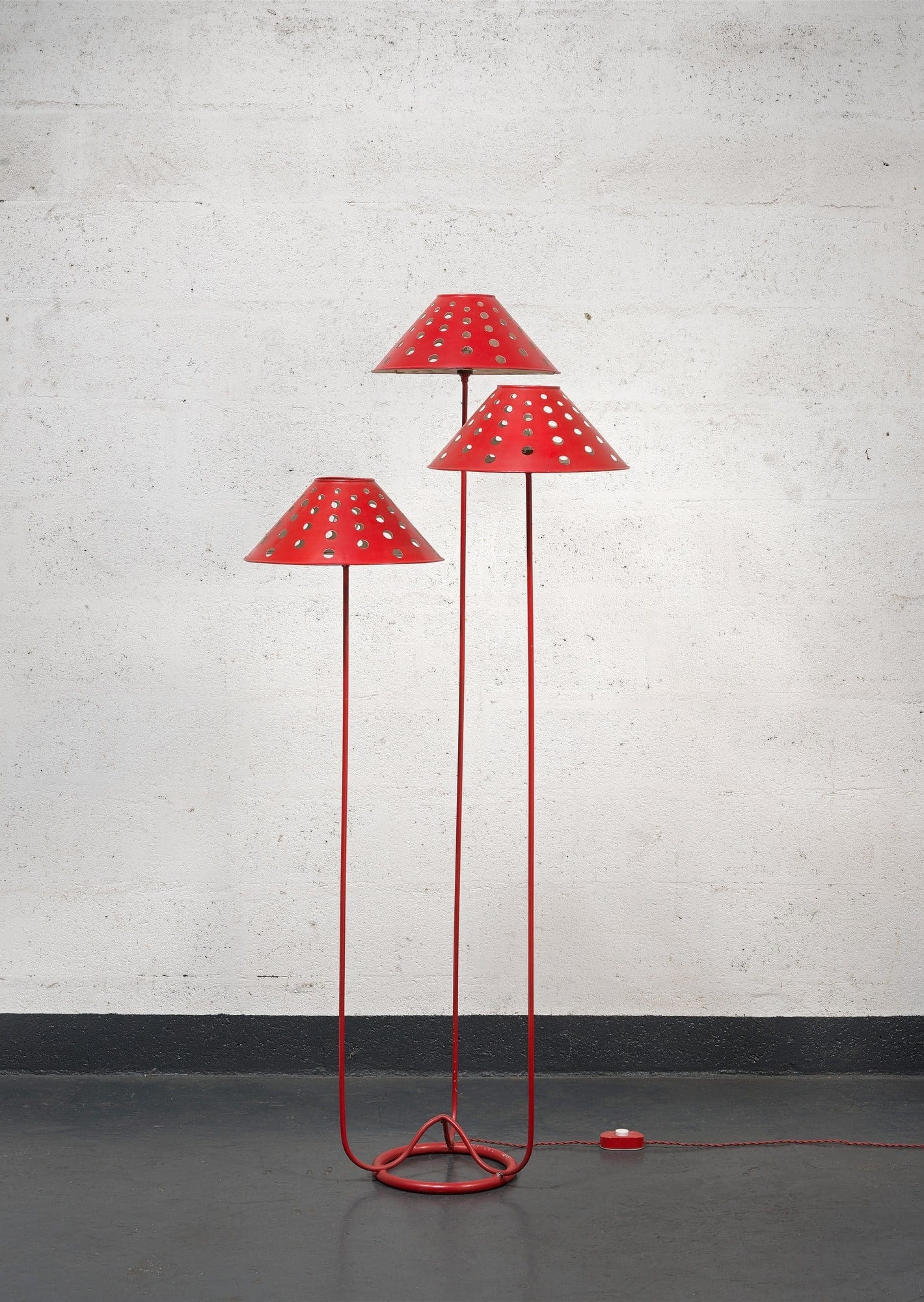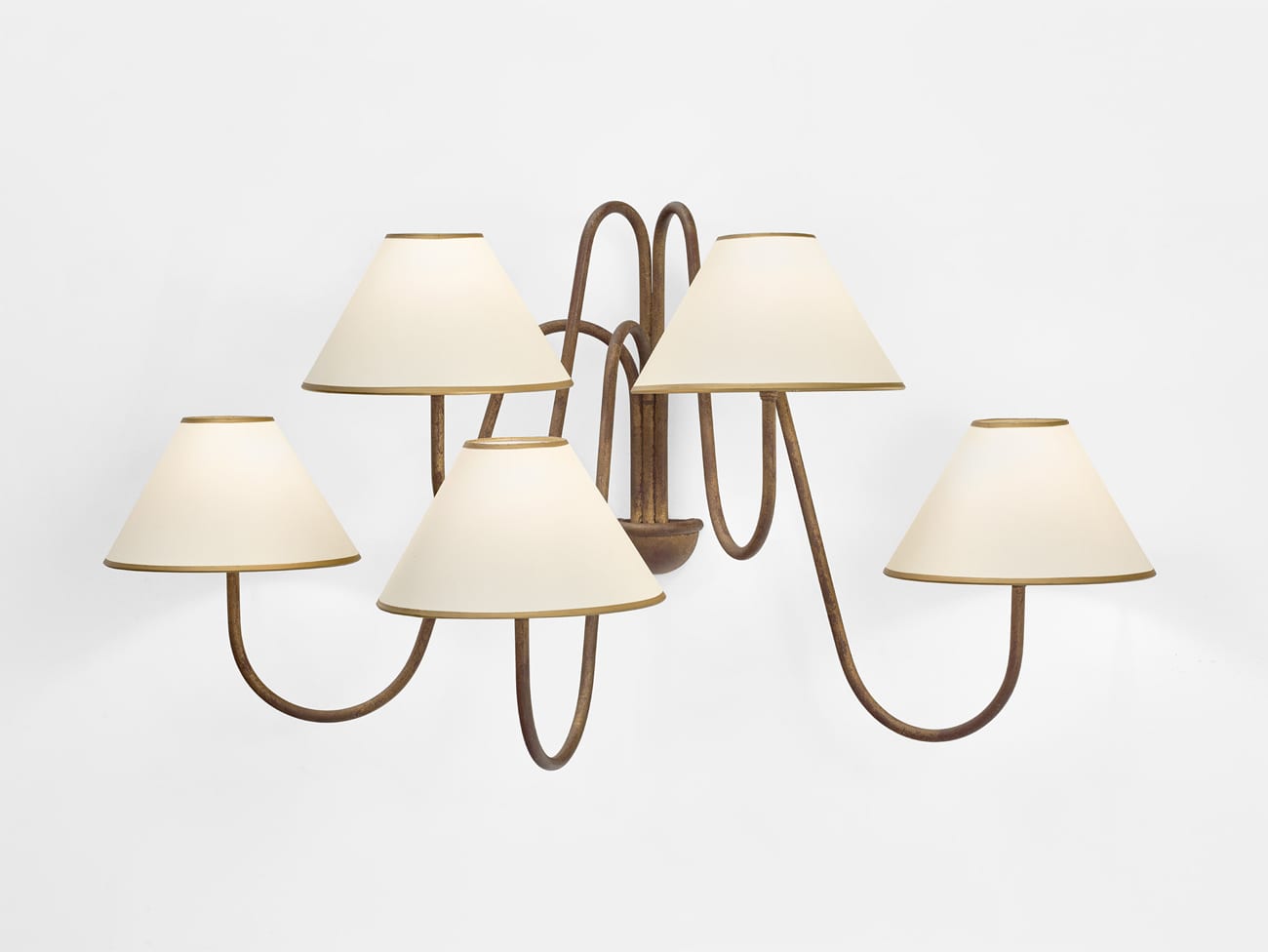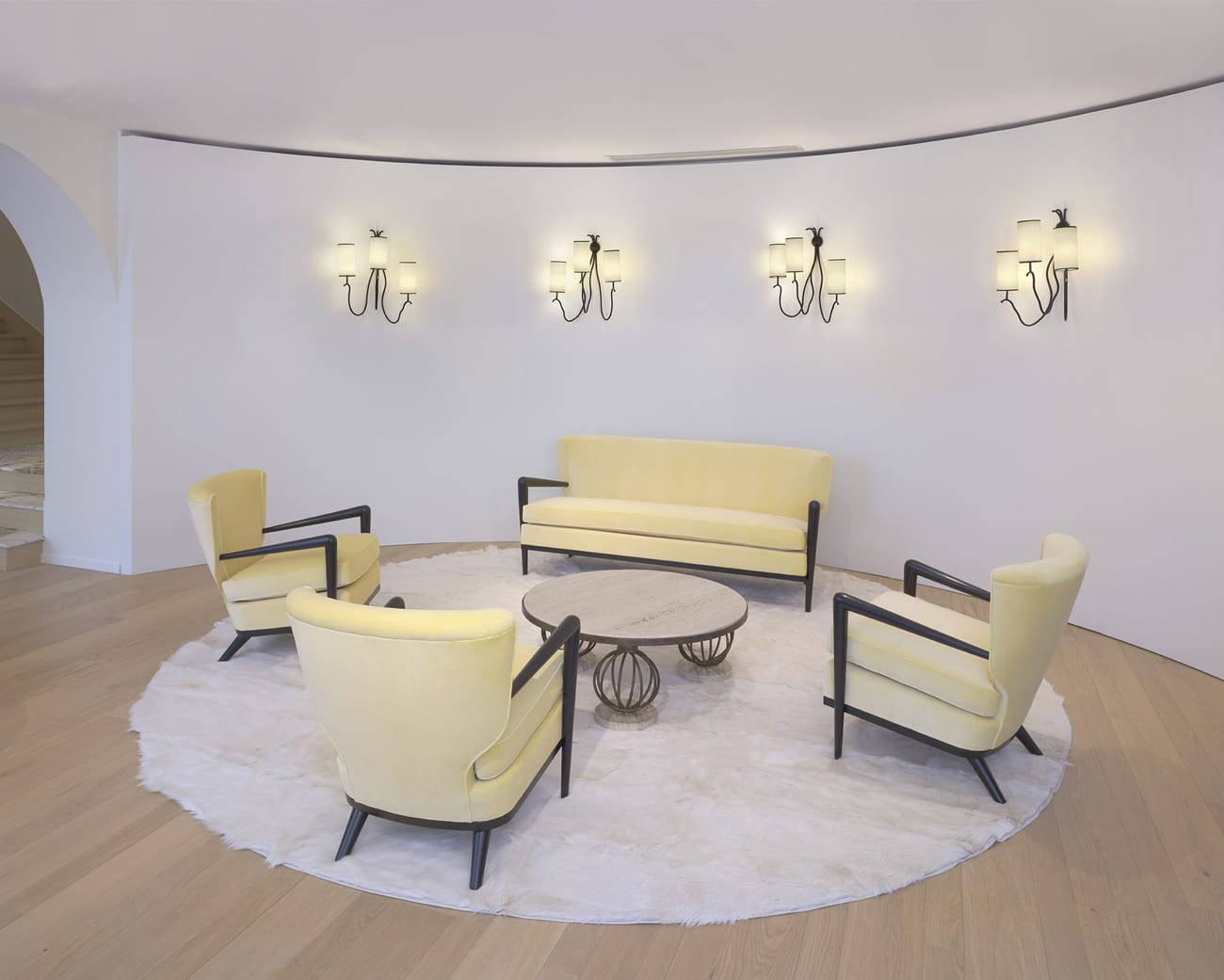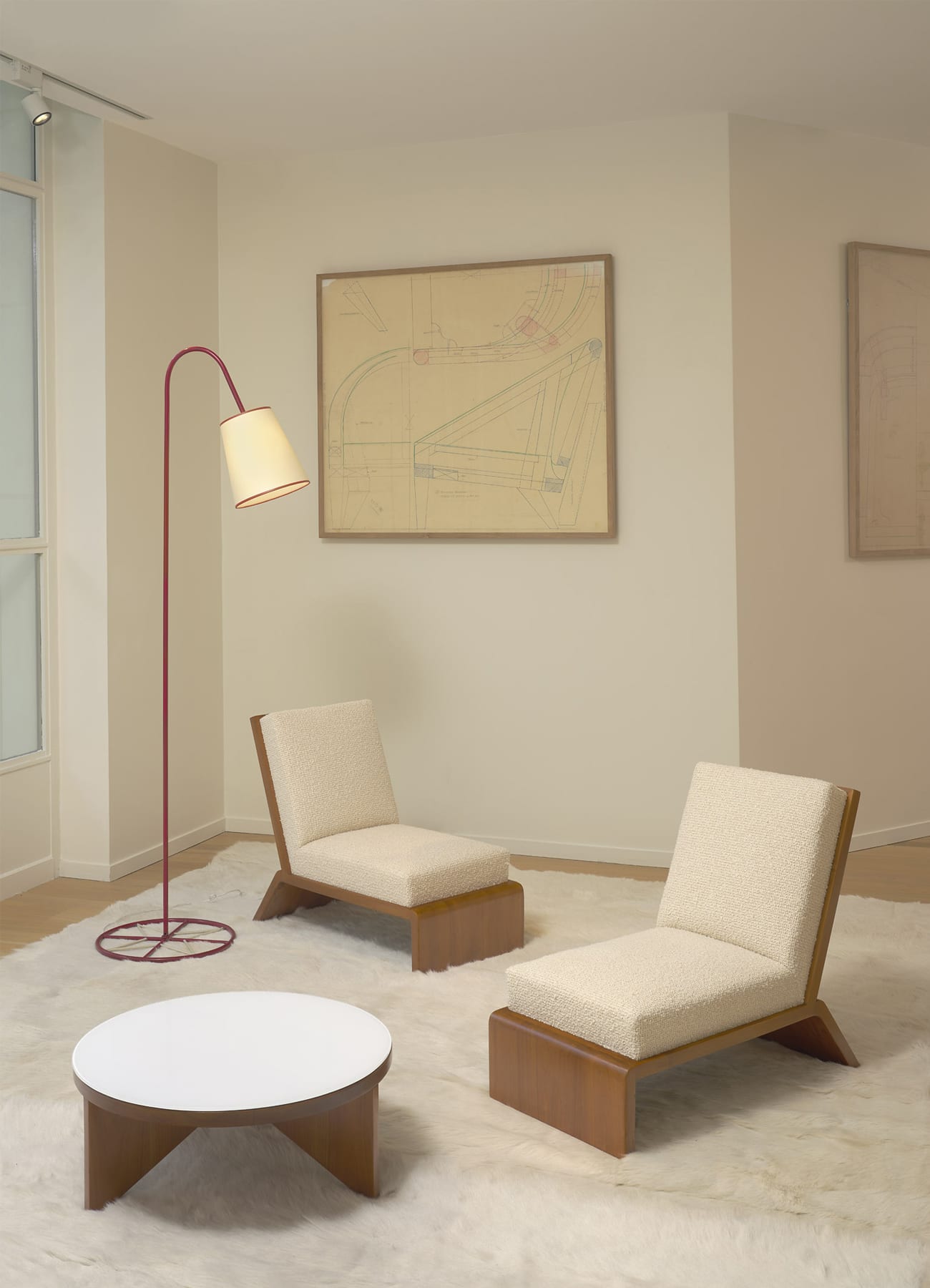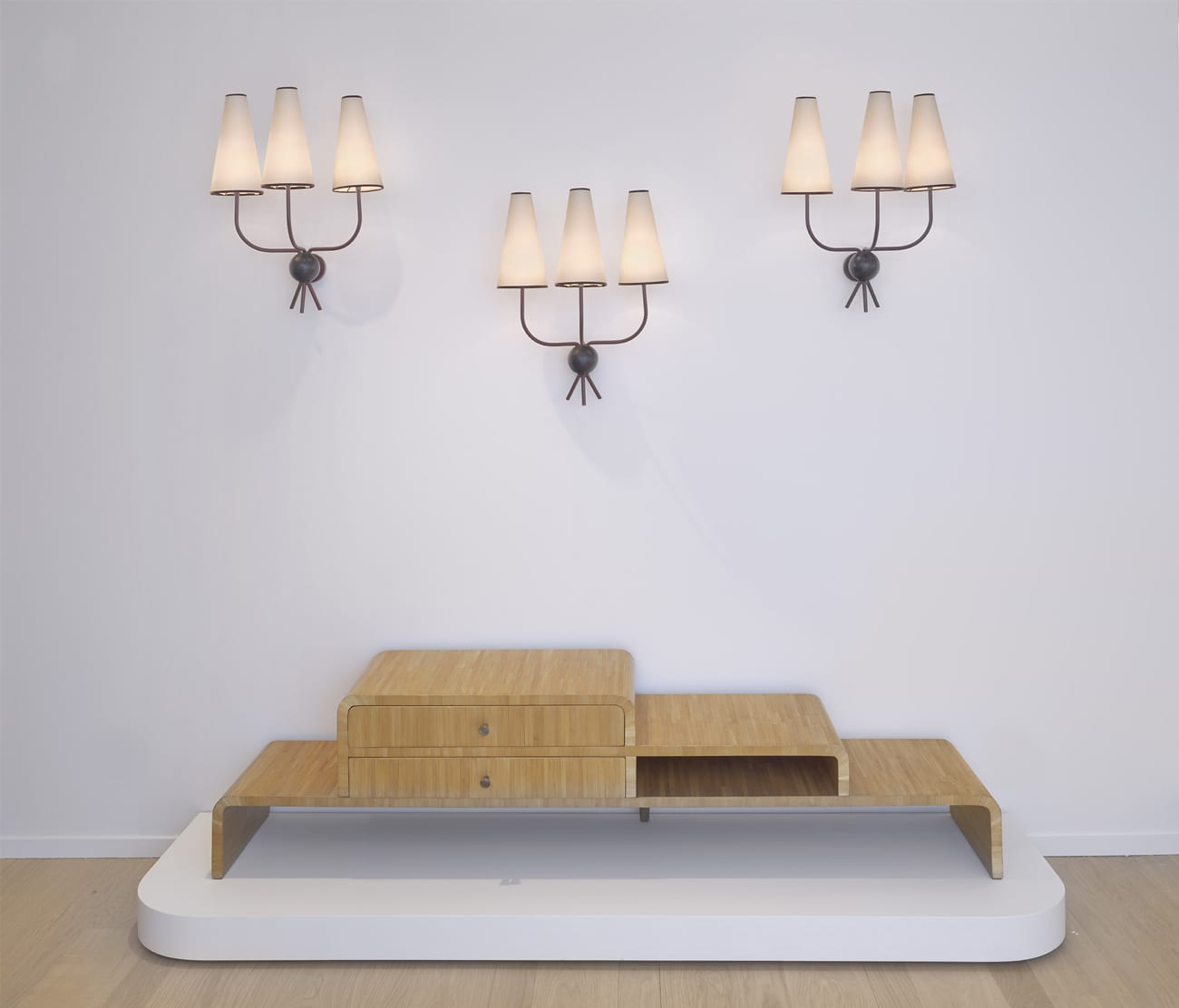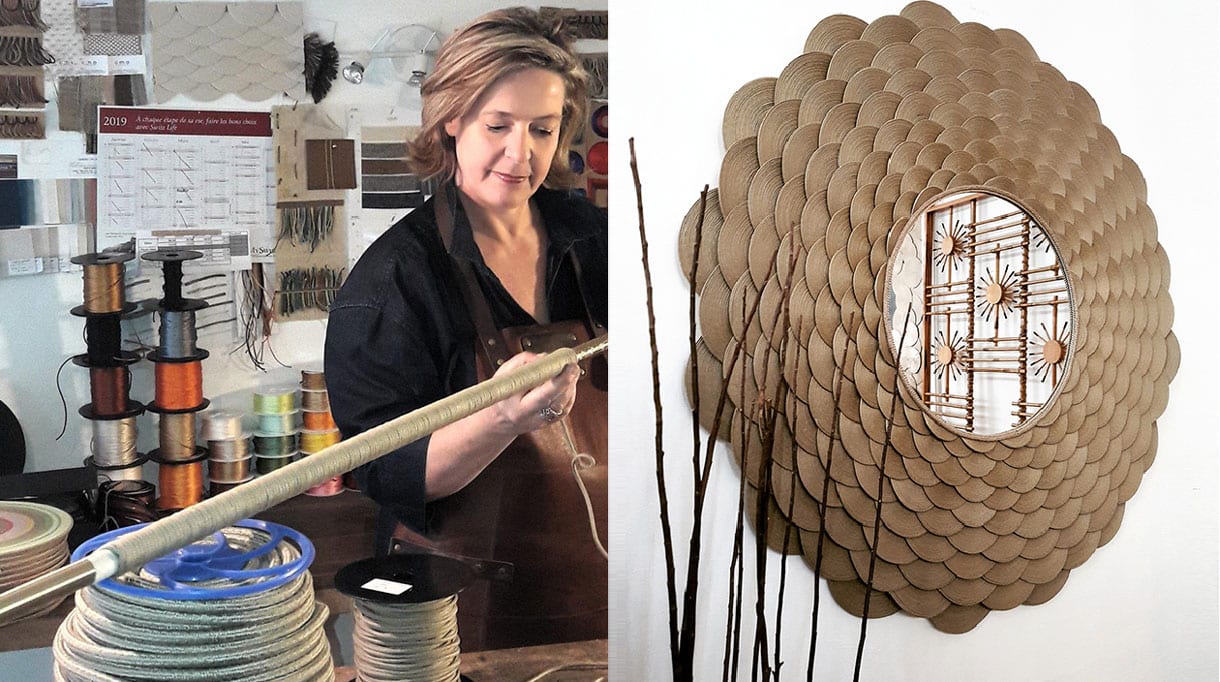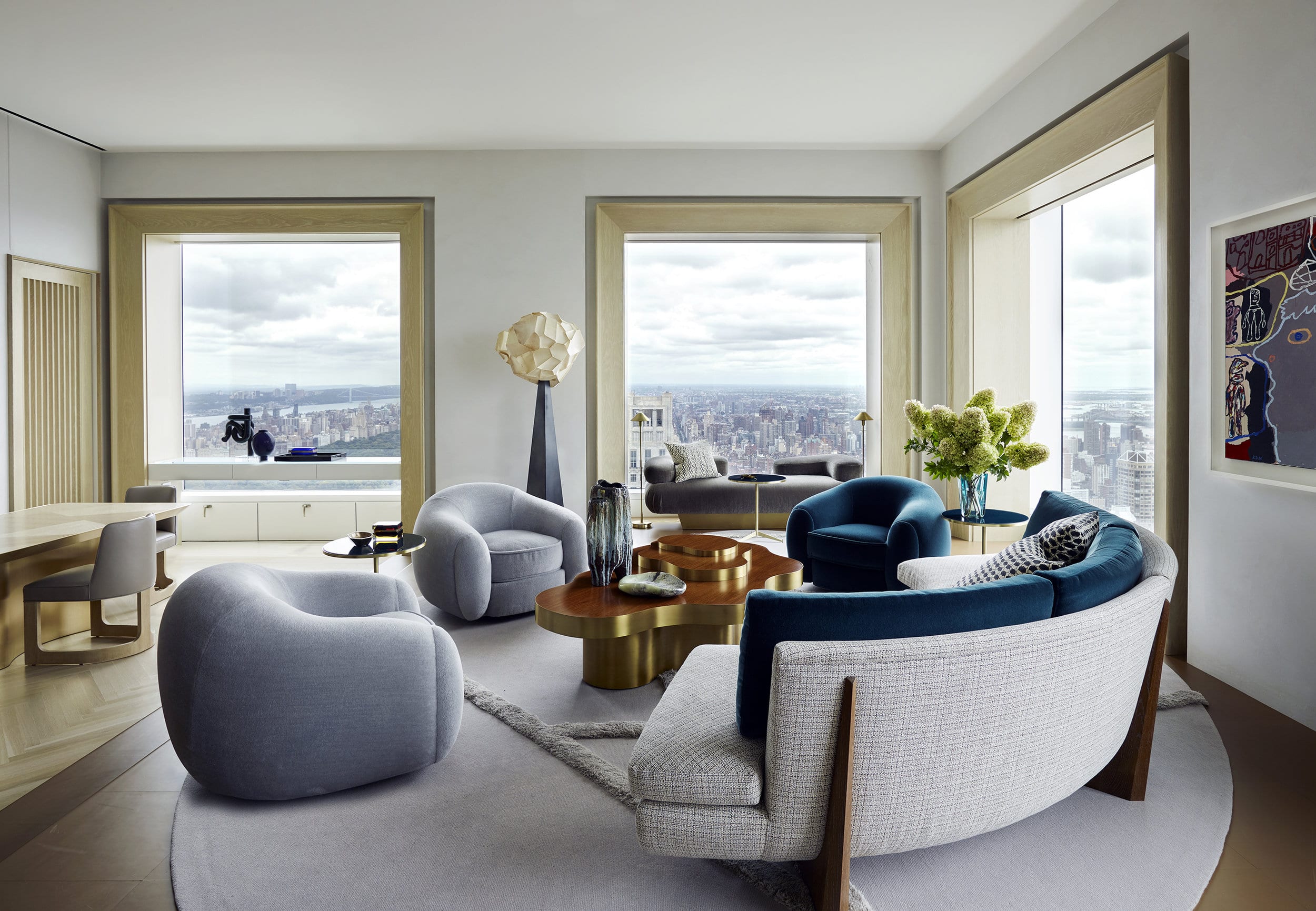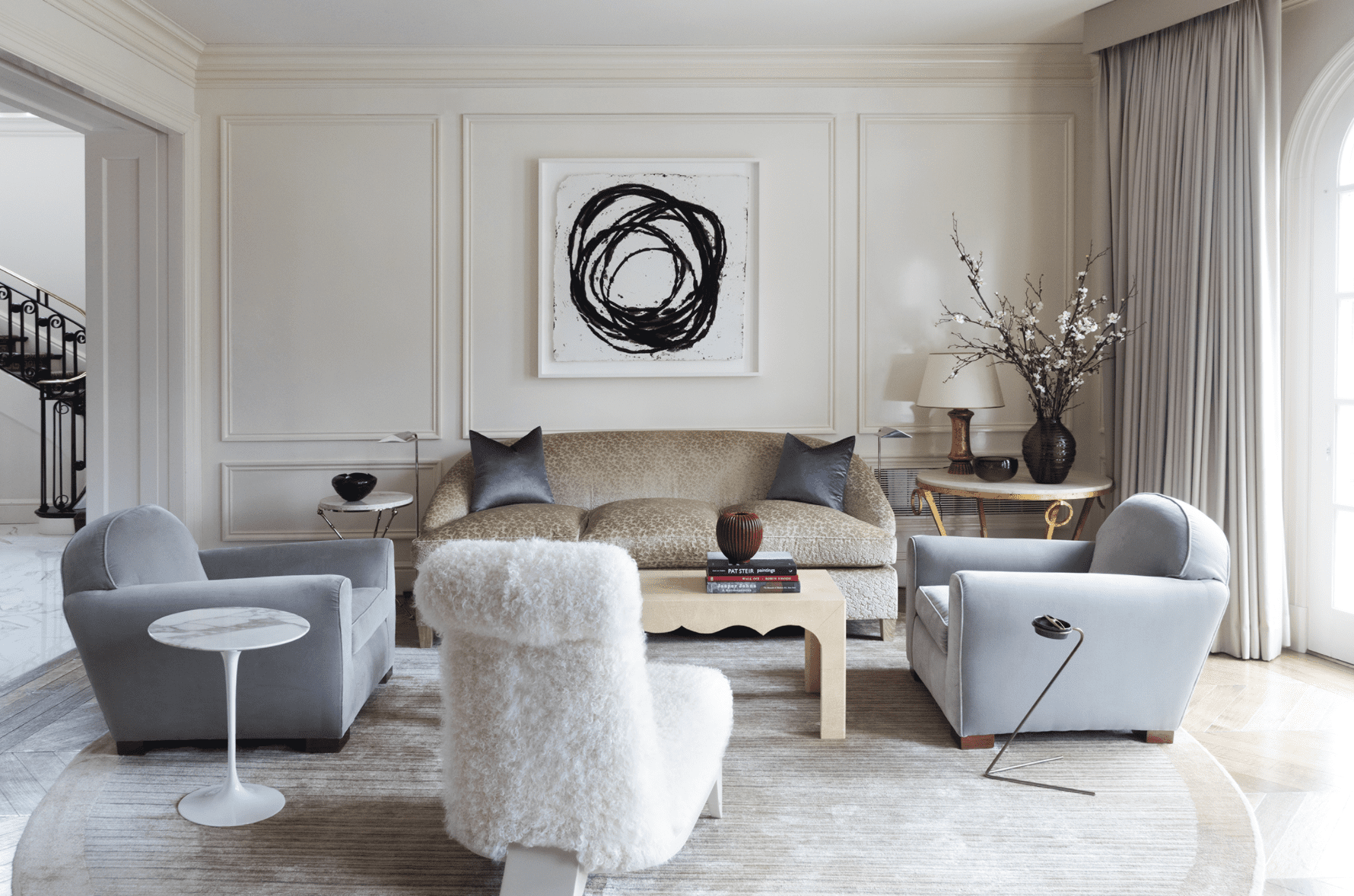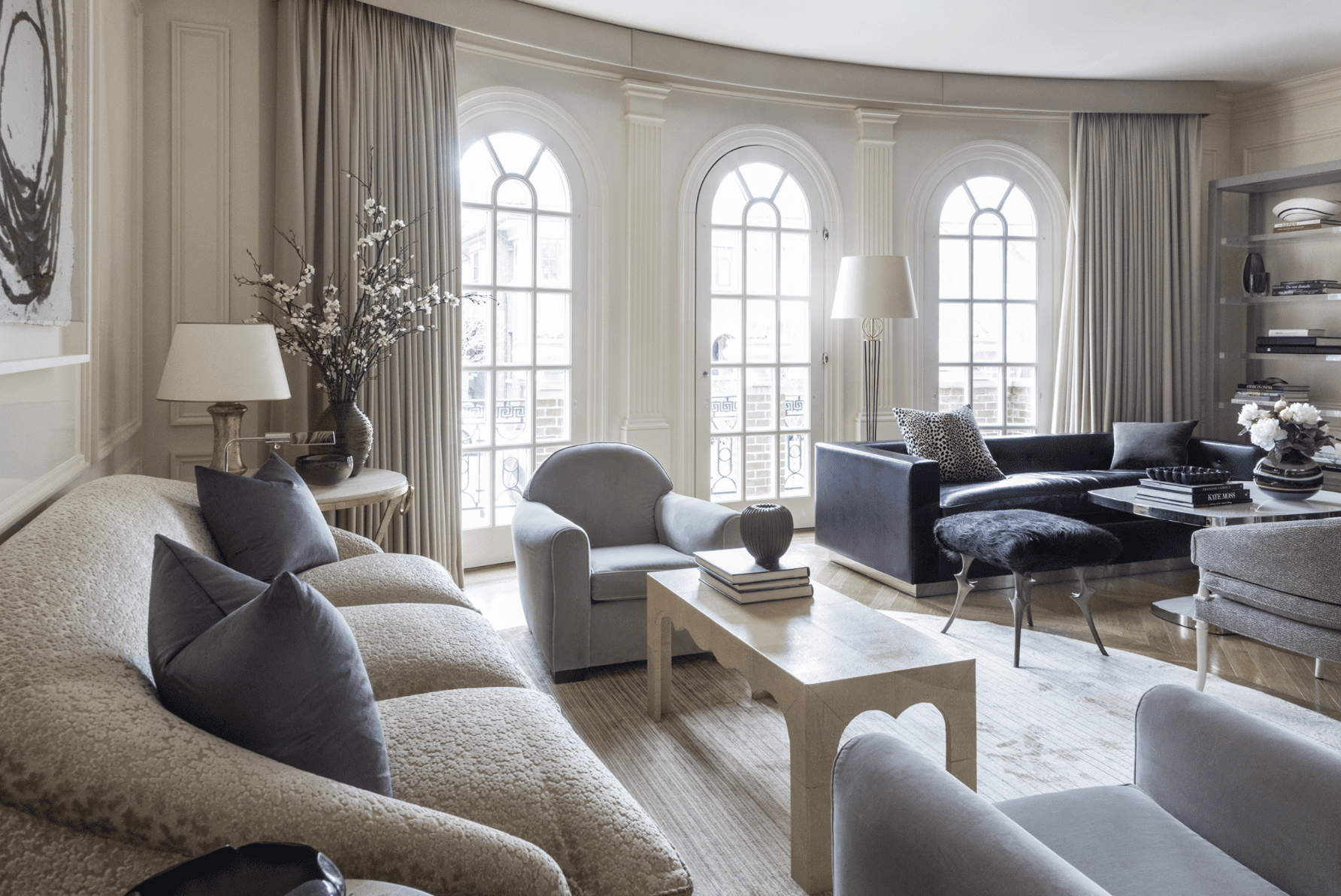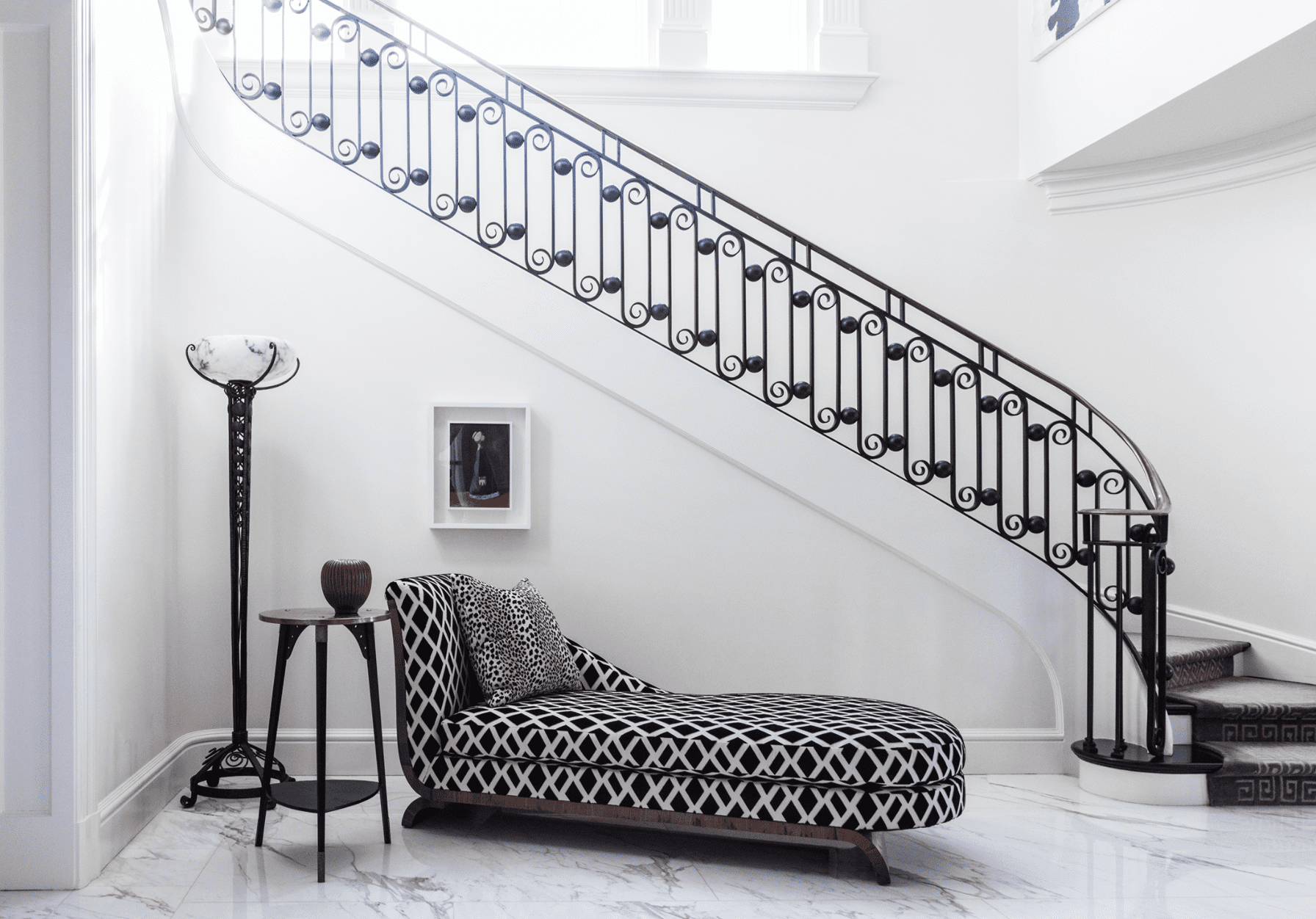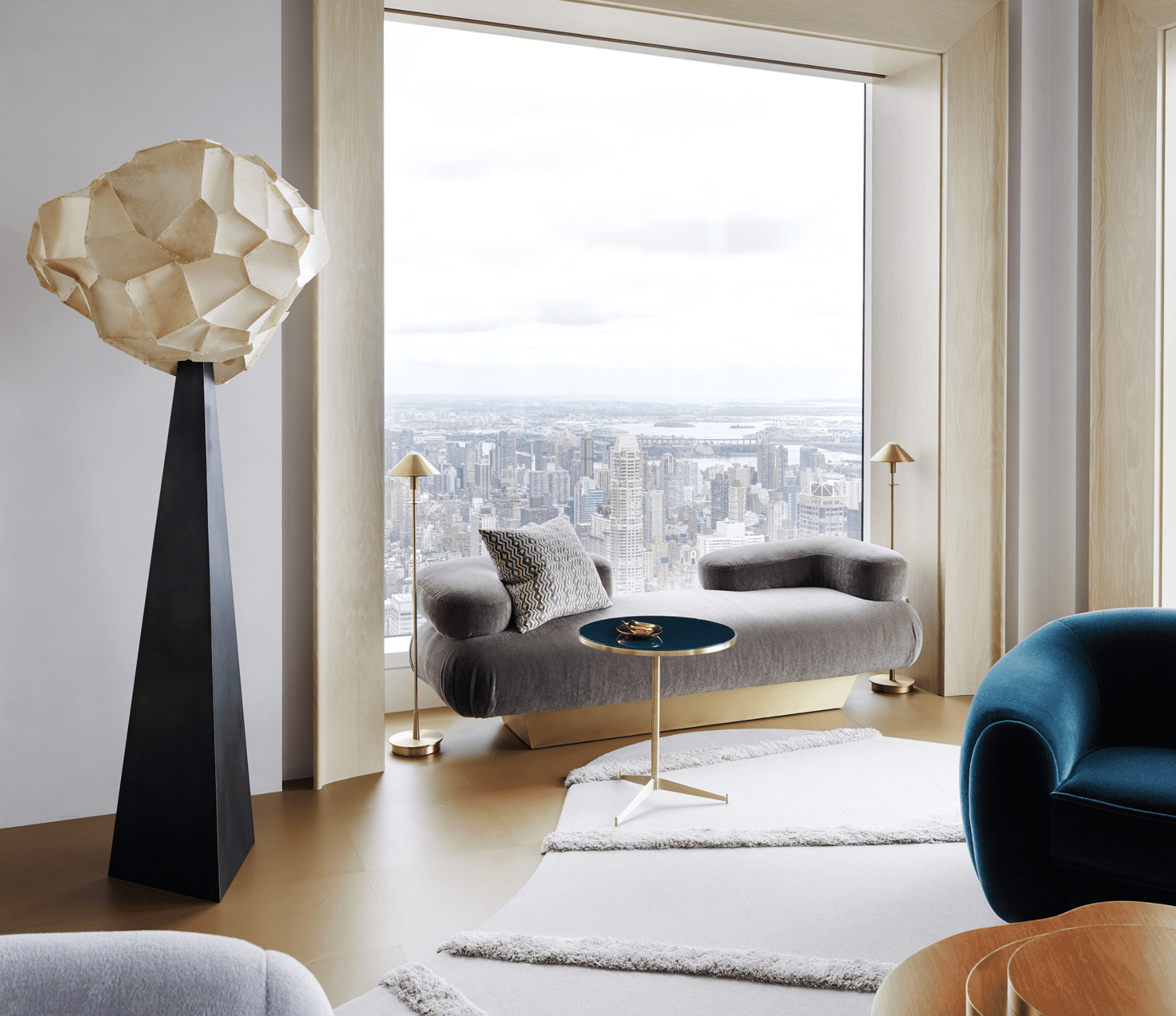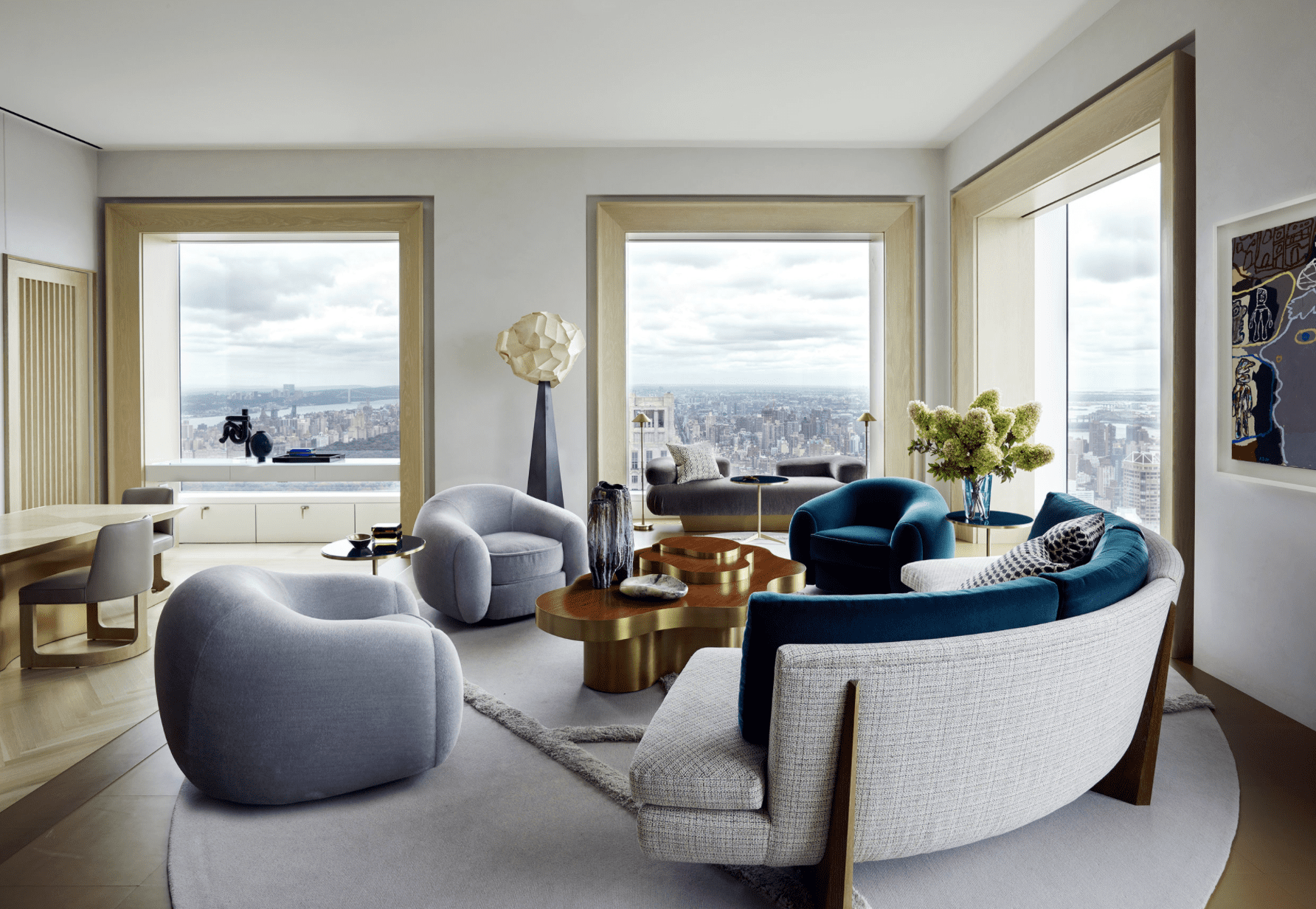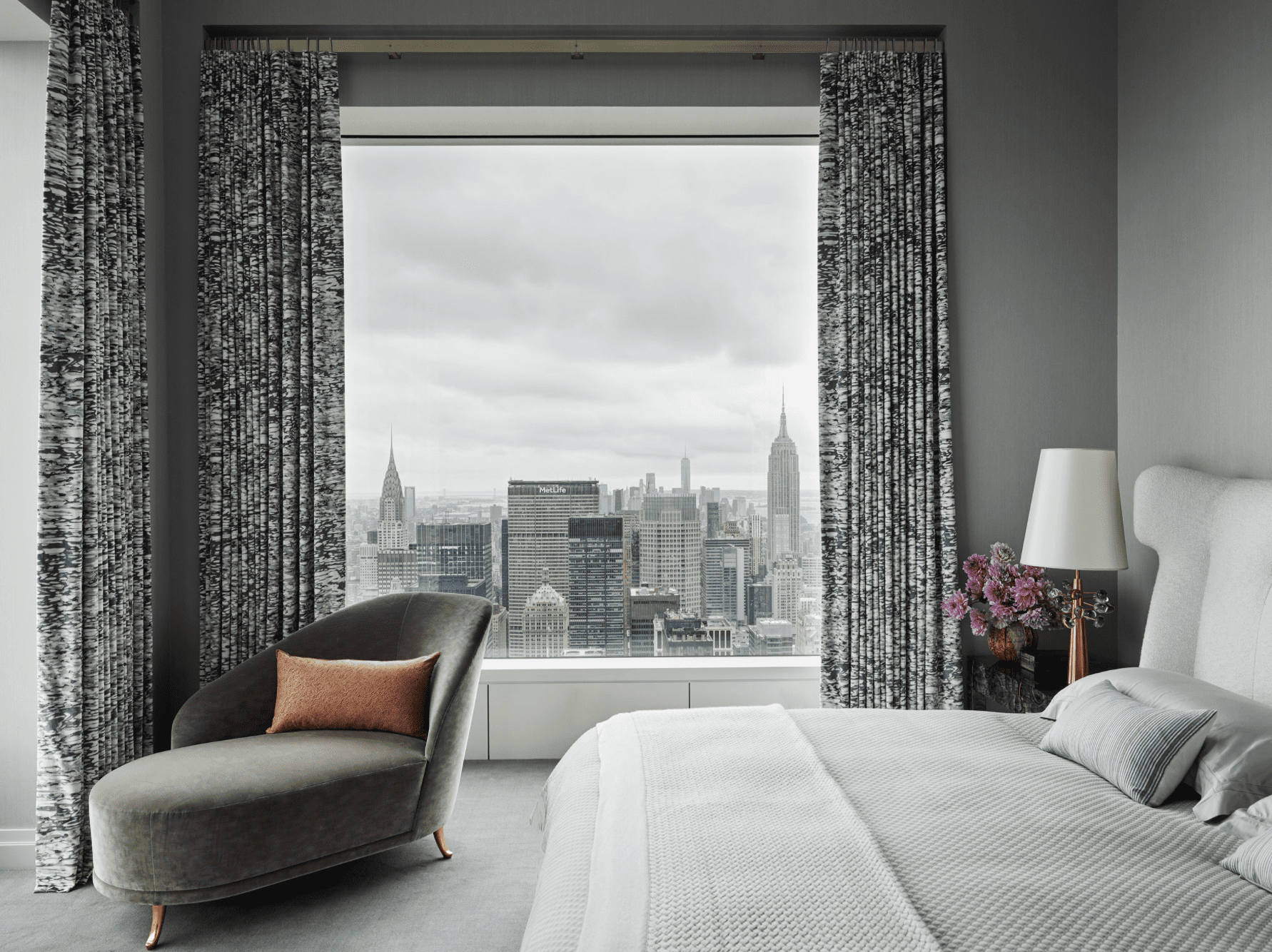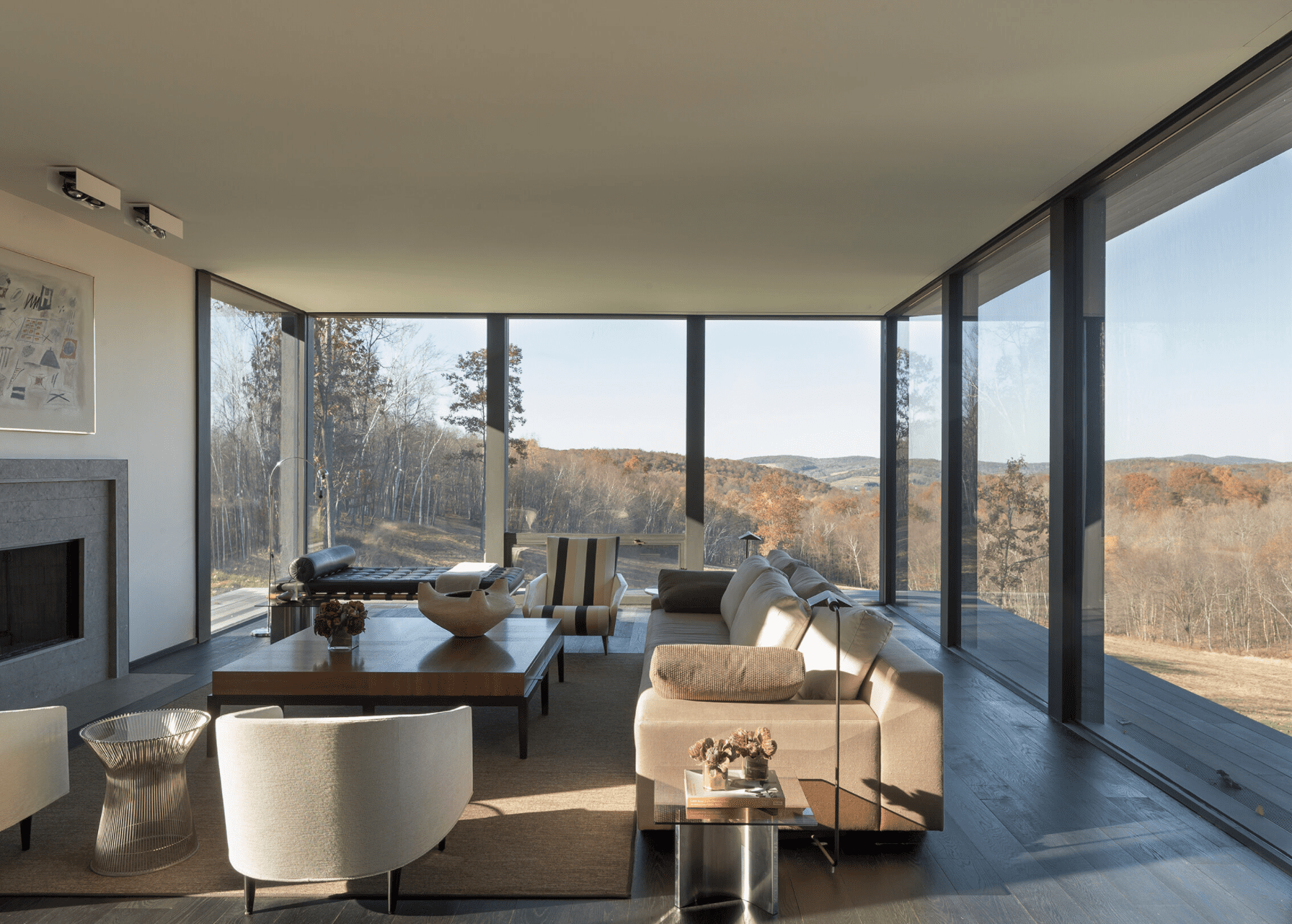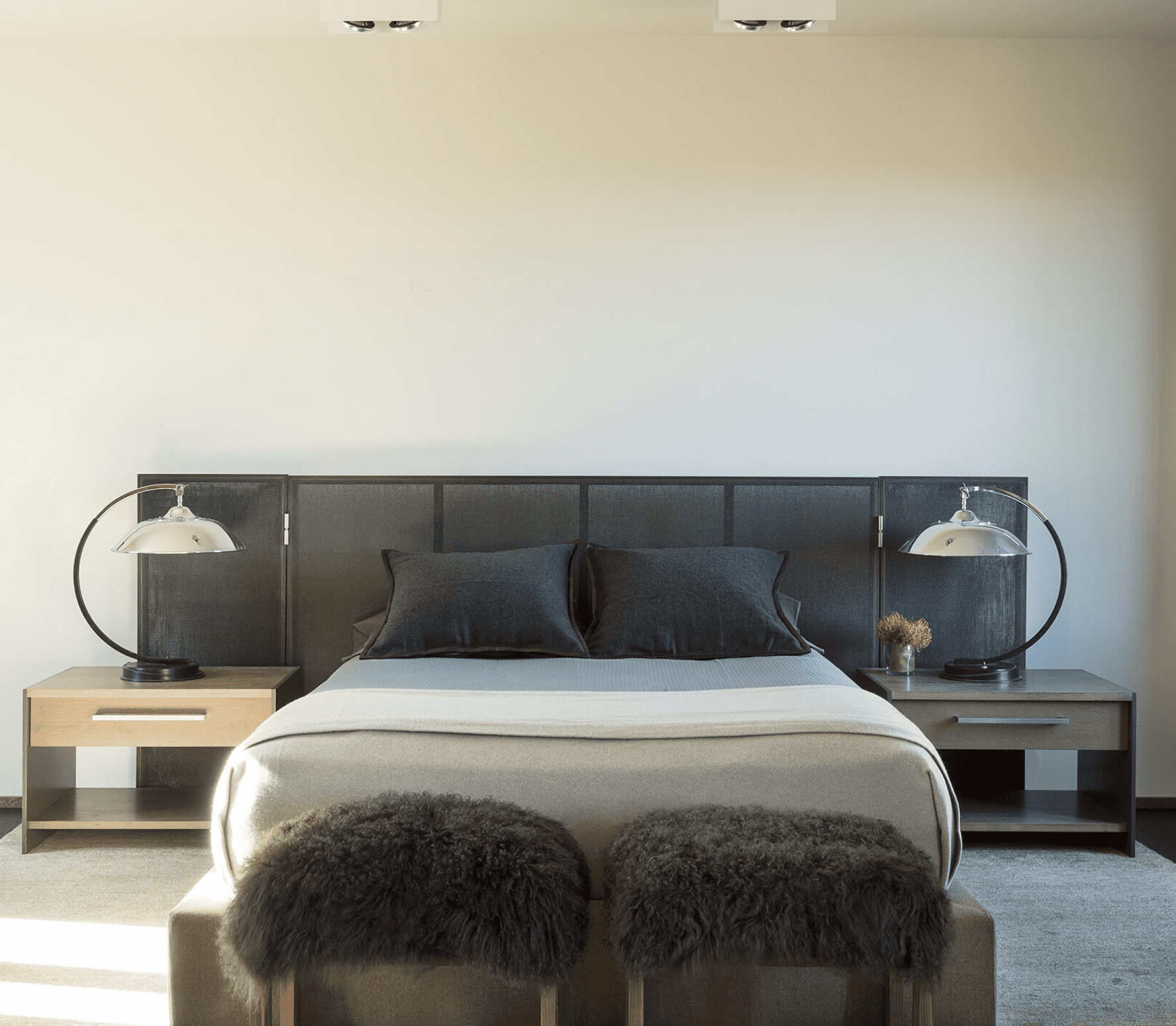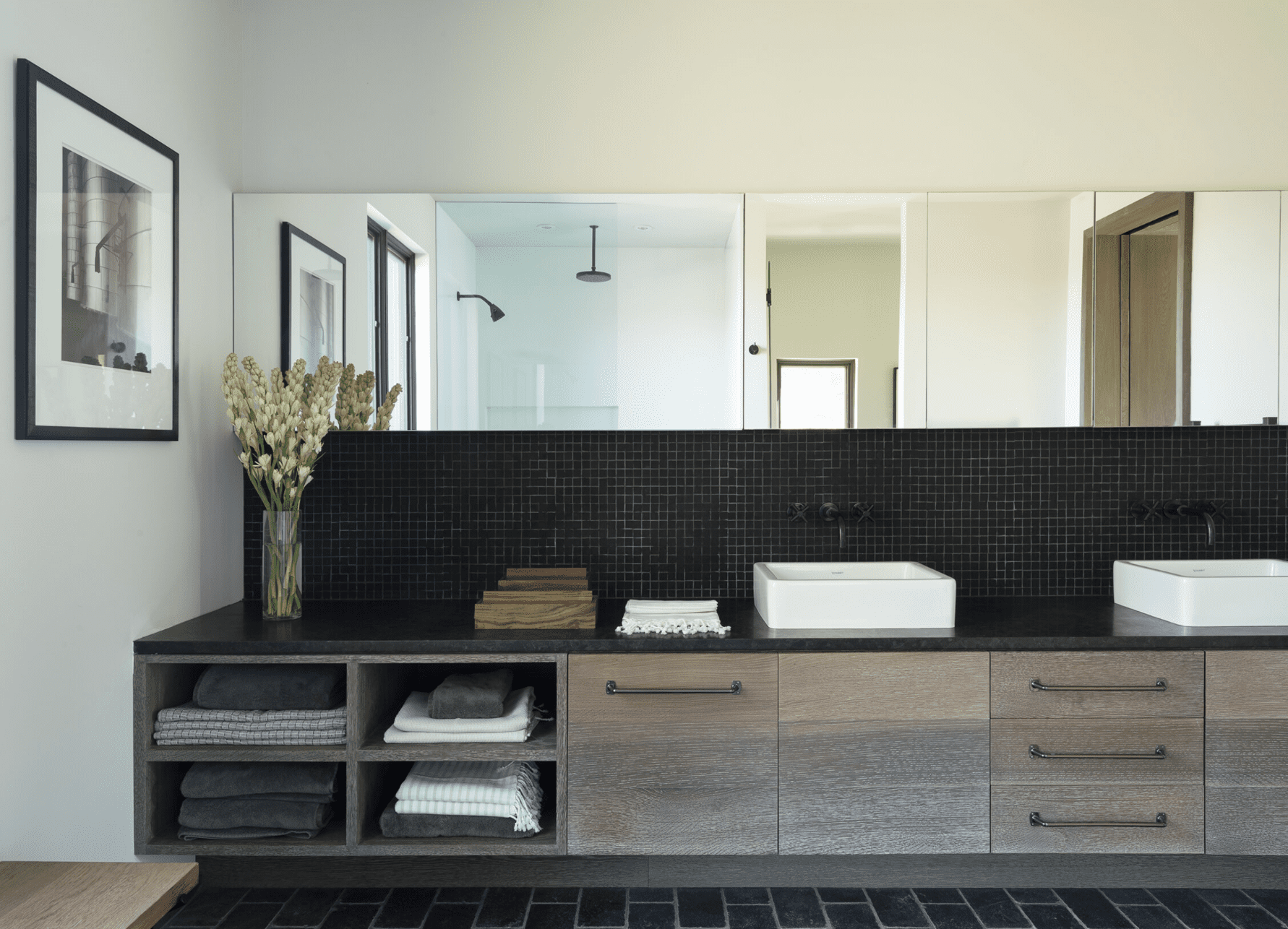"What Inspires Me" with Gaëlle Hintzy-Marcel
Many of us had to pivot in different ways during the pandemic but for New York-based French sculptor, Gaëlle Hintzy-Marcel, when she found out that the atelier where she had been working for almost 4 years would be closed for an unspecified period, she quickly had to change her way of working so that she could continue to sculpt out of her home. While she used to work mainly in bronze, pewter became her new medium along with resin, plaster and wood, as these allowed her to keep her hands involved throughout the entire process of creating her work. Strangely, the lockdown opened up new perspectives for Gaëlle, as she had always felt dispossessed of her work when a foundry was casting her bronze pieces.
Change is not new for Gaëlle. For the past 25 years, her sculptures have been influenced by the slightly nomadic life she has led. Born and raised in France, Gaëlle was introduced to working with her hands by her father, as she was helping him with odds and ends around the house. Thanks to him, she already felt comfortable with tools.
While working in Paris, she modeled in clay and plaster. She then lived for several years in Indonesia where she was introduced to bronze and developed her skills and honed her techniques. Her path soon took her to Russia where she concentrated on figurative work which plays so prominently a role in Russian culture.
But it was when she moved to Mumbai, India and, ironically, could not find an atelier to work in, she instead spent time in the practice of yoga which itself would open her up to new ways of expression in her artwork. These different cultures and encounters she made while abroad can be seen in her work both technically and philosophically.
As Gaëlle once said, “Being exposed to such different cultures, I had to adjust, understand, rebel, accept and love all of them! Each country gave me new eyes on life and the world, a new understanding of where I lived and who I was. And, you can read these influences in all of my work.”
Her sculptures are mostly figurative, and she uses positions and body lines to convey certain emotions. This is where the mind/body practice seen in yoga comes to play in her inspiration.

On a bright Spring day, I headed to Gaëlle’s home atelier on the Upper West Side. I was eager to see the sculptures that she was working on for her upcoming exhibition at Par Excellence and to hear more about what inspires her.
When and how did you discover sculpture?
I was inspired by a university friend who I stumbled upon sculpting one day which then led me to discover a sculpture store in my Parisian neighborhood. This was 25 years ago, and I am still inspired by sculpting every day. In the beginning, I did 2 years of clay modeling on my own before joining a sculpting atelier in Paris in order to learn the fundamentals.
I read that you are inspired by contemporary dance and that a gesture, a position of the body expresses a feeling that you try to capture in your sculptures. Can you please speak more about this?
Positions of the body are a different alphabet to communicate. Each time I see a dance show, I am inspired by a new position to express a certain feeling in my work. If you see a shoulder higher and you think, “so what?”, shoulders open and you read confidence, arms to the sky and you feel gratitude, feet planted firmly to the ground you get a sense of security, shoulders folding inwards you get a sense of humility. Each new variation of the body opens our sight to a new feeling. The position of the body speaks without any words spoken.This interaction between body and mind fascinates me and I use these positions as a tool to communicate through my sculptures. This is why I titled my new exhibition at Par Excellence, “Lignes de Vie” (Lines of Life) as the line of the body is always showing us something.

Where do you find inspiration?
I am inspired by every piece of art I am enjoying, by yoga, by modern dance, and by all sorts of objects such as a stone, a piece of wood, a piece of steel.
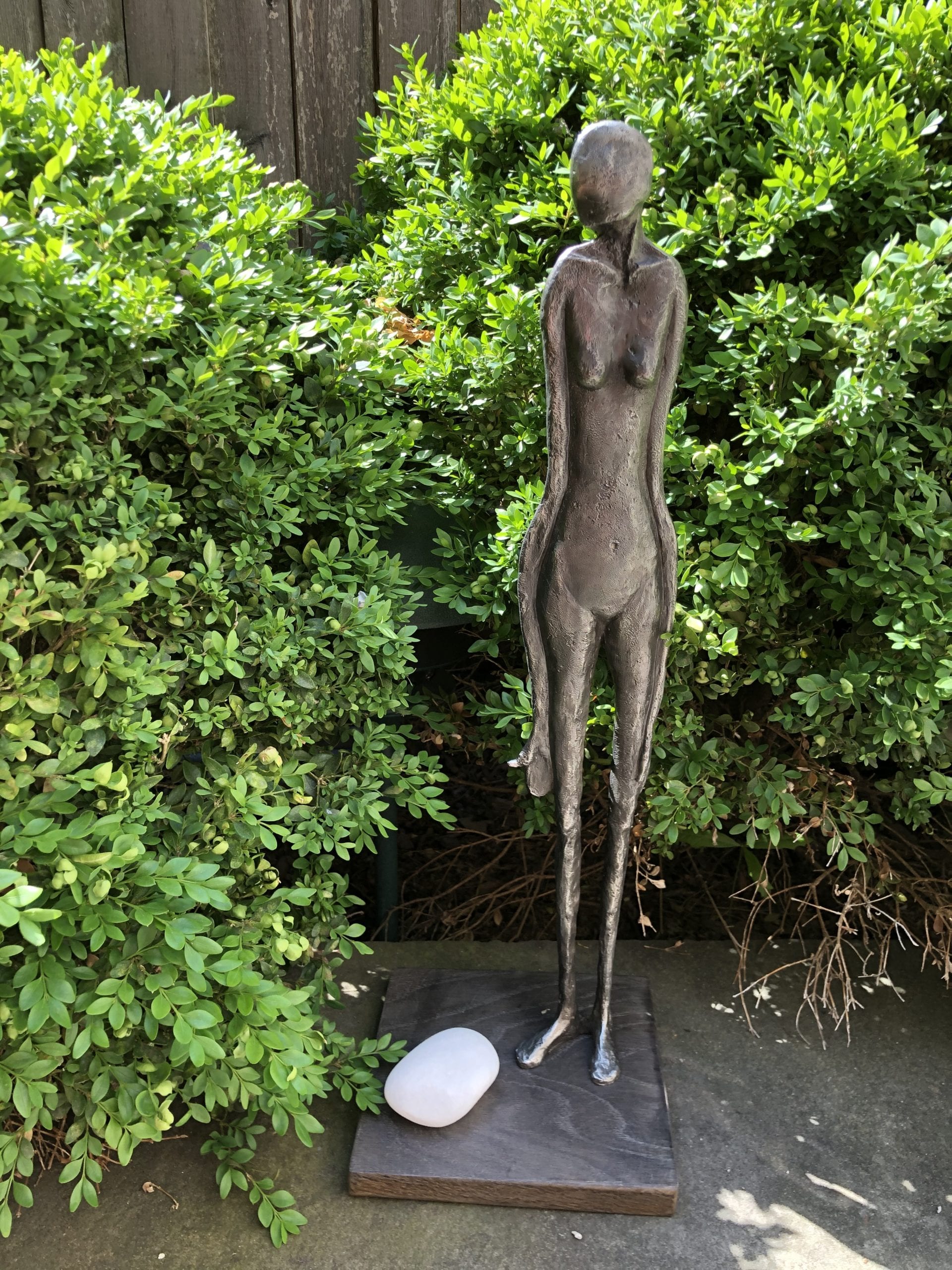
Which city awakens your creativity the most?
New York City.
What do you do when you are stuck on a project and need inspiration?
I take a pause, I create a distance with time. If possible, I put my project in my living room in order to live with it. If this is not possible, I take a photo of it…and I write down in my phone anything that comes to my mind…otherwise, I go and see art in a museum, this always gives me some new inspiration.
Where is the place that you can’t wait to get back to?
Paris.
Where is the first place you want to travel to after the pandemic is over?
The Great Wall of China but I know I will not go anytime soon…
What is your favorite city or place in the world?
Bali. For peace and surfing, authenticity and kindness, smiles and Frangipani flowers!
Favorite gallery/museum?
In NYC, The Met, MoMA and Fotografiska.
In Paris, all of the galleries around Rue de Seine in the 6th arrondissement, the streets, the squares, all the feelings around there inspire me a lot.
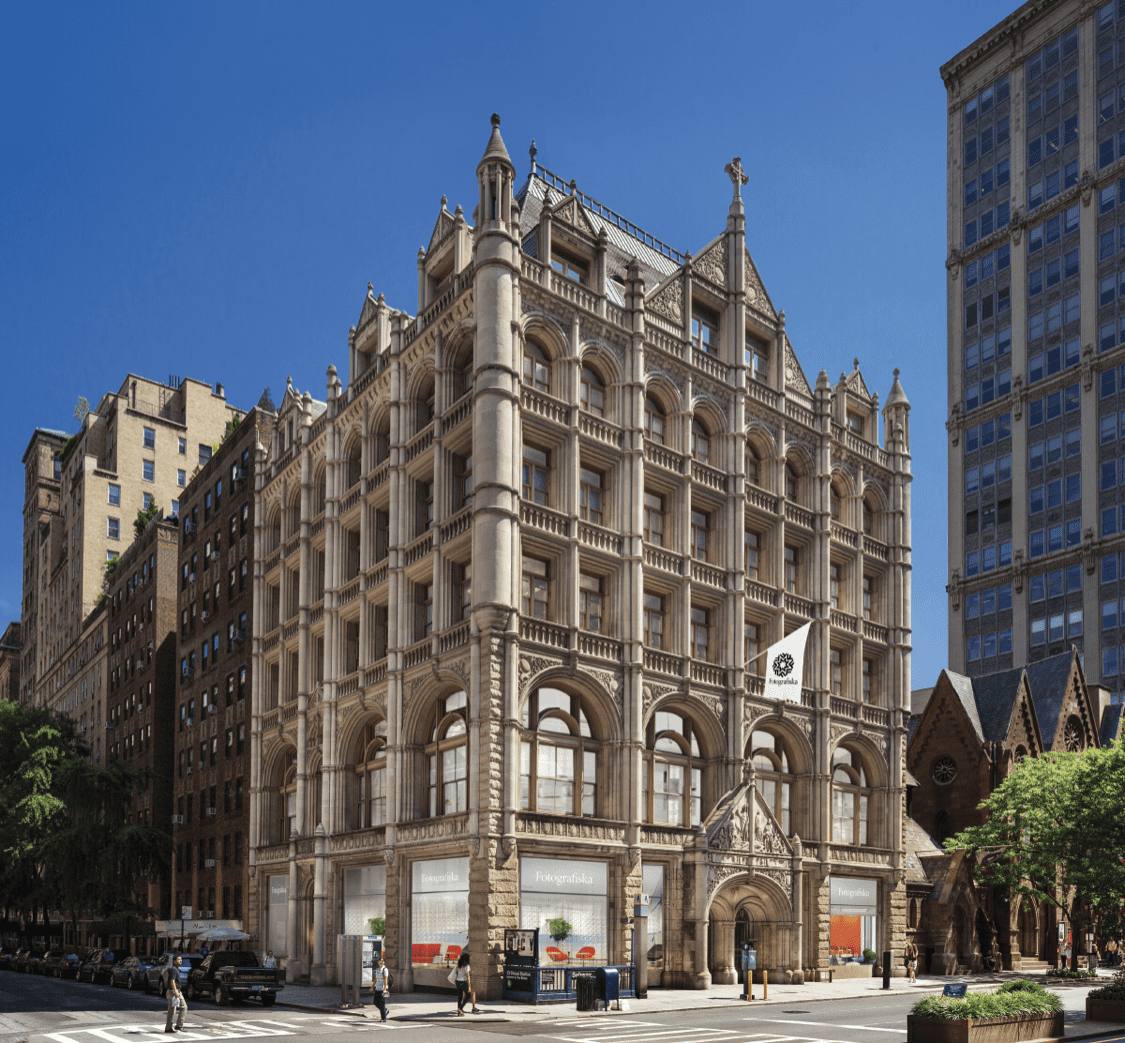
At your studio do you work in silence, listen to music or a podcast?
I mostly work in silence but there is no silence…I like to hear the real world around me. When I use electric tools, I sometimes like to cover the noise with music.
What advice would you have liked to receive at the beginning of your career?
Trust your instincts.
Do you have a favorite quote?
“The more I know, the more I realize I do not know”, from Aristotle.
What is something that people don’t know about you / would be surprised to find out about you?
I love science fiction and comic books: Enki Bilal, Jodorowsky, Moebius, Jean-Claude Meziere.
Did you discover any new artists recently?
Tawny Chatmon is a photography-based artist that I discovered at Fotografiska. I like that she uses photography as a first layer and adds collages and paint to the surface which gives her portraits a powerful emotion.
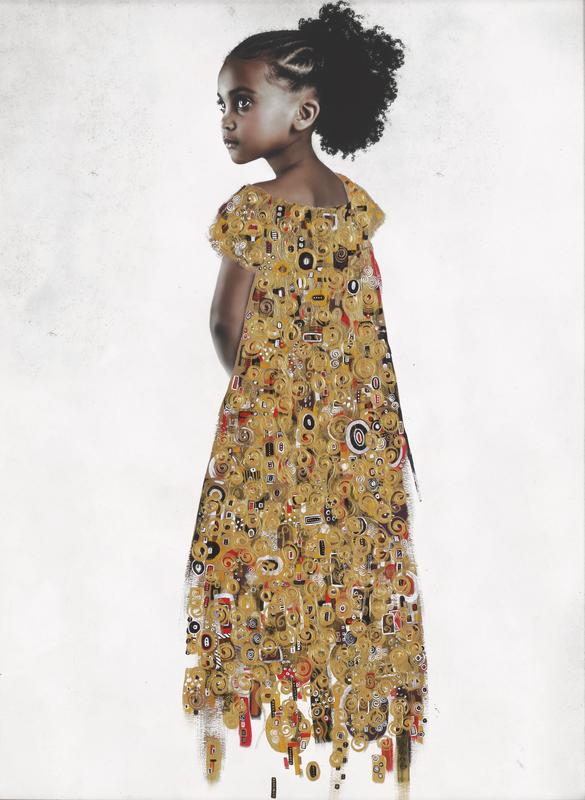
Julie Mehretu is a great artist that I discovered at The Whitney Museum. She creates impressively gigantic paintings with colors, lines and shapes. Her work is mostly abstract, but she sometimes adds some figurative parts as a canvas for abstraction.
Who are your favorite sculptors?
Alexander Calder, for his ingenuity.

Auguste Rodin, for the details of the human body.
Subodh Gupta, for the use of everyday life objects in his sculptures.
Louise Bourgeois, for the expression of her subconscious as a woman.
What podcast are you listening to?
“Demain n’attend pas” by Delphine Darmon (dynamic discussions with inspiring people acting in various fields to change the world).
“Les PassionariArts” by Adeline Couberes (giving a voice to women, inspiring and engaged in the art world).
What are your current favorite books?
L’Anomalie by Herve Le Tellier (there is a bit of science fiction, humor and philosophy in it which resonates with me so much).
Where the Crawdads Sing by Delia Owens (pure nature, pure beauty, pure sensitivity).
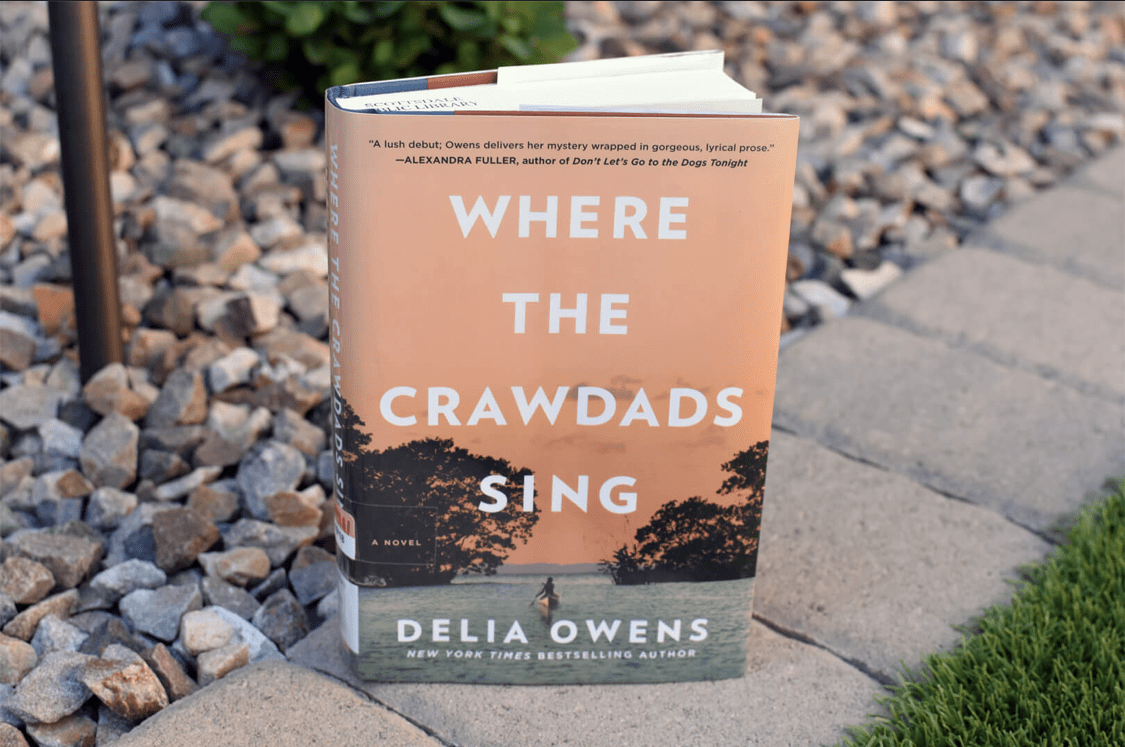
What is your favorite room in your house?
My terrace where I can hear the birds sing.
What is something new you learned, or a project you started at home during the pandemic?
I started working with plaster mixed with paper as it is less messy to work this way at home.
What is an object that you would never part with?
My glasses.
Springtime in Paris or Autumn in NYC?
Both.
This year I want to…
Travel more and to keep on working on collaborative projects with other artists.
Gaëlle’s solo exhibition, “Lignes de Vie” (Lines of Life) will be on view June 11-19th, 2021 at our showroom at 344 Bowery. It will be open to the public by appointment only. Schedule an appointment at Eventbrite: https://www.eventbrite.com/e/lignes-de-vie-sculpture-exhibition-hosted-by-par-excellence-tickets-155511307507
For private viewings, please email gaellehintzymarcel@gmail.com
You can see more of Gaëlle’s work at https://www.gaellehintzymarcel.com/ and on Instagram @gaellehintzysculpture.
Share
Marie Grillo, a poetic focus on stained glass
After training at Olivier de Serres and with other glass artists around France, such as the Ateliers Saint Didier and Saint Georges, Marie Grillo set up her workshop “La couleur du verre” (The color of glass) in the 13th arrondissement of Paris. She designs and manufactures stained glass and collaborates with interior designers.
The Par Excellence team stopped by her workshop to talk with her about her relationship with this art.
When Marie Grillo began her studies as a craftsman, she chose this discipline because of the similarities with her classical dancer education, in the search for the perfect gesture and in the relationship with light. “Like the dancer on stage, the stained glass window needs light to exist”, she explains.
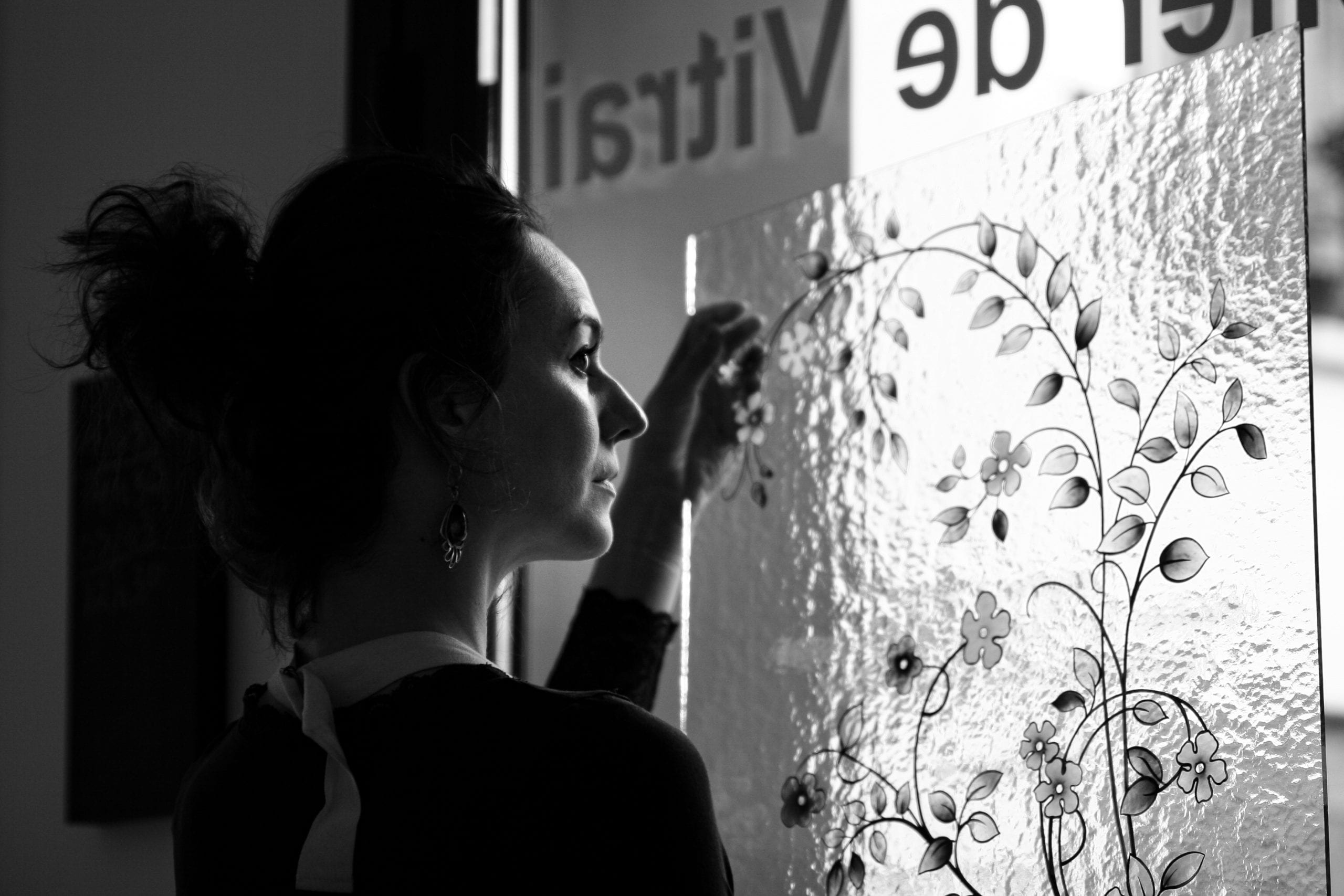
Marie Grillo speaks passionately about the nobility of handmade glass: she believes that working with this material is getting closer to the past, creating a relation with time which contrasts with the fast-paced nature of our current society.
Working this art requires calmness, concentration and a certain precision that puts her into a deep meditation.
“The creation of a stained glass window is complex, because you have to take into account the subtle play of the light that it reflects, and that varies according to the glasses, its colors, its relief or its nature, whether painted, translucent or sandblasted. This interplay also changes depending on the type of light the glass reflects: direct, grazing or artificial, and all of which varies over the course of a day,” she explains.
Creating a stained glass window is about creating a work taking all of these elements into account.
Marie Grillo’s creations respond to the place, and the given function of the stained glass. The best-known application is window ornamentation or the window coverings, that illustrate the nobility of a place. But it is also used to hide or separate parts of a room, like a veil that lets light through.
For example, she has done it for a restaurant to separate the bar from the dining area. In a more unusual way, it can be found as a decorative element for furniture.
Marie Grillo particularly likes creations that offer a large surface of expression, which she intends to develop in her new workshop.
Follow Marie Grillo at @lacouleurduverre. For any information on her artworks, reach out at contact@lacouleurduverre.com
Share
"What Inspires Me" with Noé Duchaufour-Lawrance
After growing up in Brittany and training in metal sculpture, and then continuing his professional training in Paris, designer Noé Duchaufour-Lawrance is now pursuing his path in Portugal, while also running the Paris studio. He began his career as a designer in 2000 and quickly met with dazzling success thanks to his emblematic achievements such as the design of the restaurant, Sketch, in London. In 2018, he moved to Lisbon to open his Made in Situ gallery and explore the richness of a “place marked by a strong identity”.
Par Excellence had the opportunity to interview this renowned designer. Noé opens up to us about the reasons that pushed him to move away from the French capital, gives us his vision of Portuguese craftsmanship and lets us discover some pieces of his new collection.
Noé, before joining the Arts Décoratifs school in Paris, you trained as a metal sculptor. What did this initial training bring you? Can you tell us more about your path, your career?
My creative process is often based on working with my hands. It is sometimes by directly throwing myself into working on a model that the inspiration materializes.
In my view, you are in the same process whether you are sketching or drawing. I understand it as artisanal work; there is, for me, this idea of working with a tool to create.
Compared to an industrial design profile, it seems to me that a visual artist’s eye is liberating in the creative process; in the sense that I approach projects in an abstract way or, by contrast, very instinctively, directly through the material.
This manual work also extends later into the design process; I make many decisions based on prototypes or sections with my teams and partners.
From my training in sculpture, I like having contact with the material and the textures, the perpetual questioning of the way to build and make each thing.
I like going to workshops, to interact with craftsmen. Compared to other designers, I am perhaps less apprehensive about approaching manual skills. I don’t hesitate to go into the manufacturing techniques, to ask questions to bring quick answers. Through this direct link, in a way, we together erase the lines between conception and realization.
Since 2018, you have been based in Lisbon and are sharing your time on projects between France and Portugal, why this departure? Does your move to Portugal mark a new period in your career?
Indeed, I moved to Lisbon in the summer of 2018. Choosing a new country means leaving your comfort zone, looking and perceiving things differently. I grew up in Brittany. So, while I was living in Paris, I was looking for a place to breathe and see the horizon. It was a time in my life when I really needed space and a place with a strong identity. These elements are necessary and inspiring for my work. In Portugal, the ocean/land relationship offers this opportunity.
I have worked a lot in my life, sharing time with artisans. I also find the industry fascinating, the whole process that involves the know-how. I wanted to find a place where design was an integral part of the economic activity. Portugal is a country in flux, in transition, rooted in heritage but currently on the move and this dynamic is one of its assets. It seems to me to be one of the only countries that always returns to its roots. Certain traditions are still very present. The country remains attached to a certain form of “simplicity” which, in my opinion, is essential.
“Choosing Portugal means taking a new approach – getting physically close to the work of the artisans, to their workshops.” – Noé Duchaufour-Lawrance
It’s exciting to be a stranger in a new country, it gives you energy and momentum. This feeling allowed my project to come to life, with great moments of excitement and exploration, like the beginning of a love story. In Portugal, I launched a design “laboratory” called MADE IN SITU. In parallel, I continue to run the Paris studio. It is more and more dedicated to high-end and collectible design furniture. We are developing custom pieces for international private clients and are preparing the release of a furniture collection for next year. We continue our fruitful collaborations with major international players such as Bernhardt Design, Saint Louis, Revol, La Manufacture and Ligne Roset. It’s all about the people and the exceptional encounters I make along the way.
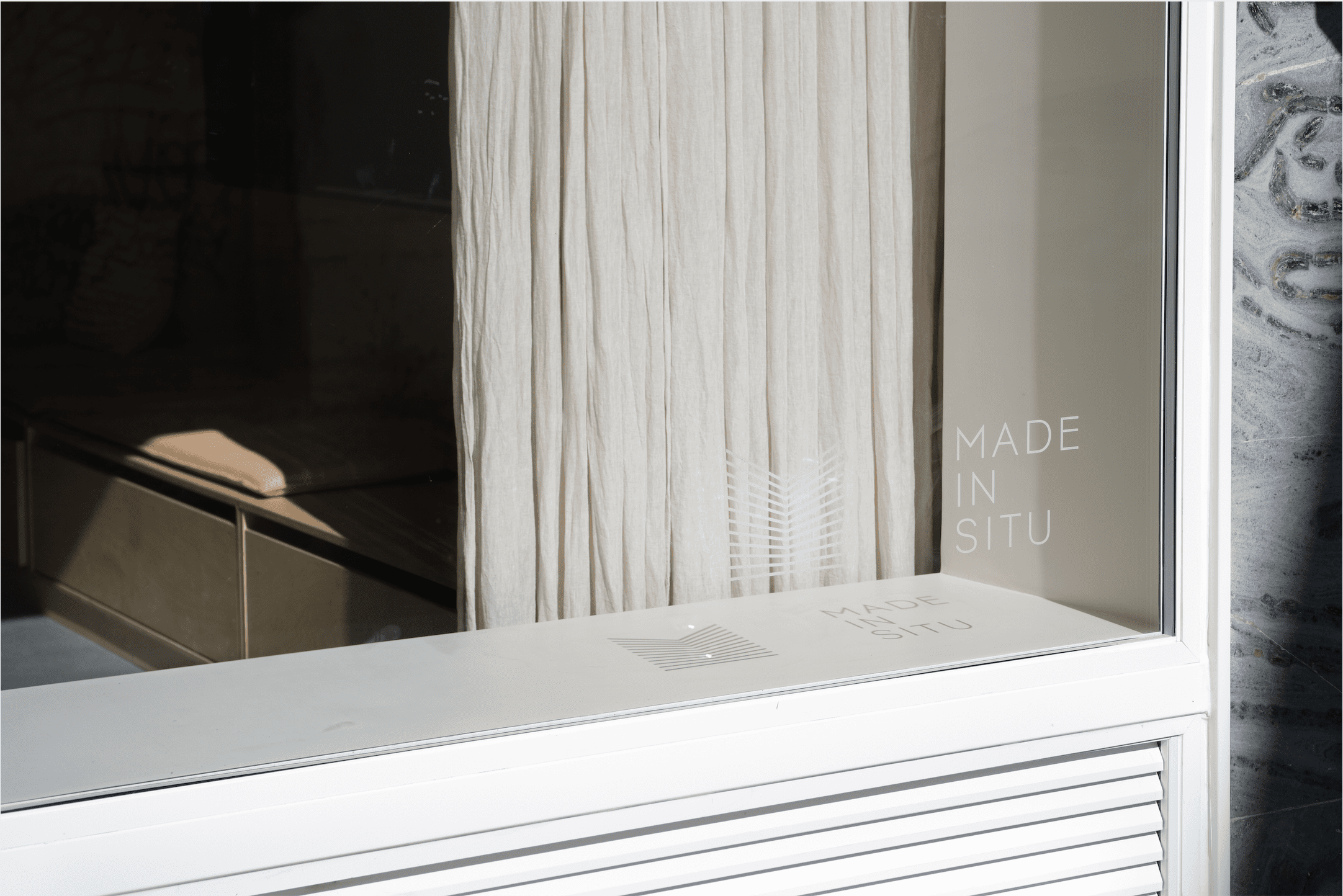
In the course of your life, you have lived in Brittany, in Paris, and now in Portugal. We understand that nature and travel are a great source of inspiration. How do these inspirations translate into your design and choice of materials?
I have fond memories of a childhood spent far from the city, by the sea, which I regularly reactivate in my projects.
Without imitating it, I am inspired by nature, its universality, the mysteries it contains, and the fascination it brings. The flexible line of an armrest, the organization of a space, the softness of a seat, the ramification of a structure, are all elements that allow me to express this organic and sensitive link between the body and the environment.
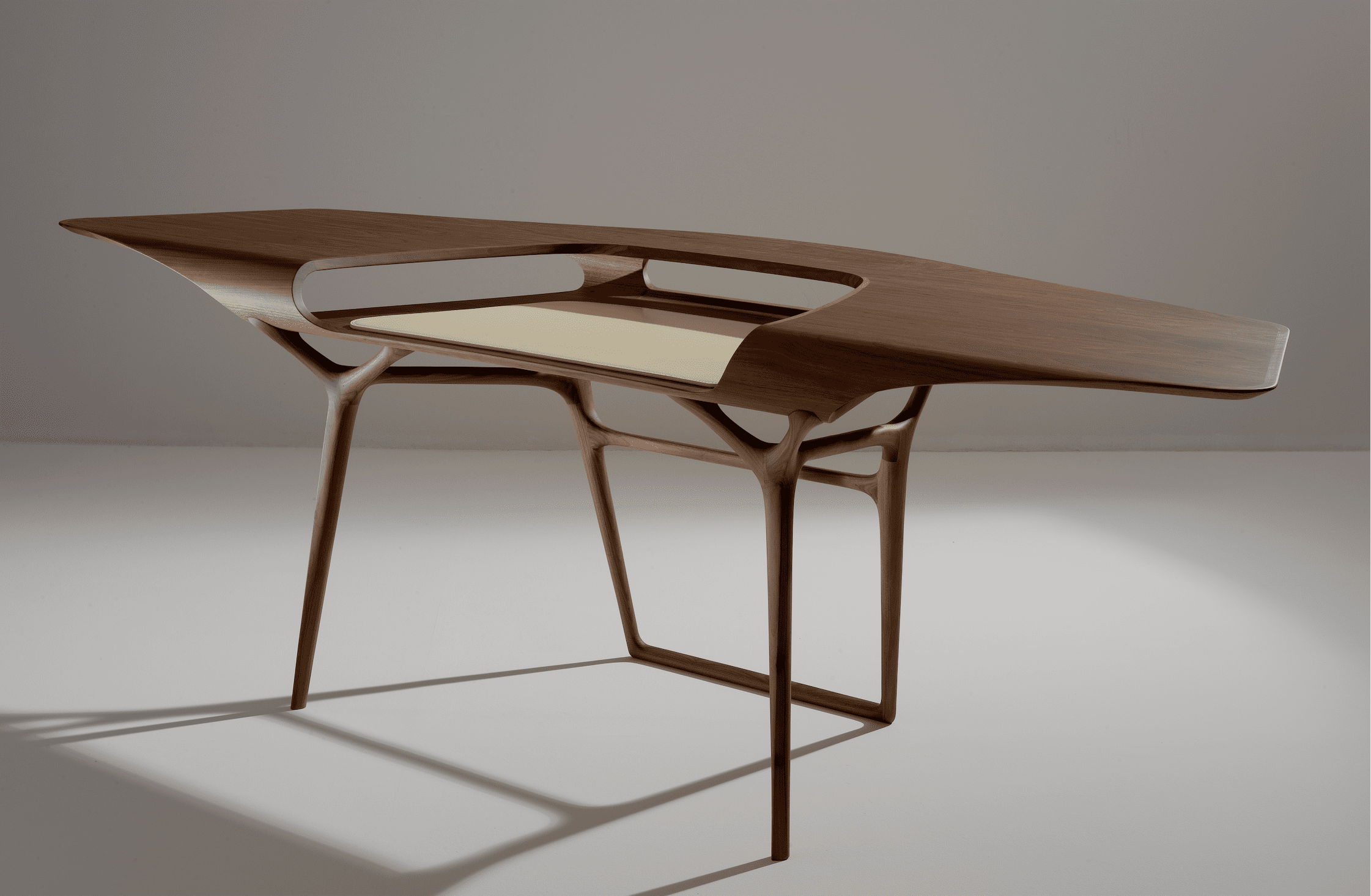
Is there a different approach to craftsmanship between France and Portugal?
When I started exploring the know-how in Portugal, I came to a brutal conclusion: craftsmanship is valued more highly in France than in Portugal where it suffers from a cruel and unfair lack of recognition. It was considered for years as a lesser art. The most immediate consequence was that few young people wanted to take over the workshops and during the last decades, expertise disappeared when the craftsmen retired from their businesses. But things are changing very quickly at the moment, and this is a very good thing.
On our scale, with the MADE IN SITU collections, we participate in highlighting certain trades, vernacular materials and people. We are quite far from French-style excellence, but we create direct relationships with people, with the material, and try to tell through the pieces the stories anchored in their heritage.
Crafting of the BARRO NEGRO Collection
In 2020, you opened a gallery in Lisbon, called Made In Situ. Can you tell us about this great project? Which artisans do you collaborate with on this project?
After my first year in Portugal, I initiated the MADE IN SITU project. It is about exploring Portugal through crafts, human encounters and vernacular materials. Last September, MADE IN SITU unveiled its first collection in our Lisbon gallery: BARRO NEGRO. We created an immersive installation with sound, and a film, to magnify a series of objects made of black ceramic. It was very moving because it was a personal project that I had been carrying around for a long time and that finally saw the light of day. The collections are the result of our investigations and long-term collaborations with Portuguese artisans. We are now preparing the release of our second collection, BURNT CORK, a series of sculptural furniture, carved in blocks of cork, which will be on display from May 20 in Lisbon.
MADE IN SITU IS THE MANIFESTATION OF A CREATIVE DYNAMIC OF APPERCEPTION, ROOTED IN THE TREASURES OF A TERRITORY, ITS ARTISANS AND ITS SYSTEMIC LINKS WITH NATURE. REVEALING A CYCLE OF SEASONS, EACH WITH ITS OWN HISTORY.
BARRO NEGRO, first collection of the Made in Situ Gallery
You put a lot of importance on craftsmanship, how do you interact with artisans and to what extent do you integrate them into your creative process? Is the starting point the material, the technique, an encounter, a drawing?
Over time, I have realized that the ideal project is actually quite simple on paper. It is a project where all the protagonists speak with one voice. A client who trusts you, partners who understand you, and a design that is in line with its context… From this equation, honest and often obvious projects are born.
I approach creation through its context, no project should be dissociated from it. It is this context that feeds my inspiration. So, for the partner craftsmen, the meeting is the starting point. I like it when the first exchanges are fluid, when the artisans teach me things, when they are open to going beyond their habits, to explore new techniques, to propose new solutions, in the service of design.
You have collaborated with several artisans from the Par Excellence collective, Ozone, the Manufacture de Tapis de Bourgogne, Jouffre and the Ateliers Saint-Jacques.
What common quality do you appreciate in these artisans? Can you tell us more about your collaborations with each of them?
We can indeed identify common traits between the professionals of the PAR EXCELLENCE collective with whom I have had the chance to work.
Clearly, the standards are very high and they are partners capable of a strong work commitment.
“With our interlocutors, we feel that each one is full of the same passion for his job. In the daily relationship, they are all experts, eager to learn new things, who show a desire to progress, and an ability to overcome obstacles at each stage of the development or manufacture of the pieces.”
Especially for the past 3 years, we have been working on many projects with the collective. It’s impossible to honor everyone!
The first example that comes to mind concerns Ateliers Saint-Jacques and their work on an exceptional desk, an extremely sculptural, not to say very complex piece that we delivered abroad in 2020. On the one hand, I was sensitive to their appetite for dialogue on design from the very first exchanges. It was like fuel. We also appreciated the way the wood and stone workshops collaborated throughout the project; their great technical knowledge but also their openness or perhaps their humility, they know how to question their knowledge and propose tailored solutions. On the other hand, I want to emphasize the commitment and personal engagement of the teams: they really gave everything to complete the manufacturing in time, always with great professionalism and they showed great nimbleness when it came to installing the office on site in record time. Well done!
I would also like to mention a past collaboration with the teams at Ateliers Jouffre for a custom seating package in 2019-2020. With my team, we benefited from their expertise in guiding and monitoring the project from start to finish. It was focused and ahead of time; the work provided was very thorough at each stage on the pieces while the timing was very tight. This exceptional sense of service was very reassuring for us and the clients. It enhanced the technical work of developing and executing the perfect furniture. A form of elegance that suits the type of project and client that we accompany.
Discover the current and upcoming projects of Noé Duchaufour-Lawrance:
- Educational direction of the Fondation d’Entreprise Hermès, the 5th edition of the Académie des savoir-faire, vintage 2021, dedicated to glass and crystal
- May 20, 2021: launch of the Burnt Cork collection, Made In Situ Gallery, Lisbon
- May 2021: Launch of furniture for La Manufacture (armchair, coffee table)
- Summer 2021 : Creation of glass coffee tables with the InGalleria gallery, Punta Conterie, Venice
- Collaboration on a collection of bronze pieces with Maison Intègre
- Development of the publishing house Noé Duchaufour-Lawrance Editions which will be launched in the first half of 2022
Follow Noé Duchaufour-Lawrance at @noeduchaufourlawrance. For any information on his design, reach out at contact@ndldesignstudio.com
Share
"What Inspires Me" with Joyce Billet
I first met the French-American artist Joyce Billet through mutual friends over a long leisurely lunch. I was immediately intrigued by Joyce’s story of how she segued from being an architect to becoming an artist. Born and raised in Paris, she went to university in New York and graduated from Pratt Institute with a Bachelor’s in Architecture, and in 2010 she received a Master of Science degree in Advanced Architectural Design from Columbia University. She then went on to work at prestigious firms such as Norman Foster in London and Studio Daniel Libeskind in New York. But it was when she started working as an in-house architectural designer at Chanel that she realized she wanted to find her own voice in the arts. In mid-February 2020, I visited her studio in Long Island City not knowing that would be my last exposure to art in person before the world went upside down. I fell in love with her work as I was immediately struck by her process. She hand-paints monochromatic brushstrokes on a canvas and then translates them into a computer-generated format so that they can be laser-cut and etched by a machine. The results are striking. The lines are blurred between painting and sculpture, analog and digital and between the artist’s hand and a computer-generated work of art. Using modern technology, her chisel is now a laser cutter.
In her series “Paper” and “Decay” one especially sees the effect of the gentle hand of the artist that is then burned with a laser-cut revealing the stress and destruction of the material. Throughout her work, she explores this tension and duality between the natural and the artificial, between the unique and mass produced, between tradition and progress. Her background in architecture has influenced her work as she plays with materials and scale to mix the sensations of painting and sculpture.
At the start of the pandemic, Joyce and her family moved from New York City to Miami where she spent her teenage years. During that first lunch together 1 ½ years ago, we immediately bonded as I, too, grew up in Florida. We both agreed that when we are in Florida we are taken by the vast open sky and spaces. Now that she is living there full time, this openness has inspired her to go back to her old work and make them on a bigger scale such as the series “Rising”.
I recently caught up with Joyce over FaceTime to find out her thoughts about living in Miami vs New York City, her art influences and what is inspiring to her.
Why did you transition from being an architect to becoming an artist?
Artists are architects and vice versa. They are connected, and I believe it is only a matter of approach. I felt that being a visual artist would allow me more freedom for creativity and having the time to explore my own interests at any scale possible. Architecture is present throughout my work and it has a strong influence on every piece. I do feel the concepts I develop in my practice will be able to live at a larger scale as furniture or public art pieces as well.
Is there a new project or series that you are currently working on?
There are always a few things I am currently working on. One of them being to explore some of my textural works for surface treatment, that could serve as a paneled textured art piece to be presented in larger areas.
During the pandemic I developed a series called “Fragmented Reality” which was shown in a group exhibition at the Missoni showroom during Miami Art Week last December. This series explores the surreal event of 2020 that has led us to live fragmented lives; in fragmented locations; and at fragmented times. We have only been offering a glimpse of ourselves to the outside world when we venture out, physically or virtually, with masks, fake or blurred backgrounds on Zoom. “Fragmented Reality” is a physical expression of this new normal, showing us our fragmented selves in reflection. Each of the 6 panels has a different pattern of abstract forms and work in pairs, one has the positive space as dimensional reflective surfaces and the other has the mirror image with the negative space as the reflective element. These effects capture frames that edit surroundings and self-reflections by superimposing abstract surfaces and creating a fragmented vision. As viewers engage directly with their surroundings and walk among the works, they are met with sculpted mirror elements in abstract forms that merge with the human figure. I am working on developing this series as a public art project that would be larger scale for the public to interact with.
At Par Excellence, craftsmanship is at the heart of our heritage. With your work, how important is the idea of craftsmanship?
Craftsmanship is a huge part of my work and I admire all the craftsmen that Par Excellence represents. The definition of craft needs to constantly evolve to integrate technology. The human mind can still think and produce the desired results but they can now be driven through new processes. I believe there is an opportunity now, as ever, for craft to continue to evolve by being pushed and tested with the ever-expanding toolkit available today. Many artists and craftsmen are already doing so in their practice and we must continue to explore it. Craftsmanship requires respect and mastery of the materials, and knowledge of the capabilities and limitations of the instruments.
Did your time at Chanel hone your artistic skills?
Indirectly yes, it was a highly creative environment to work in. Most importantly, the talented people that I was working with are what made it so special. From working with Peter Marino’s team in New York to visiting artisans or creative teams in Paris and seeing Mr. Lagerfeld’s incredible show. I was constantly exposed to different creative sensibilities. It is also a house that is focused on every aspect of craft which is especially important to me in my work. Chanel supports learning and evolving creatively. While I was there, I took a digital fabrication class at The School of Visual Arts, attended talks and workshops in house and even visited Art Basel Miami.
Was there a key moment when you decided to follow your passion for the arts?
I have always been passionate about it but a turning point happened in May 2012 when I was at Frieze Art Fair in New York. I was staring at Rudoph Stingel’s paintings and his exploration of texture for his carpet painting, the concept of duality he explored had a huge impact on me.
Where do you find inspiration now?
In nature, for the details, textures and natural beauty it provides.
What is something new you learned during the pandemic?
I took an online workshop with DigitalFutures focused on DeepDesign: Architecture & 3D Neural Net. I found out about it through the Columbia Architecture Alumni Association. While the workshop was very technical, as I was learning about a new AI platform, many of the concepts explored could be applied to any creative field as it poses questions around the rise of AI and the impact it can have on agency and authorship. I strongly recommend following the talks DigitalFutures offers as they are full of incredible speakers tackling great topics about the creative world today.
You can find the DigitalFutures talks here.
Who is your favorite artist/designer/architect?
Leonardo Drew, Studio Drift, Herzog & de Meuron.
What is one building that strikes you every time?
La Pedrera’s rooftop by Antoni Gaudi.
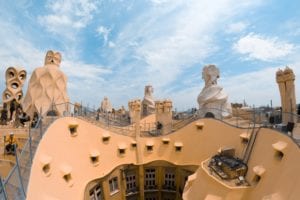
Which city awakens your creativity the most?
Tokyo.
What do you do when you are stuck on a project and need inspiration?
I go out to see art and design, go to a friend’s studio, to a gallery, a museum.
What advice would you have liked to receive at the beginning of your career?
Follow what you are passionate about.
What do you miss about NYC?
Walking, walking, walking! The energy in NYC is unique. I miss all of the opportunities to do incredible cultural things. You have access to whoever you want to meet if you just make the effort to find out where they will be giving their next talk or show. However, there is a different NYC right now that will pick up again soon.
What surprises you about living in Miami?
How it has changed and evolved. There is so much culture around now that did not exist a few years ago. I was able to visit the Rubell Museum and see the impressive collection along with the Narcissus Garden by Yayoi Kusama and Teresita Fernandez’s exhibition at the Perez Museum. During Miami Art Week, there were several pop ups by NYC galleries such as Levy Gorvy x Salon 94 and Marianne Boesky. And there is still so much more to see.
Something cool you have discovered in Miami?
I recently attended a candlelight open air concert with local musicians playing Mozart and Bach that took place at Palapa located in Upper Buena Vista. I also love the Center for Subtropical Affairs which has Thursday night live music outside.
What is your favorite item at home?
Branche Table by Holly Hunt.

Favorite room in your house?
My balcony. I can breathe fresh air and meditate.
Favorite website?
www.art21.org
Any new discoveries?
Ingrid Donat – her bronze sculptural furniture.
If you had an unlimited budget, what artist would you collect and why?
Ursula von Rydingsvard. Her work is both monumental and detail oriented. She is one of the key women artists of her generation to follow.
What podcast are you listening to?
I recently listened to the new Chanel Connect podcast. There are 8 episodes and I am still in the process of getting to all of them. One is a conversation between Es Devlin and Pharrell. I am an admirer of both and hearing about the way Es Devlin analyzes the world especially now that we have been challenged to think differently because of the pandemic was extremely inspiring.
Favorite movie?
Inception.
Favorite book you read during the quarantine?
“Ninth Street Women – Lee Krasner, Elaine de Kooning, Grace Hartigan, Joan Mitchell, and Helen Frankenthaler: Five Painters and the Movement That Changed Modern Art”, by Mary Gabriel (2018).
Favorite Instagram accounts your follow?
@nowness, @designboom, @gerrybonetti, @minimalandcontemporary and @designapplause.
Your dream holiday / first place you want to travel to after the pandemic is over?
All over Japan.
Springtime in Paris or Autumn in NYC?
Springtime in Paris for all the spots outside with the beautiful views of the city but most importantly to sit for hours at the “terrasse” of Café Marly in the Louvre.
Joyce’s work is currently on view in Miami in the group show “And the Story continues” curated by Grela Orihuela at the Sagamore Hotel. This exhibition ends July 30, 2021.
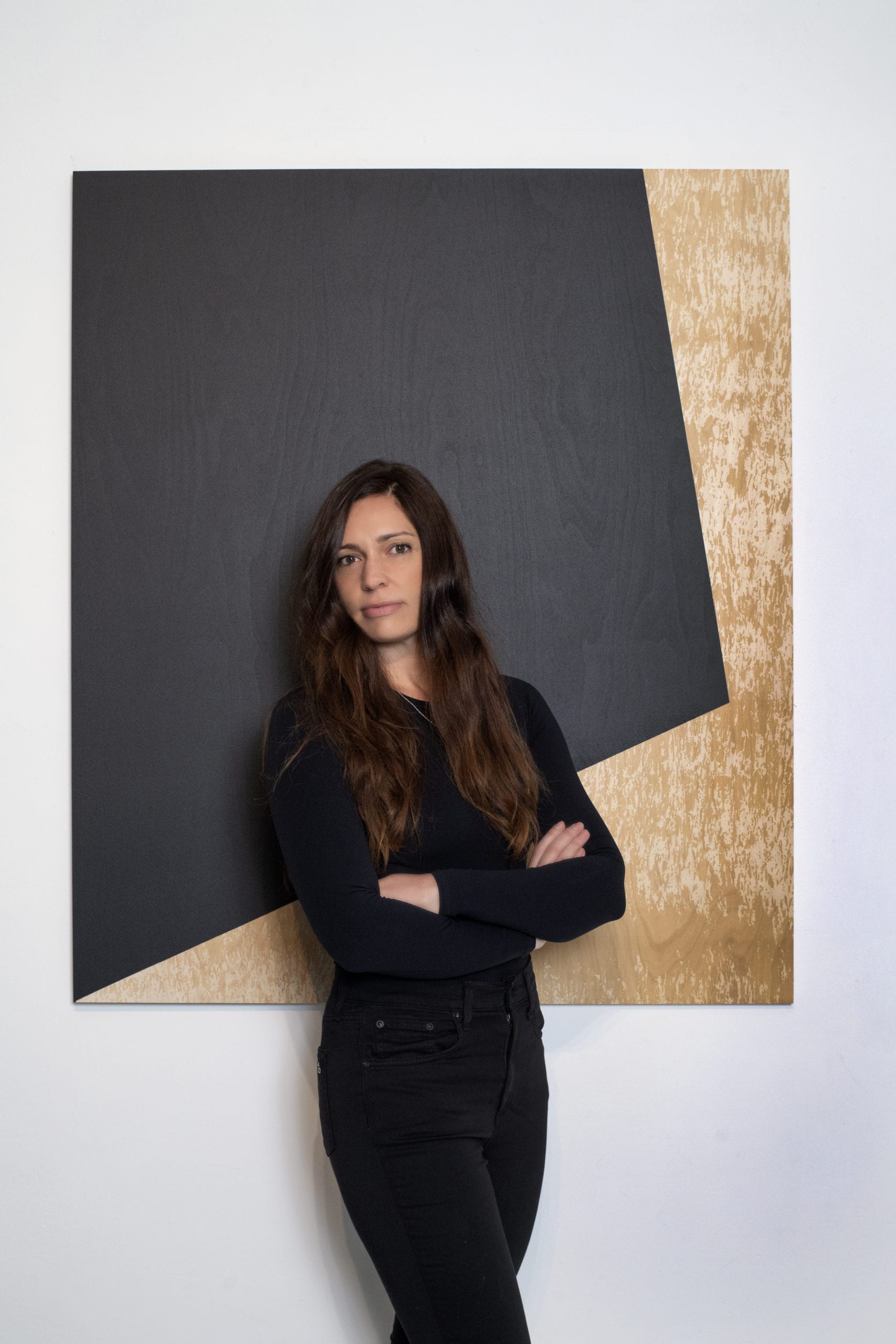
Par Excellence is pleased to be exhibiting several pieces of Joyce’s art at our showroom at 344 Bowery in New York City. Please call or email us to arrange a visit.
Please follow Joyce at @billet.joyce and find out more about her art at www.joycebillet.com
Please follow @fountainhead_studios to find out about Open Studio Visits to see Joyce’s studio.
Share
Miami's Design Renaissance
For many years, Miami was the destination for snowbirds and spring breakers, but during this unprecedented year it has become the “new” New York. When NYC went into lockdown last spring, a record number of New Yorkers flocked to the warm climate and open spaces of Florida (not to mention the low taxes and more relaxed COVID rules). Miami is having a renaissance as NYC restaurants, luxury hotels and art galleries followed this exodus from the North.
The move South started slowly pre-COVID, but sped up in 2020. There was always a southern migration, but it has now gone into overdrive. COVID pushed a lot of people over the edge and gave them a reason to finally make the move. In fact, NYC saw 300,000 households leave since the start of the pandemic compared to around 85,000 that left in 2019. Miami has always been appealing to New Yorkers as both cities are in the same time zone plus there are direct flights too. Now that we are finding out that remote working is not just possible, but can actually be more efficient while you are able to spend more time with your family, why not take that Zoom call overlooking the ocean or poolside? Initially thinking they would wait out the pandemic, Northerners are now realizing that this new way of life has something great to offer and are now setting up permanent homes and offices in the area.
There has been a seismic shift in real estate in Miami. I read somewhere recently that if you think of NYC as a ballet, right now the city is at intermission. During intermission, some people get restless and don’t come back for the next act. That is what is happening now, as real estate prices in Miami (and Palm Beach too) are on an unstoppable upward trajectory. Tom Brady and Gisele Bundchen recently made news by dropping $17 million on a 2-acre lot on Billionaire’s Bunker on Indian Creek Island in Miami. They will tear down the existing home and will custom build a new one. They spent $20 million building a custom designed home years ago in LA, so one can only imagine what they will build here. In August 2020, Jennifer Lopez and Alex Rodriguez bought a 10-bedroom mansion on the exclusive Star Island in Miami for $32.5 million. Around the same time, the hedge-fund billionaire Ken Griffin bought an empty lot also on Star Island for $37 million. He has been on a buying spree spending more than $350 million to buy land in Palm Beach and Miami. There is an interesting story behind Star Island as it was conceptualized not long after the 1918 pandemic by Miami developer Carl Fisher, who discovered that he could create his own island with lots of social distancing. It was completed in 1922.
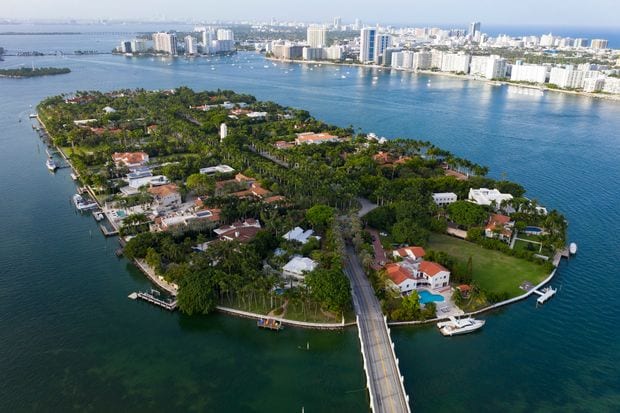
Palm Beach luxury home sales were up 113% in the fourth quarter of 2020. An oceanfront property recently sold for $73 million to hedge-fund billionaire and Carolina Panthers owner David Tepper, the founder of Appaloosa. These high prices are still continuing into 2021. In February, private-equity executive Scott Shleifer, a co-founder of Tiger Global Management, paid over $120 million for an oceanfront mansion setting a price record for the state and as one of the most expensive home sales in the U.S.
The area is also turning into a “Wall Street South”, as the hedge-fund Citadel is planning to open an office in Miami. Elliott Management (another hedge fund) recently moved its headquarters from NYC to West Palm Beach and Goldman Sachs Asset Management is rumored to be looking in the Palm Beach area for a large office as so many of their employees are now living in South Florida. Tech is not being left out, as Microsoft is in talks to lease office space in Miami.
With this influx of New Yorkers into the area, NYC based restaurants and art galleries followed their customers south. In Miami, such NYC favorites like Milos, Carbone, Sant Ambroeus, Red Rooster, Cote, Osteria Morini and Roberta’s opened up. Restaurateurs were feeling confident staying open in Florida if more lockdowns were to occur nationally as they will always have nice weather for outdoor dining. For most of the past year, Miami restaurants have been allowed to operate at 100% capacity, as long as social distancing is maintained. In the past two months 150 restaurant groups are rumored to be looking for spaces in South Florida including some who have abandoned their NYC projects. Business is apparently booming, as Carbone only opened in early 2021 and already has a 3 month wait list and SoHo House remains as crowded as ever and has hard to get reservations like in the old days in NYC. During Miami Art Week in December, several NYC galleries had pop-ups, including Galerie LeLong and Marianne Boesky with Goodman Gallery. The Rubell Museum and The Pérez Art Museum continue to exhibit contemporary must see shows that are adding to the cultural landscape. Design aficionados also flock to these two museums as The Rubell Museum was designed by Selldorf Architects and The Pérez Art Museum was designed by Herzog & de Meuron. Hotels are also becoming cultural hubs, as places like the Sagamore Hotel are hosting exhibitions and artists’ talks.
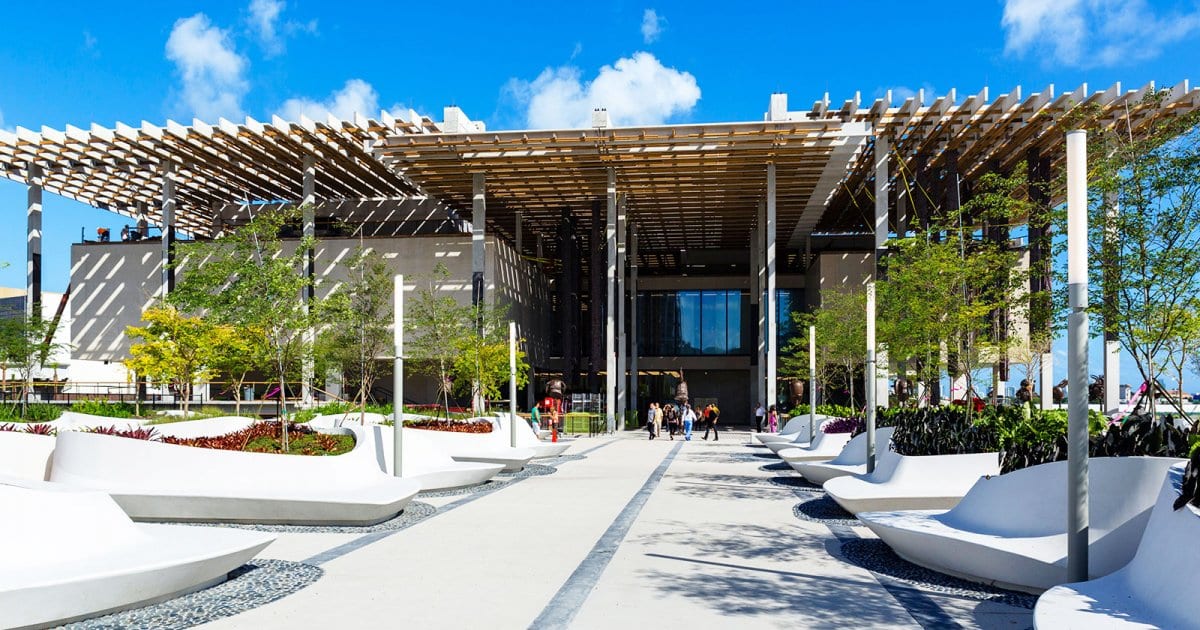
In Palm Beach, which was always a bit more reliant on the older crowd, a younger generation is now making its mark. Aerin Lauder recently designed a charming villa at the Colony Hotel. New York’s old stalwart Upper East Side eateries La Goulue opened in Palm Beach in 2020, and Swifty’s is doing a pop up at The Colony Hotel, while Le Bilboquet will open soon. On the art front, Pace and Acquavella have opened art galleries in the area. It seems that for New Yorkers settling into this sunnier location, the “new” normal has been reestablishing old routines in a new location.
The hotel landscape is changing too, as four luxury hotel brands are building new properties in the area. The planned Aman-branded luxury hotel and condo will be part of the redevelopment of the Faena District site in Miami with an opening slated for 2023. This new 2-building development will have a 56-room hotel and 23 luxury condos. The hotel will be in the historic Versailles Hotel (built in 1941) that will be renovated by the Miami based developer OKO Group. Another building nearby will be comprised of 23 Aman boutique residences. This building will be designed by the Japanese architect Kengo Kuma. This project will mark the first Aman-branded development in Florida and one of only four in the U.S. The Related Group is partnering with Baccarat for a Baccarat-branded 3-tower development in the Brickell neighborhood of Miami. This multi-tower project, The Baccarat Hotel & Residences, will have up to 1,400 residential units plus 249 hotel rooms with additional office and retail spaces. Arquitectonica is the architect for the Baccarat Residences and the interior design will be by Meyer Davis. Sales have recently launched for the 100-story Waldorf Astoria Residences in Downtown Miami, which will be home to 205 hotel rooms and 360 luxury residences. It will be designed by architect Carlos Ott and will be the tallest building in Florida. The design will be striking as it will resemble a pile of unevenly stacked glass cubes.
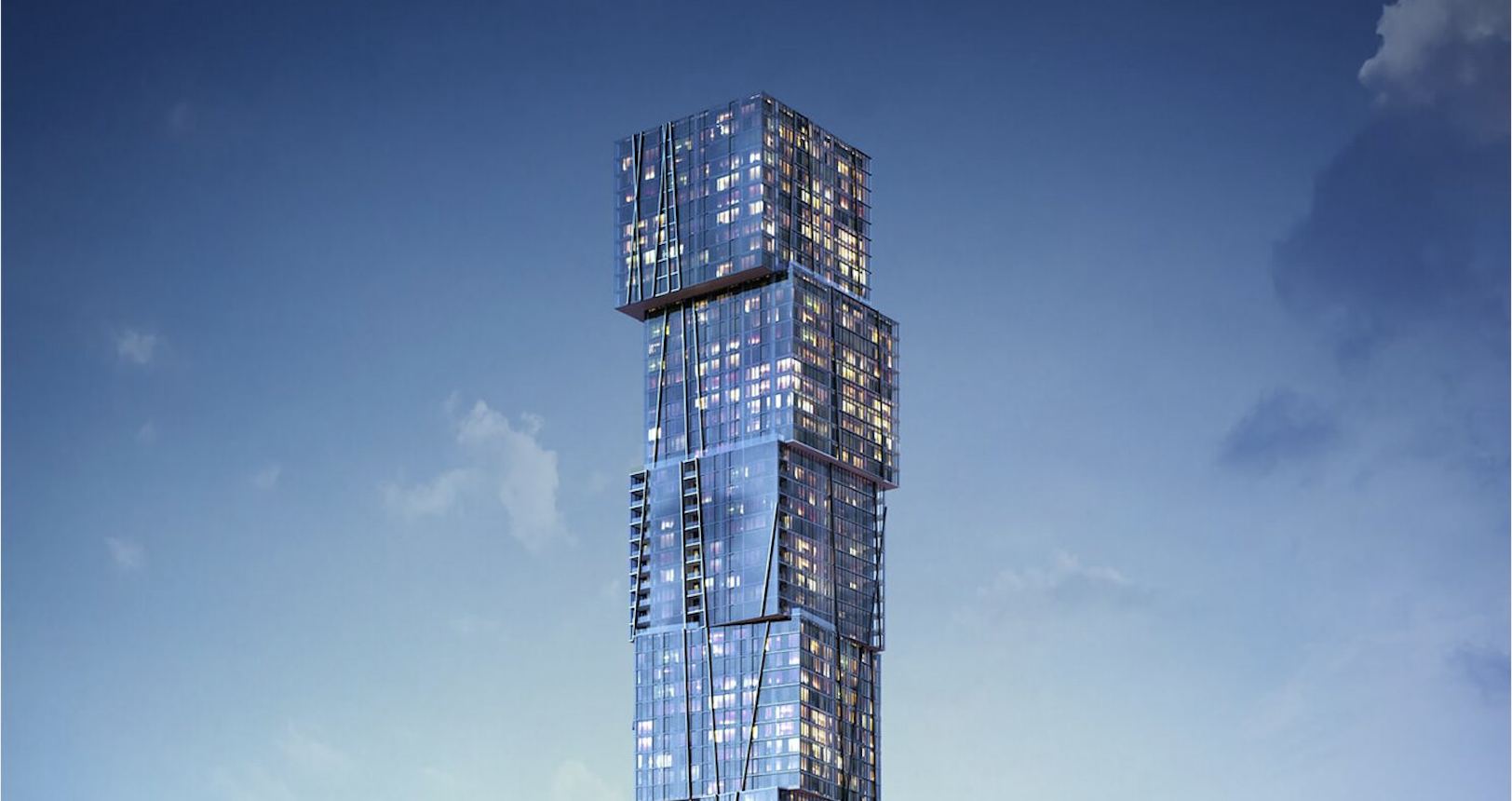
Finally, E11even Partners are working with Deepak Chopra on E11even Hotel & Residences, a planned 65-story, 400-unit tower northwest of Downtown Miami. The architects are Sieger Suarez Architects, and the residential interiors are by the design firm AvroKO Hospitality Group.
Starchitects are making their mark on the city too. Jean Nouvel’s first project in Miami, the Monad Terrace, will be a 59-unit luxury condominium. With the buildings lush climbing gardens and signature lagoon, this will surely be a site to visit. Along with the top architects mentioned so far, Zaha Hadid, Rem Koolhaas, Richard Meier, Piero Lissoni and Renzo Piano all have recently designed buildings in Miami. Will Miami become THE new global destination for architecture/design lovers? With so many exciting new projects in the works and the influx of this new money and all the new properties being built, it will be thrilling to see how the design landscape in Miami and its surroundings will unfold in the next few years.
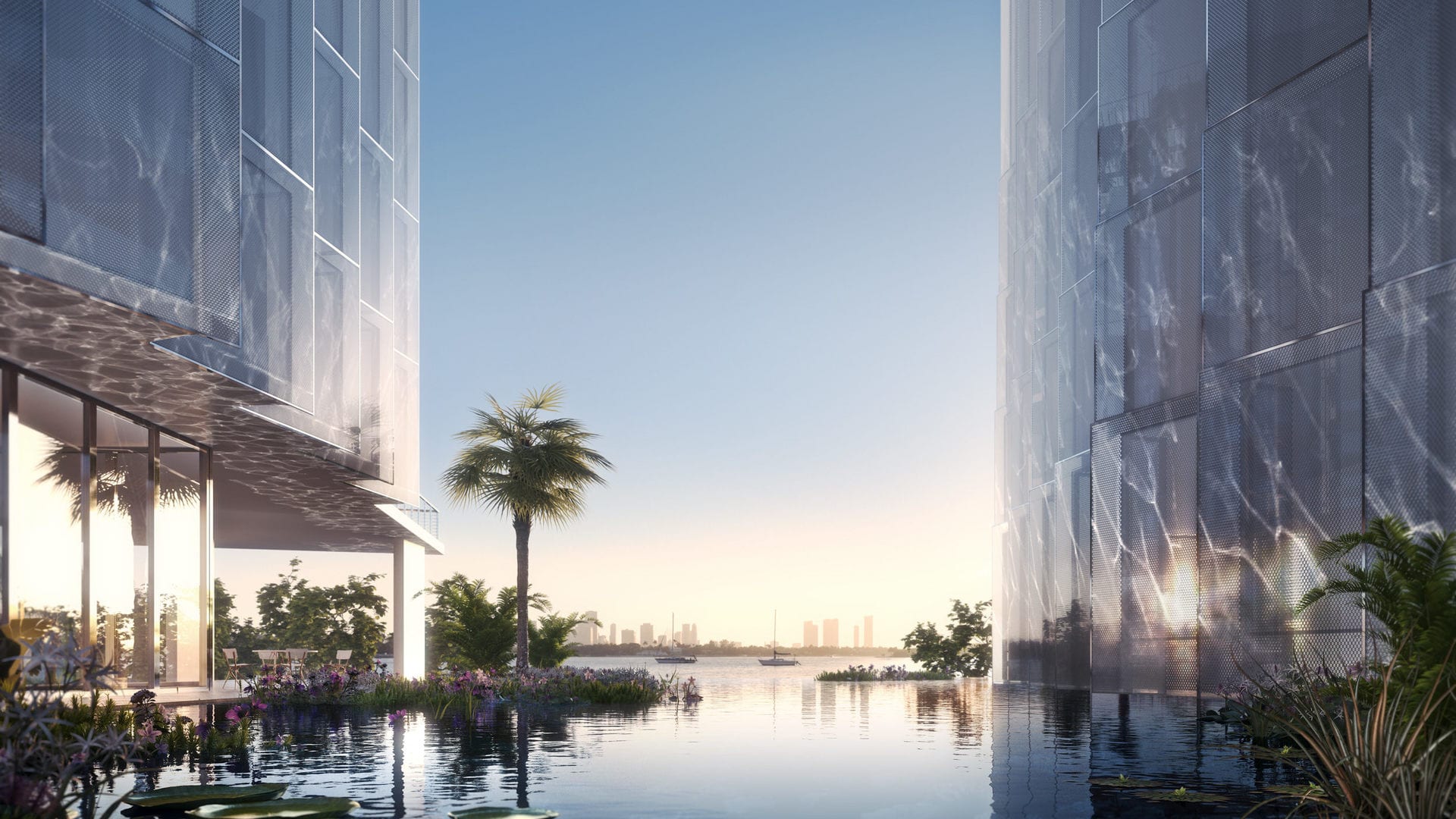
Share
"What Inspires Me" with StudioParisien
Born through the fusion of two iconic and charismatic personalities: Laurène and Romain, StudioParisien was built over time since the two met 15 years ago. Laurene, an interior designer from Penninghen Art School and Romain a scenographer and designer met while working on their first project for a French Luxury House, “We met through a mutual friend who introduced us because I was looking for skills like Laurene has and we hit it off right away” says Romain. “It was immediately fusional in terms of creativity” he adds. Their collaboration is fluid and their artistic symbiosis is striking. Early on they were told that they had a common signature, a coherence that made their projects stand out. In 2013, they decided to associate their two identities and expertise, and created StudioParisien.
StudioParisien binds two different but complementary visions: the interior architect and the scenographer. Their projects are internationally acclaimed and made all the headlines these past years. Par Excellence had the chance to meet this fantastic duo!
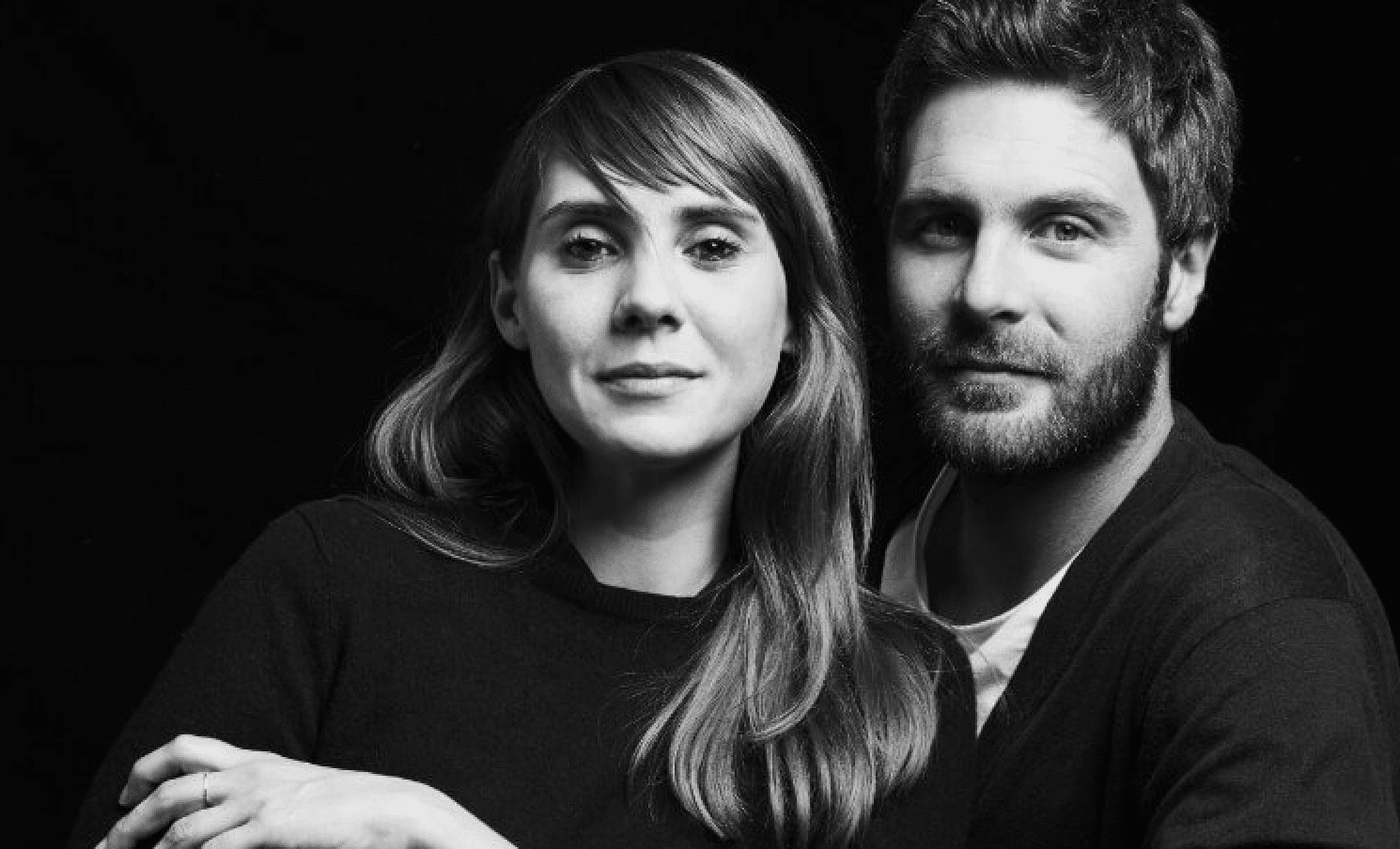
We meet Laurene and Romain in their studio at the heart of Paris on a very snowy day. StudioParisien is located in the district of Le Marais, rue de Sévigné. Le Marais is a small village full of energy and creativity. Historically there are many craftsmen, architects, contemporary artists and galleries. “There is a story around every corner” and it feeds the duo’s creativity on a daily basis. They chose to have a studio that looks like a flat, a cozy and warm place in which they like to work with the rest of their team. Just like their interior projects, their studio is rather minimalistic, soft and very comforting. It conveys the agency’s environment, identity and inspirations.
Laurène and Romain were brought up in Paris, a city that inspires them a lot. The French style and this new generation of French interior architects such as Joseph Dirand and Pierre Yovanovitch to cite a few, drives the two designers. “We were really carried away by this style”. Another great source of inspiration is craftsmanship and French know-how. StudioParisien are in a constant dialogue with the highly skilled craftsmen they work with.
From the beginning of StudioParisien, Ateliers Jouffre has been a regular resource to create innovative furniture. “Ateliers Jouffre were immediately eager to collaborate with us, so we worked together on our first collection with the Panther sofa, inspired by the Cartier’s Panther”.
“There is a signature, a beautiful energy when you go to the Jouffre Workshops in Lyon, France” – StudioParisien
Strong supporter of arts and crafts, StudioParisien has at heart the protection of craftsmanship. “The general public is discovering and acknowledging all these techniques. It’s part of a heritage that have to be preserved and developed. It should not be lost. Young people are more and more excited to begin a career in a workshop, which is great!”. From their collaboration with the Manufacture de Tapis de Bourgogne for a recent residential project in Paris, StudioParisien remembers the Manufacture’s openness to creation, the great research work, the richness of volumes and colors. For Laurene and Romain, carpets and rugs are a real mean of expression that should be treated as a work of art that is put on the floor. “Carpets bring a real identity to a space, a real depth”.
“Paris is the city in which we express ourselves best and in which we want to be and create” – StudioParisien
StudioParisien cumulates a number of exceptional projects without being locked into a single visual signature. From Bhogossian, to Cartier and Christofle, the two designers are called upon for their creativity, their know-how and their craftsmanship. “It’s the drawing, the research, the understanding of a brand and the clients, the desire that we have around the theme. We approach things with poetry and clarity. We try to be as elegant as possible, as gentle, as companionable as possible” explains Laurène. It is also a lot of instinct adds Romain. Like many creative people, they have a vision. Images, forms, materials come to them quickly. Whether it is a form, a material, an atmosphere, a DNA, they are both very sensitive to the brand’s identity. “Laurène and I immediately have ideas and desires on our side, instinctively”.
Each project is the result of a rich and sensitive dialogue between the brand and the Studio, “It is about listening and stylizing their identity. There is a lot of curiosity and listening involved at this stage of the process and this is the phase I prefer” says Laurène. The end goal is to create a nice mix between the quality of the space, the light, the circulation and keep a global consistency while offering a beautiful interior.
While the interview goes on, we can’t help to notice the incredibly strong bond between Romain and Laurène. So, we ask: “How does this creative fusion translate on a daily basis?”
“Ah well, it’s intense!” says Laurène.
“We argue a lot!” adds Romain.
They are the opposite on the way they approach things and infuse each project with their extraordinary complementarity. “In fact, we function exactly like a couple in life, except that we are not a couple in life. We are a creative couple. It’s quite lively!”. However, they know that they are on the right path when they both agree on something. Overall, they have the same eye and vision.
“Before anything else, it is a human adventure. It is all about what we can transmit and bring to each other, whether it is with the team, the craftsmen and the clients.” – StudioParisien
The duo demonstrates a creative flexibility, skillfully playing between French craftsmanship and a desire for minimalist lines inspired by their French contemporaries. StudioParisien effortlessly transitions from residential to retail projects. The two designers also created a line of furniture and is constantly looking for new materials, crafts and techniques to create innovative pieces. Their curiosity and desire to explore is tangible and they have a lot of incredible projects ahead!
Share
Victoria Wilmotte exposes her new iconic pieces in Paris
Victoria Wilmotte exposes the different facets of her talent in the Silvera space in Saint-Germain. The opportunity to (re) discover her creative universe as well as her ingenious and singular furniture. Signatures Singulières Magazine went to her exhibition that honors the work and the French know-how of the famous designer.
Above: Victoria Wilmotte. On the right: “Zigzag” armchair upholstered with a purple velvet by Pierre Frey. ©Yannick Labrousse.
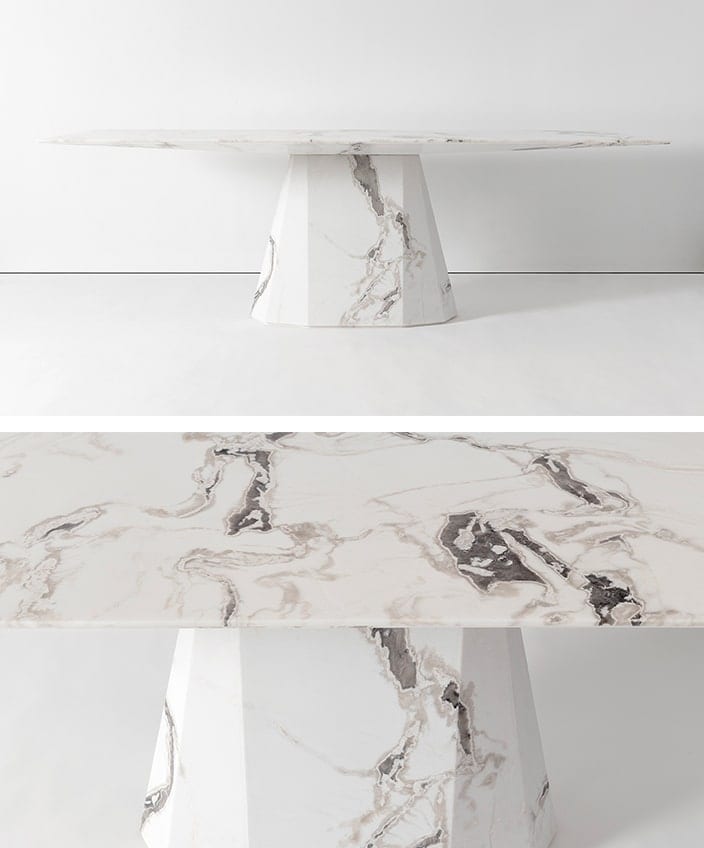
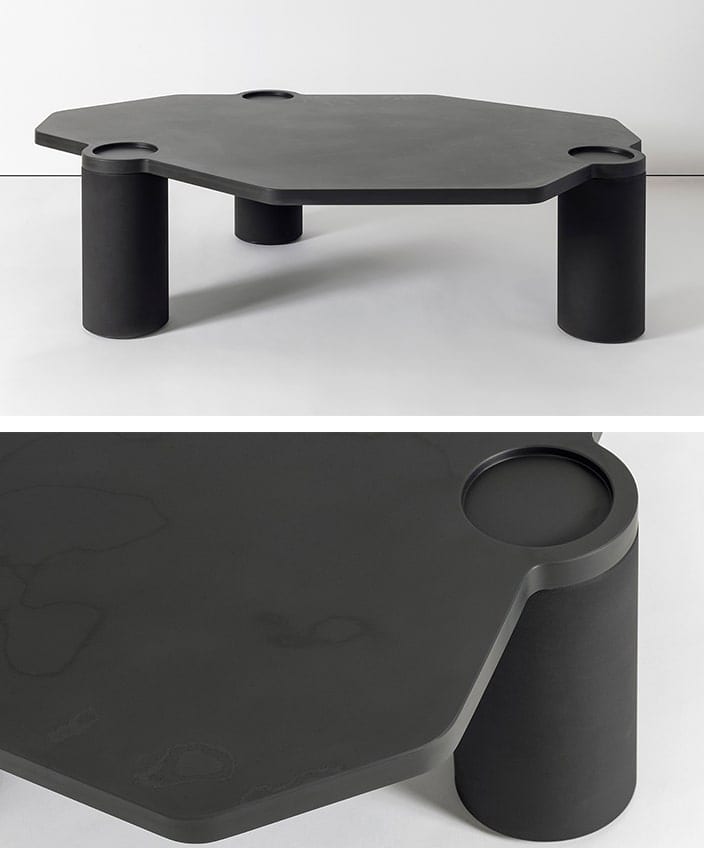
Victoria Wilmotte, the art of precision
Former student of the Camondo School in Paris, then of the Royal College of Art in London, Victoria Wilmotte specialized in product design under the direction of Ron Arad. Over the years, she has established herself on the design scene by collaborating with renowned brands such as Poliform, Legrand, ClassiCon or Land Rover. In 2009, the designer created her own studio before opening her workshop a few years later to design bespoke pieces or prototypes for industrial production. This workshop became a real laboratory of ideas. She explored with metallic and mineral materials, She cut and hollowed their surfaces playing with the textures. A creative process that is close to a sculptor’s work, coupled with an engineer’s precision… Today, Victoria Wilmotte develops her creative universe by self-publishing unique pieces in her own workshop, VW Factory, that she presents at Silvera.
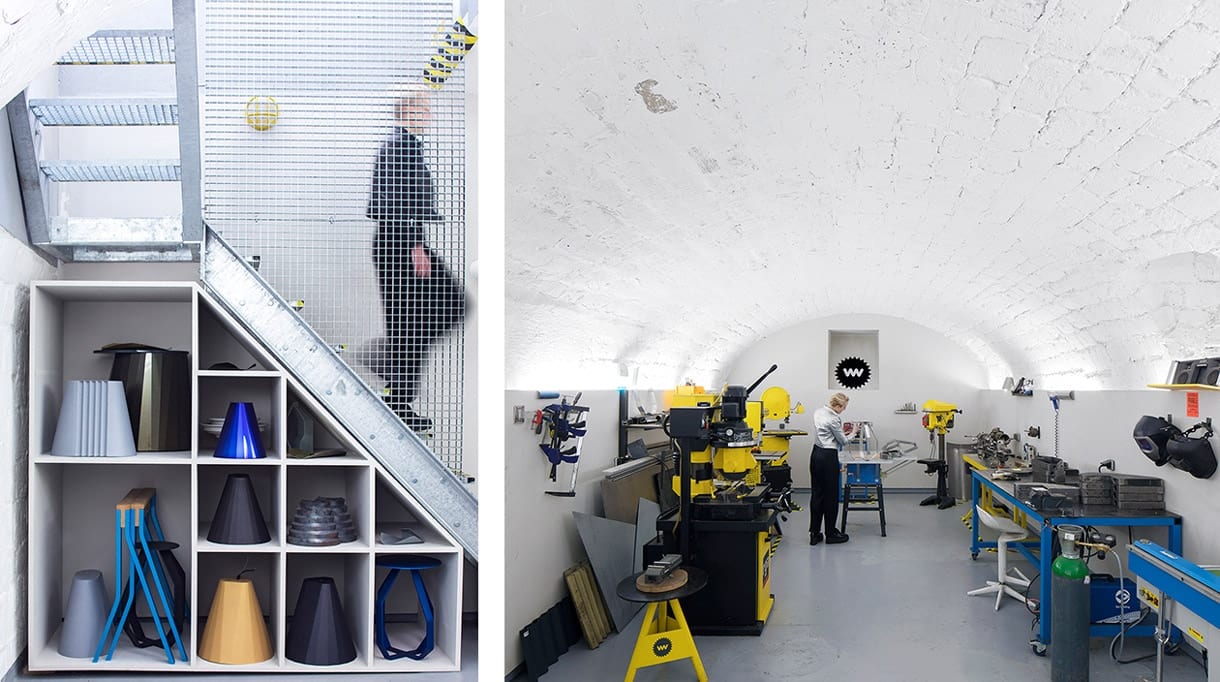
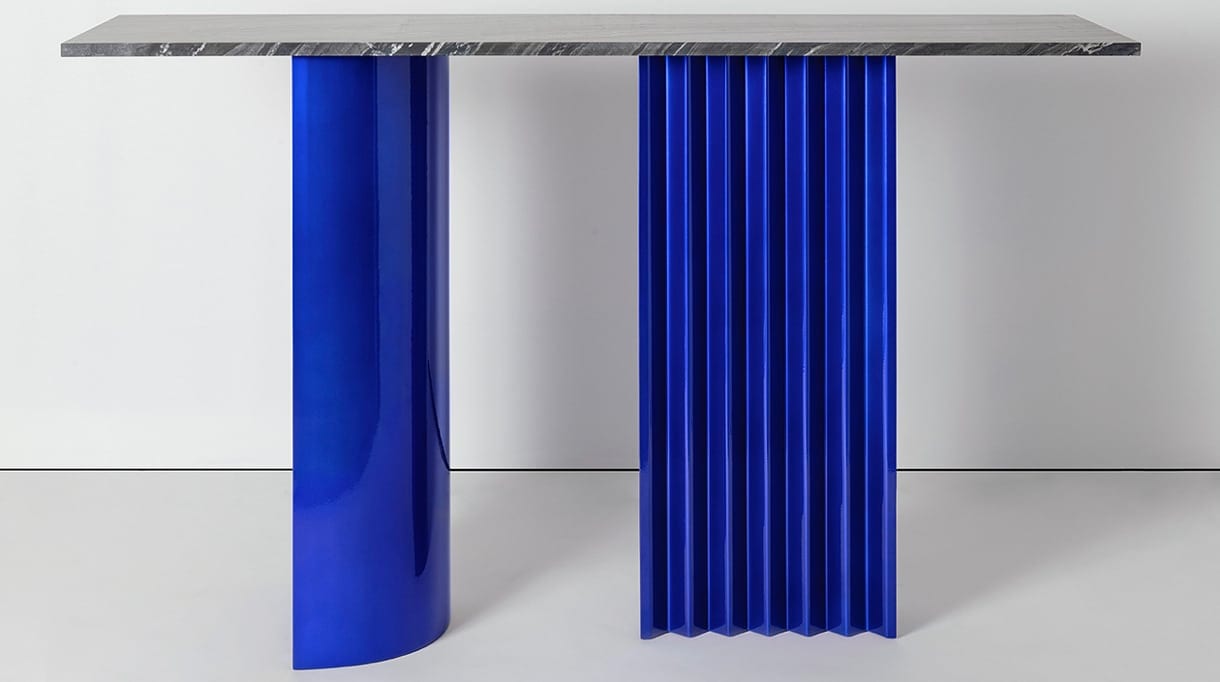
Iconic collections and brand-new pieces by Victoria Wilmotte at Silvera
Victoria Wilmotte offers a sneak peak at her collections and exhibits the latest VW Factory products at the Silvera showroom in Saint-Germain. There you can discover an astonishing chandelier in folded sheet metal, a playful console and backlit marble lamps… But also, an armchair and a sofa all in velvet, quite innovative! This was the first time that the designer worked with fabric. And the result is astonishing. This exhibition is the occasion to discover the Ginza lamp post for Man Of Parts and its furniture edited by the brand Classicon, such as the Piega mirrors or the Pli tables, gloriously staged by the designer. “A project initiated as part of the Designers Days at Silvera Poliform – she (Victoria Wilmotte) once again surprises with her ingenuity, her taste for volumes and surface treatments” says Brigitte Silvera.
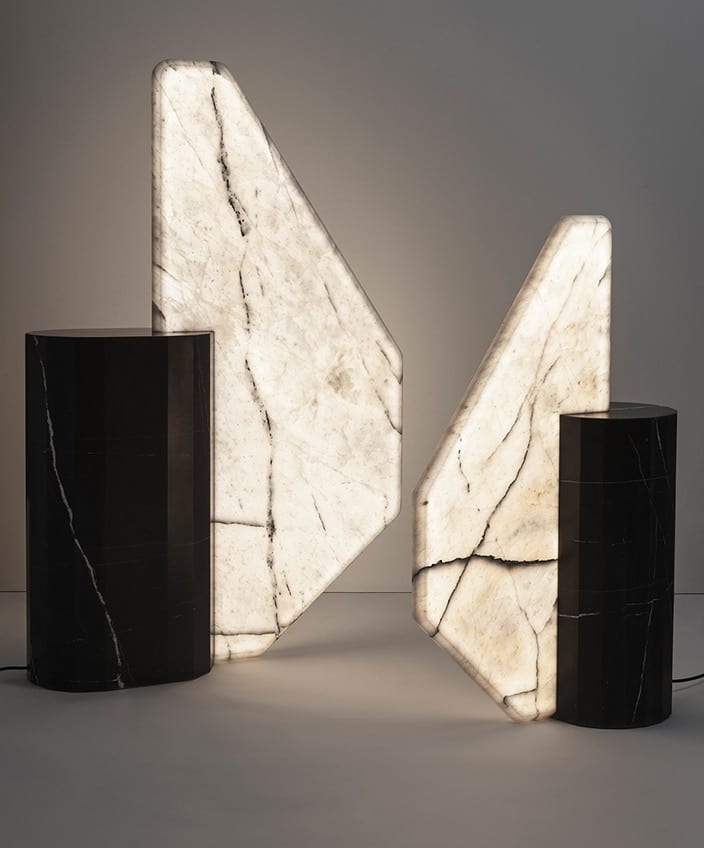
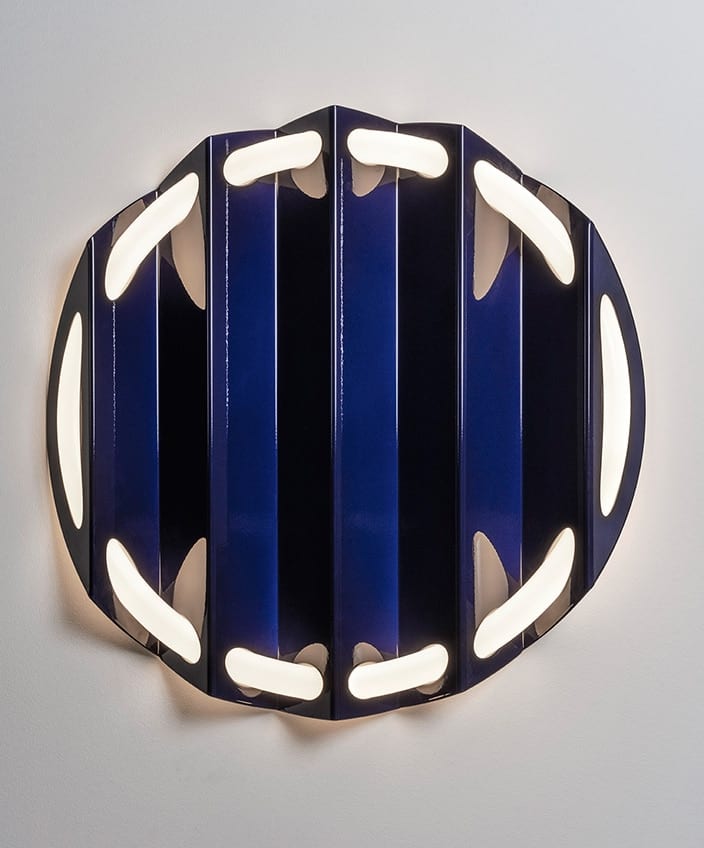
Interview with Victoria Wilmotte
Which new creations do you present in the Silvera showroom in Paris ?
A wall lamp, a chandelier, a console, a coffee table… A lot of new products that are part of my creative process. But also a statement piece, a completely new type of furniture for me: a sofa and an armchair. I was initiated to fabric treatment, forcing me to get out of my comfort zone to integrate softness and tenderness in a monster of precision.
Why did you create special and self-produced editions?
It all started when I worked with stone and marble. With these precious materials, you often have to draw tables and other bespoke pieces. I then followed the idea of limited and self-published pieces by creating my own workshop, the VW Factory, in which I can manufacture order-based production and develop my creative universe.
Maintaining your event in a context of confinement is quite audacious!
I did not want to cancel it. I wanted to close this decade with the creations that emanated from it. During the confinement, my desire to create compounded. I opened myself to other horizons and now I wish to continue on this path of proliferation and amazement!
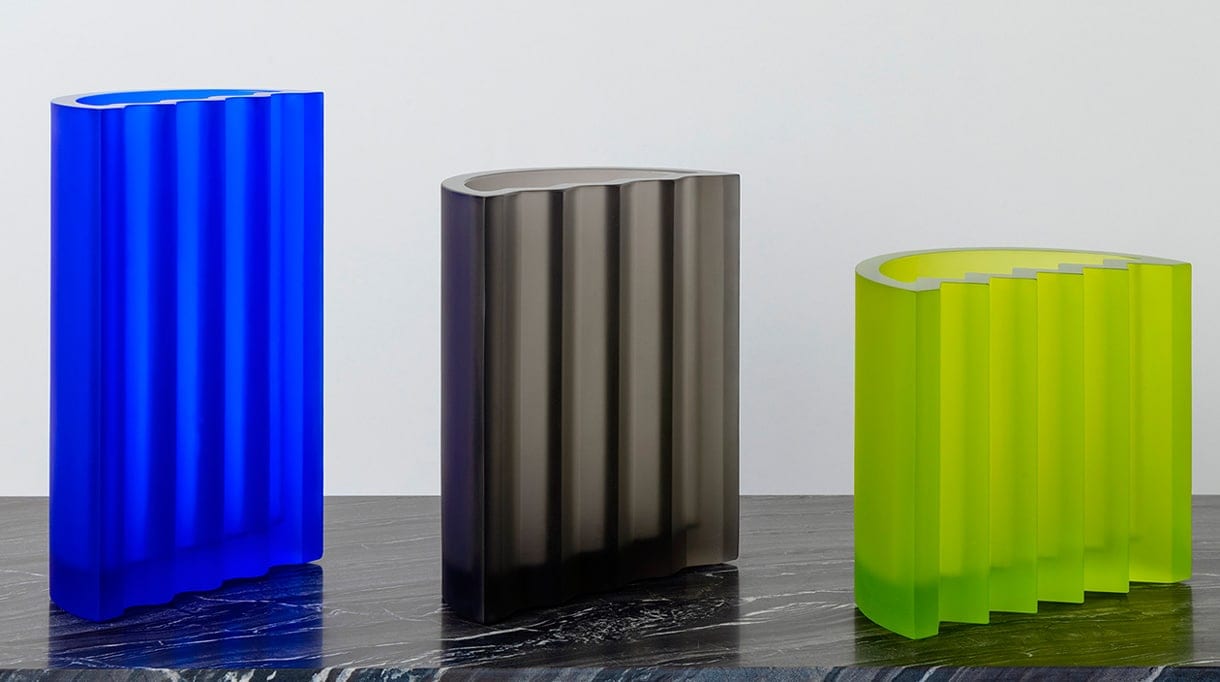
10 years of creations in a limited edition book
To accompany this exhibition which highlights the graphic, rigorous and majestic universe of the designer, an anniversary publication celebrating the 10 years of Victoria Wilmotte’s creations is available. A book signed and edited in only 100 copies that lists all of the designer’s objects and installations. A beautiful book that reveals her creative line and inspirations, from volume, symmetrical compositions and contrasted design. A collector’s book not to be missed.
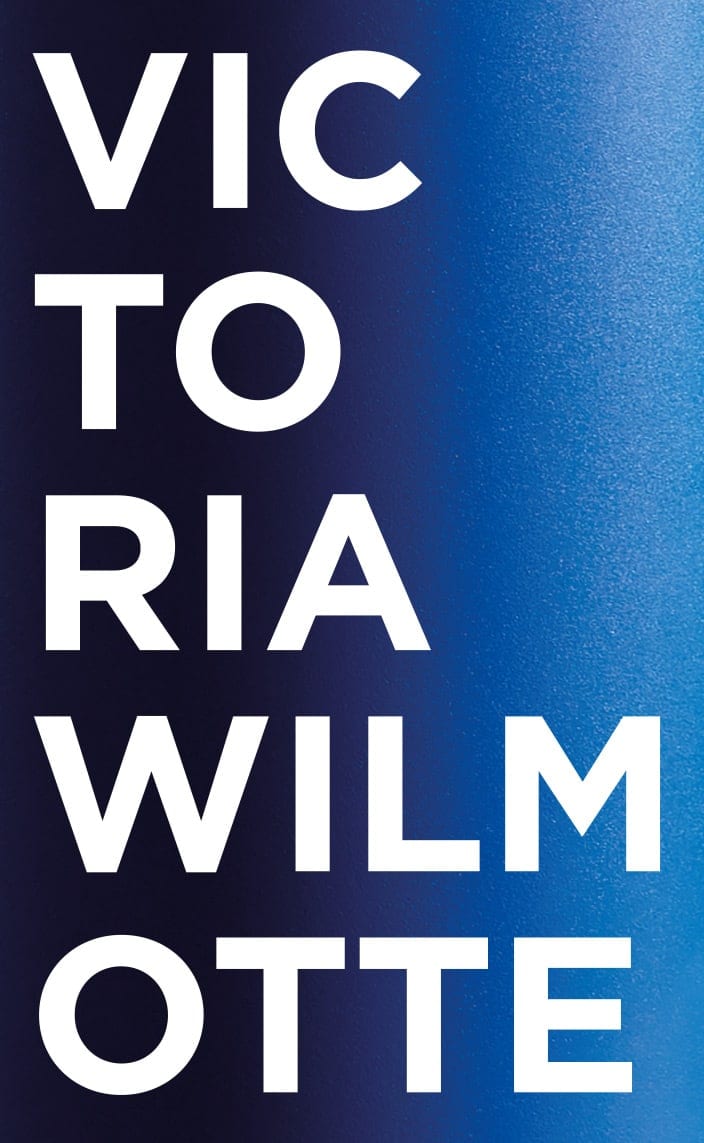
For all information, please contact the Silvera showroom located at 43, rue du Bac – 75007 Paris.
Share
Jean Royère - an elegant and unconventional designer
While the current health crisis still prevents us from traveling, we offer you on a virtual visit of the Jean Royère exhibition at Galerie Jacques Lacoste, Paris.
Jean Royère [1902-1981]
Initiator of a unique, elegant and unconventional style, Jean Royère established himself as one of the greatest decorators of the 20th century with iconic creations.
At the age of 30, Jean Royère turned away from a career in the import-export trade to dedicate himself to his true vocation: interior design. He started in a furniture factory in order to learn the job and train. His first ever design was a set of slimline furniture for his uncle, Jacques Raverat.
The renovation of the Hotel Carlton’s brasserie on the Champs Elysée brought Royère into the spotlight and helped establish him as an emerging figure. In 1934, Pierre Gouffé, a noted Faubourg Saint Antoine furniture manufacturer, noticed Jean Royère and put him in charge of his firm’s contemporary furniture section.
At the 1937 Exposition Universelle, Royère was recognised as one of the most important decorators of his time. Royère developed a new repertoire inspired by animals and vegatals. The Elephanteau armchair, the Trefle chair, the Champignon lamp and the Bouquet sconce are emblematic of this period.
In 1949, Jean Royère opened his own gallery in Paris, rue du Faubourg Saint Honoré. Throughout his life, he traveled extensively and opened galleries in Cairo (1946), Beirut (1947), Lima (1955), São Paulo (1959). He was very popular in the Middle East and carried out many prestigious orders for King Farouk of Egypt, the Prince of Arabia, King Hussein of Jordan, and many other.
What defines its work is his boldness, his curiosity and constant innovation. Royère innovated by proposing a luxurious creations without ostentation. He was always playing with proportions and bringing bright colors in his interiors. His most memorable work was often considered whimsical or eccentric, featuring unusual elements such as furry armchairs and curly table legs.
Jean Royère died in 1981 in New York City one year after moving there. The Museum of Decorative Arts in Paris held a museum to show his work in 1999, and a posthumous retrospective took place in New York City in 2008.
Jean Royère exhibition – Galerie Jacques Lacoste, Paris
From 20 November 2020 to 30 January 2021
Ever since its opening in 1986, Galerie Jacques Lacoste has been dedicated to the reappraisal and promotion of 20th-century decorative arts, promoting French designs from the 1930s up until the 1950s.
With an extensive archive comprising over 10,000 documents, Galerie Jacques Lacoste continuously pursues its research on Jean Royere’s work, for which the gallery is the ultimate reference. The gallery has contributed to revealing Jean Royère’s innovative spirit and decorative fantasy through constant research all around the world. The Galerie unveiled on several occasions incredible exhibitions and publications.
In 1999 the gallery dedicated its first exhibition to Jean Royère, and in 2008, Jacques Lacoste was invited by the Sonnabend Gallery in New York to present a selection of 80 exceptional pieces by the decorator alongside Galerie Patrick Seguin. Then, in 2012, Jacques Lacoste published a two-volume-set book on Jean Royère in collaboration with Patrick Seguin. A few years later, Galerie Jacques Lacoste hosts once again an impressive exhibition highlighting Jean Royere’s most prestigious creations: the Polar Bear armchair and the Creeper sconces, a straw marquetry Puddle coffee table, a Persian floor lamp, a Herringbone set (sofa and chairs) and Swallow sconces. With more than 60 pieces on display at the Galerie Jacques Lacoste, this exhibition is an opportunity to discover or re-discover the formidable creative fibre of this design icon.
For Jean Royere’s admirers who can’t make it to the exhibition, we invite you to discover the video of the exhibition online : Jacques Lacoste
From 20 November 2020 to 30 January 2021
+33 (0)1 42 89 11 11
Véronique de Soultrait - the passion of the ropes
Véronique de Soultrait makes up a new know-how: the molding of the rope to create unique wall decorations. Absolute masterpieces for interior decoration, it is with admiration that Signatures Singulières Magazine makes you discover this goldsmith work.
Above: Véronique de Soultrait in her workshop – ©Pierre Salagnac – “Fleur” mirror made of rope marquetry.
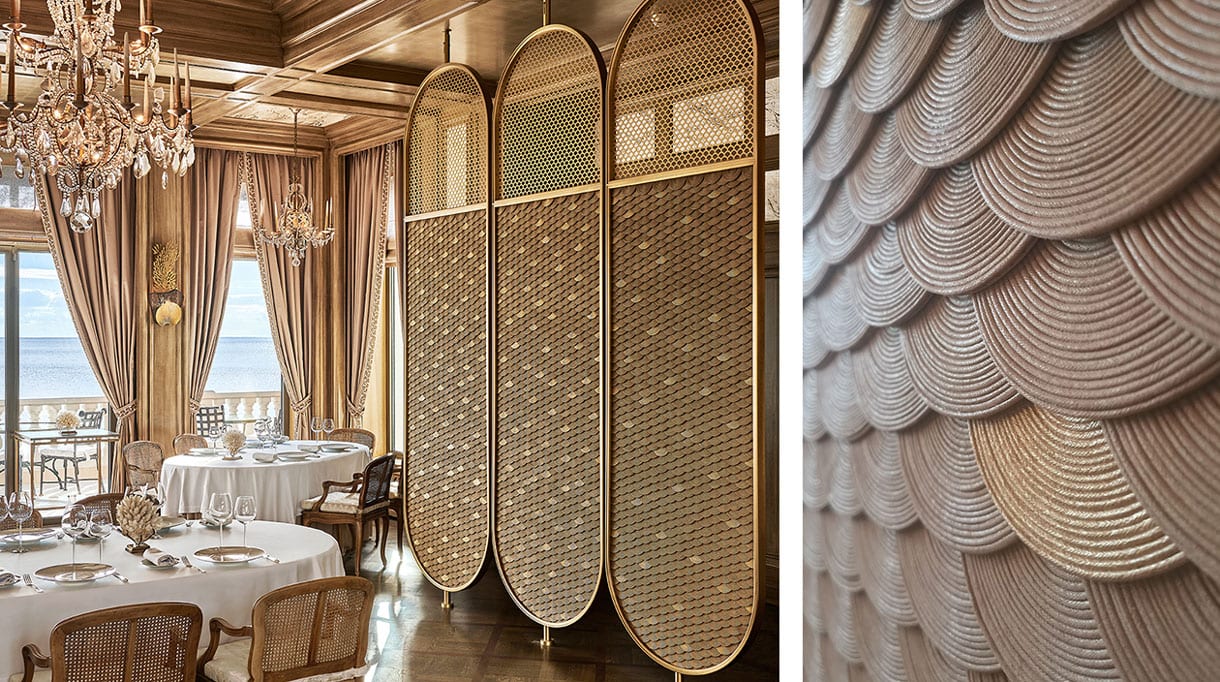
Eternal creative, Véronique de Soultrait knew since she was young that she wanted to work with her hands. In the eighties, she convinced her parents to let her join the Beaux-Arts in Lyon and she studied courses in painting and textile drawing. Quickly, she nourished a deep admiration for the work of the hand and claimed a certain loyalty to ancestral know-how in general. At the time, she conceives beauty and expresses herself as a decorative painter with her hands, however the task is arduous. She stops and goes towards a less physical creative activity, the macramé. One thing leading to another, Véronique de Soultrait starts to work on ropes. She launches a collection of cushions based on a macramé technique that she presents at the Maison & Objet fair. It was not a great success, but it did not discourage her from pursuing her passion.
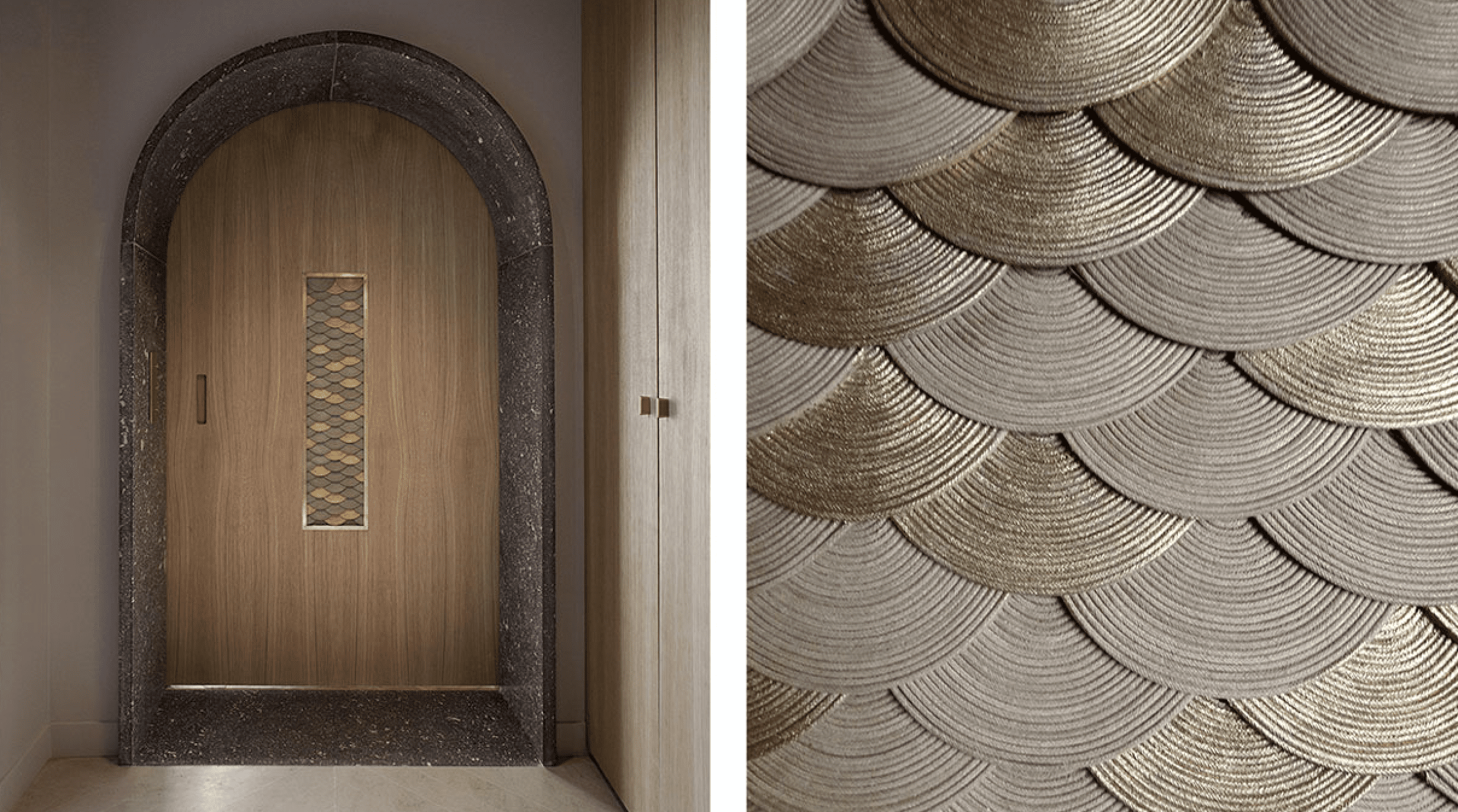
Wall decorations
Véronique de Soultrait then decides to use this technique, which allies thread and rope, but this time on a wall support. Not only is she getting closer to her first love, but she is also inventing a new creative technique: creating wall decorations with ropes. Passionate about braiding techniques, she creates unique pieces for high decoration in her workshop in Lyon, such as wall panels, door covering, headboards, screens, mirrors, bedside tables or lamp bases, drawers, door handles etc. The applications are numerous. Véronique de Soultrait rolls, winds, stretches, dyes and waxes the rope to create unique decorations on a wooden support. She plays with materials and textures. The ropes and colors roll up and intertwine meticulously – like marquetry – under her fairy fingers. Each creation is customized to fit every project.
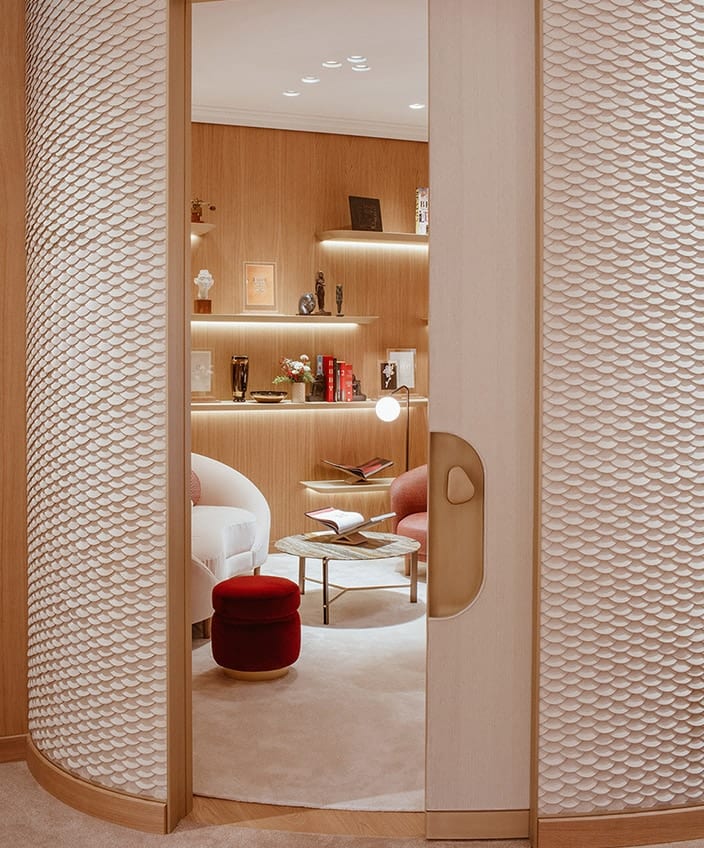
A taste for unique decoration
Passionate about her craft, Véronique de Soultrait gets into this new profession by following her instinct. As a new “cordelier”/ rope worker, she applies ancestral know-how to design and interior decoration and perseveres to make people discover her trade. She contacts great decorators such as Jacques Garcia or the Cabinet Alberto Pinto who fell in love with her work at first sight. The feedback is encouraging and Véronique continues to work her technique until she gets her first order.
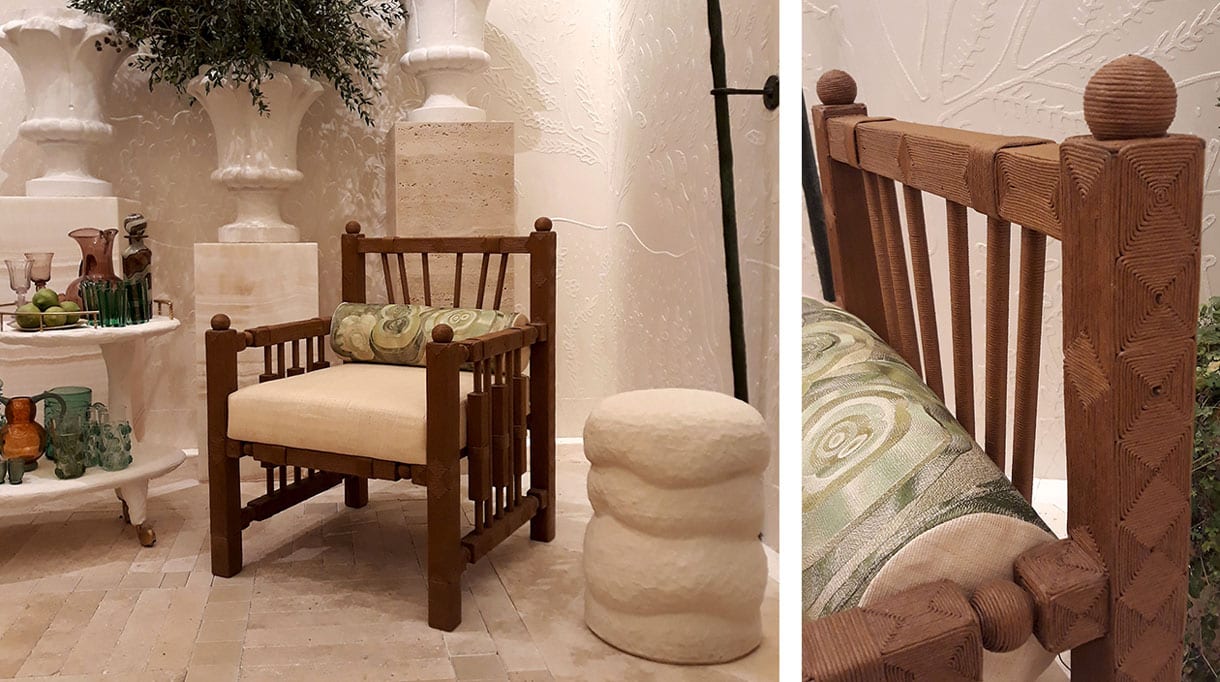
At the beginning, she only creates black decors. She goes to the essentials of graphic design. Her work is very rigorous and demanding. The purity is paramount. What she does not want at all is to fall in an ostentatious luxury. To do so, Véronique is inspired by ethnic motifs or the thirties, she stylizes and magnifies them. Then, as creations go by, the color integrates very gently. Véronique de Soultrait dyes her ropes in her workshop to create personal and unique shades that are very subtle.
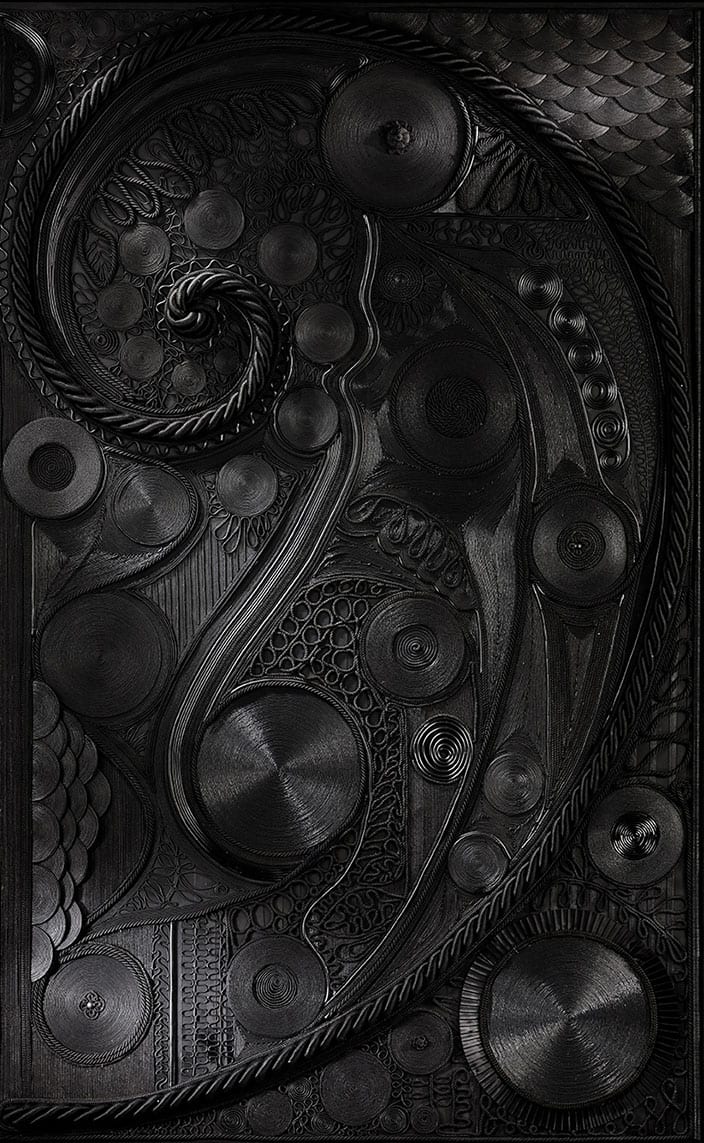
The art of taming the material
As a very meticulous craftsman, Véronique de Soultrait takes care of every detail, from the design to the choice of materials. The range of worked ropes is very wide, from the most untreated to the most precious like gold threads. For each realization, the most appropriate ropes are selected. As for the patterns, they are designed with more or less dense braids and can integrate fabrics for backgrounds. Each realization is made by instinct.
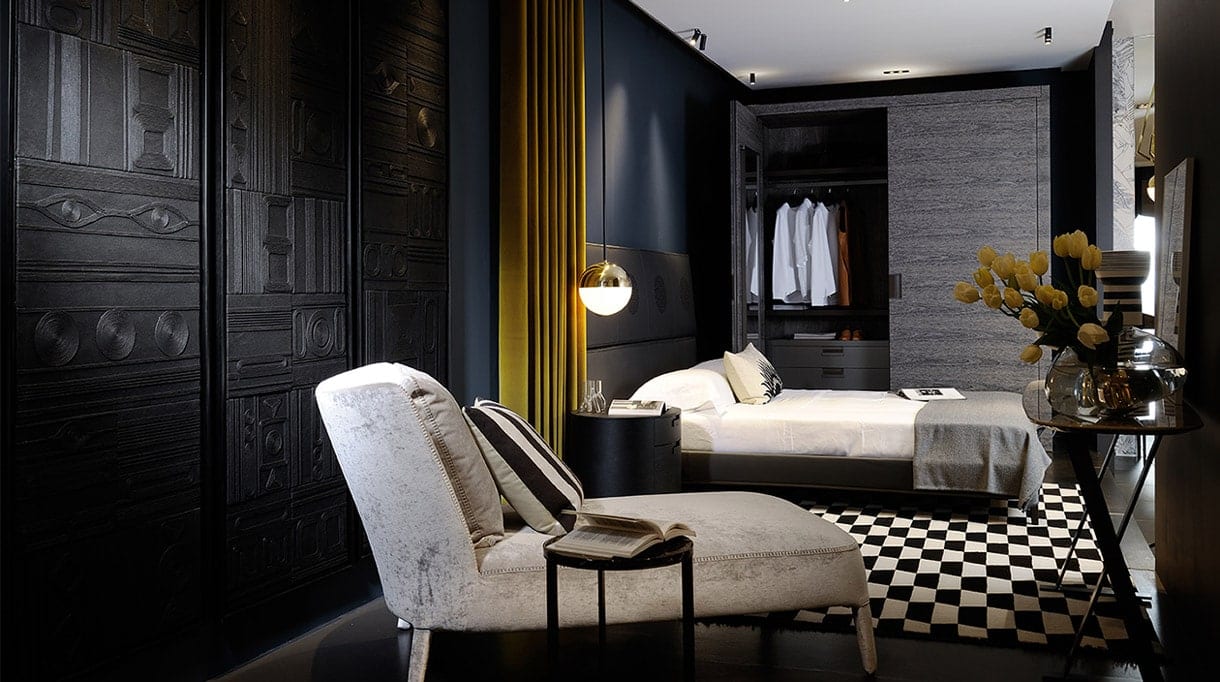
The dialogue with material
Véronique maintains a deep connection with the rope, a material that she considers both “sensual, soft, spiky, mat and shiny” and “that bends to your desires”. Within the limit of the material, she creates raw, natural and sophisticated decorations. More than a paradox, it is a richness, that also characterizes her personality, a creative instinctive who shapes for hours barefoot in her workshop. Solitary and yet so spontaneous, so radiant. Natural and simple, yet creating works for such a luxurious clientele. A truth, a know-how that goes beyond appearances. And this is surely what makes the beauty of these works.
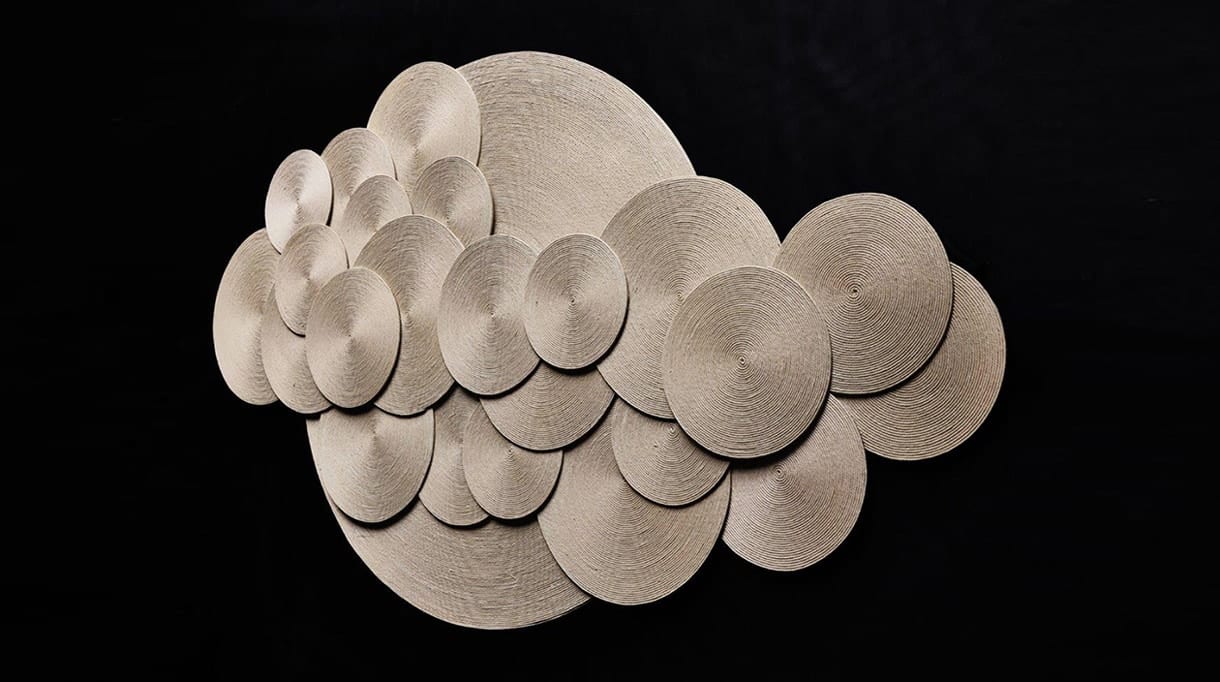
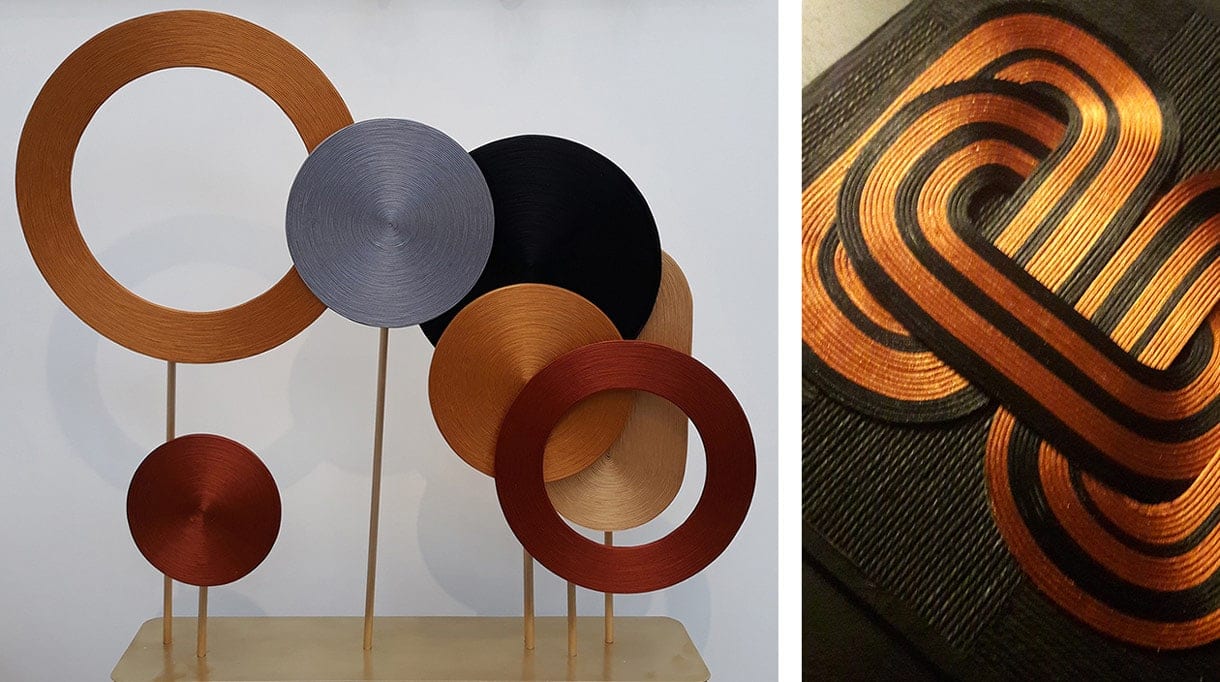
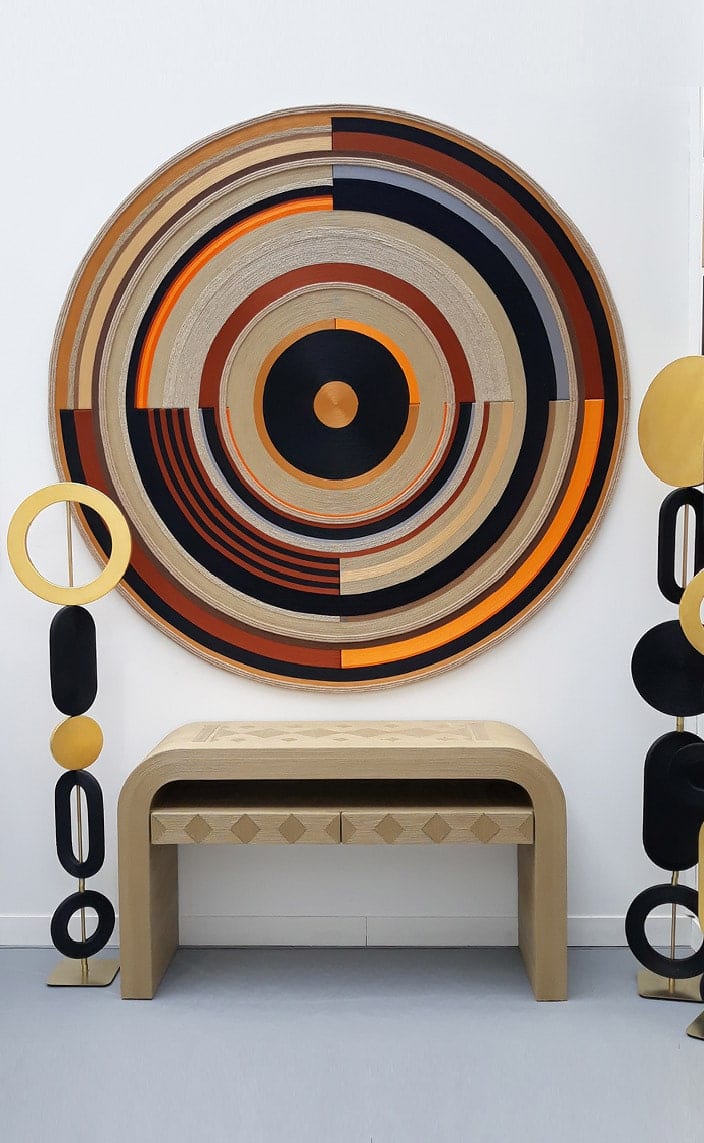
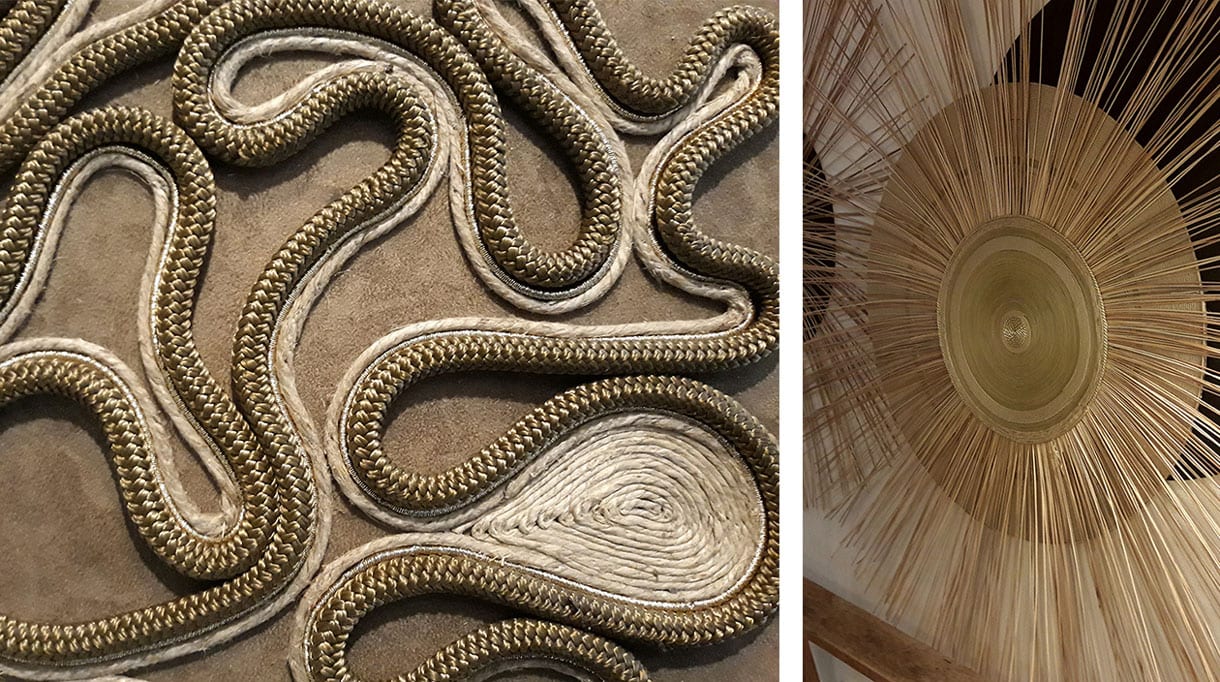
Véronique de Soultrait
162, rue Vendôme
69003 Lyon
Tél. : +33 (0)6 75 70 18 35
www.veronique-de-soultrait.com
Share
"What Inspires Me" with William McIntosh
Featured image: 432 Park Avenue, NYC. Design by William McIntosh Design.
William McIntosh established his namesake firm in 1990. With a team of dedicated professionals including Architects, Designers, Artists, and Craftsmen, McIntosh and Raffone have completed elegant and luxurious interiors all over the world.
Individually and as a team, McIntosh and Raffone have been featured in many world-renowned publications including Architectural Digest, Departures Magazine, Elle Décor, Palm Beach Cottages and Gardens, Traditional Home and numerous others.
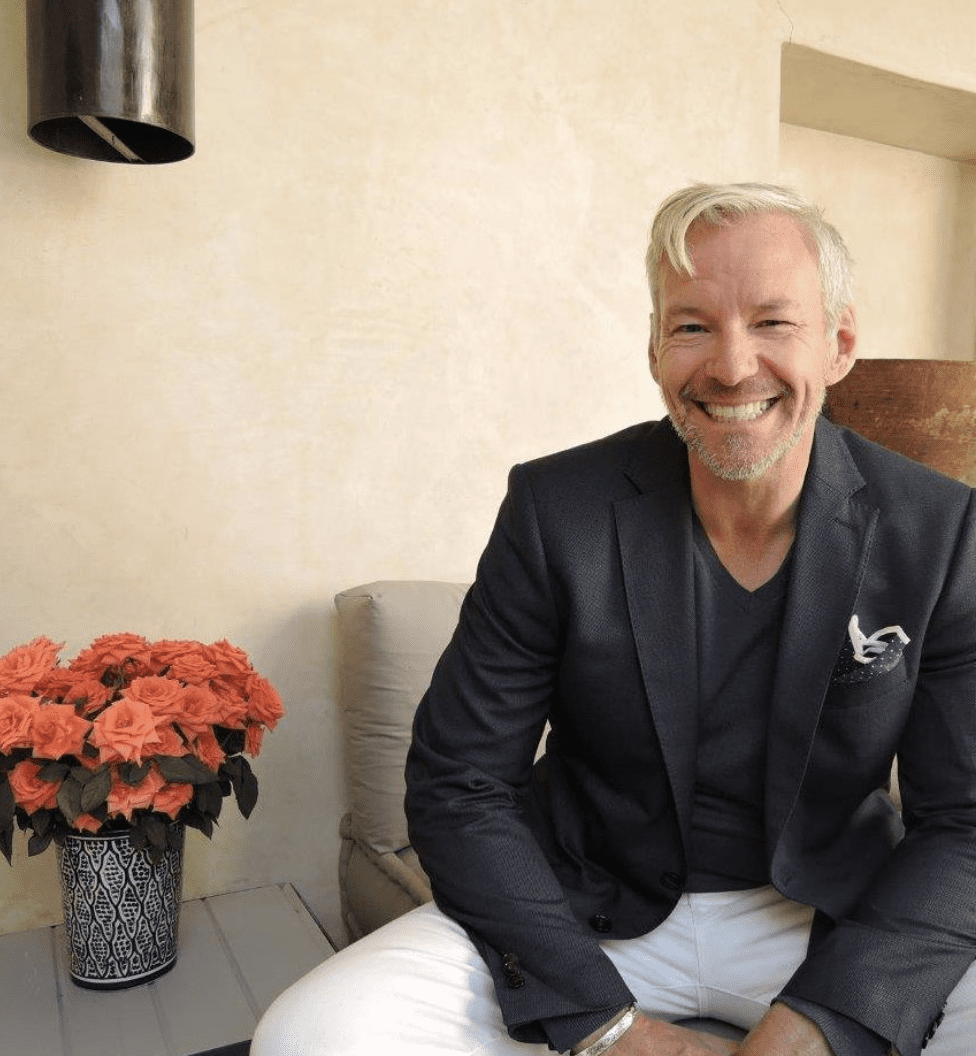
Born upstate New York, William McIntosh was quickly spotted by his High School Art teacher, who saw great potential in him. “I was always an aspirational kid. I loved going to the “fancy “neighborhoods and looking at the houses. When new houses were being constructed in our neighborhood, I would wander through the skeletal 2×4 framing and imagine what the rooms would look like when complete. I liked everything about construction and the transformation that would take place, from a hole in the ground to a finished house.”
William graduated from Pratt Institute in New York where he got an excellent design education. “It was a very intellectual approach to design and the interiors program was based in architectural theory. While there I became exposed to the work of the brilliant New York designers of the day, Ward Bennett, Joe D’Urso, Bray Schaible, Mel Dwork among others, who were on the cutting edge of what was becoming the new minimalism and the High-Tech movement.”
After his graduation, William worked for the noted Interior Design firms of Timothy MacDonald Incorporated and Bray-Schaible Design. He spent two years in the office of Bob Bray and Michael Schaible and was able to observe close up their design thought process – which seemed so effortless. However, at that time, he was itching to open his own office. The opportunity then presented itself in 1990 when he got a commission for a beach house in the Hamptons. “A neighbor of my clients saw the house and that led to a city apartment. After that the ball just started rolling and, knock wood, has been rolling for thirty years now.”
Stylistically, his years with Tim MacDonald and Bray – Schaible were foundation building years. “Both offices work, although stylistically different, was based on integrity and intelligence. I have always worked to maintain those goals in our work. Stylistically, since then I have developed my own voice and have followed my interests in interpreting a broad range of styles.”
“It has often been said that you need to first know the rules before you can break them. My time with these firms taught me the rules.” – William McIntosh
2020 marks the 30th anniversary of William McIntosh Design. Looking back, William’s greatest accomplishment is his team. He has indeed consistently had decent, talented and committed individuals work for him. This includes his collaboration with Martin Raffone, William McIntosh Design’s Creative Director and William’s husband. They recently decided to make their collaboration official after they realized that collaborating together was surprisingly easy and the resulting designs were beyond what either of them had ever created individually. “We realized that creatively we were taking the work to a higher level, and that’s what it’s all about.”
“People who have given their time and talents to produce the projects that you see. I sincerely believe this. It has made all the difference. Over the years I have regularly gotten comments about how professional, responsible and nice my staff is and that could not make me prouder.” – William McIntosh
30 years later, William is still passionate, inspired and his talent transcends his projects. His favorite part of the job is the first time sitting with the floor plan of a new project, where it all begins and you get a grasp of all the possibilities.
Par Excellence is a collective of renowned craftsmen and we always ask designers how they feel about craftsmanship as they rely a lot on them for their projects. For William, being meticulous is key. “Our work is known to be largely bespoke. We are creating one-of-a-kind pieces of furniture for every project as well as one of a kind architectural detail. The execution of these elements has to be meticulous. The piece is a failure if it’s not meticulous.”
“We chose Ateliers Jouffre because we seek out vendors who are the top in their field. We do this because we can confidently entrust them with our designs and guarantee the best quality for our clients.” – William McIntosh
Linked to many of Manhattan’s most amazing buildings, including 432 Park, the Plaza, the Puck Building, and Herzog & de Meuron’s 160 Leroy Street, William McIntosh is deeply connected to NYC, a city that he considers to be the center of the world. Found of travels and greatly interested in the influences coming in from around the world, William is constantly travelling (when the world is not hit hard by a pandemic!).
What is next for this amazing duo and their worldwide design company?
“More and more, we are being asked to design the total architectural scope for our clients’ projects. We are seeing that as the biggest and most exciting development coming up in the years ahead.”
Embracing classicism and minimalism, William McIntosh Design’s work is both extremely elegant and yet very familiar and livable. Praised by the press and the industry, we wish them at least 30 more exciting and prosperous years ahead!





